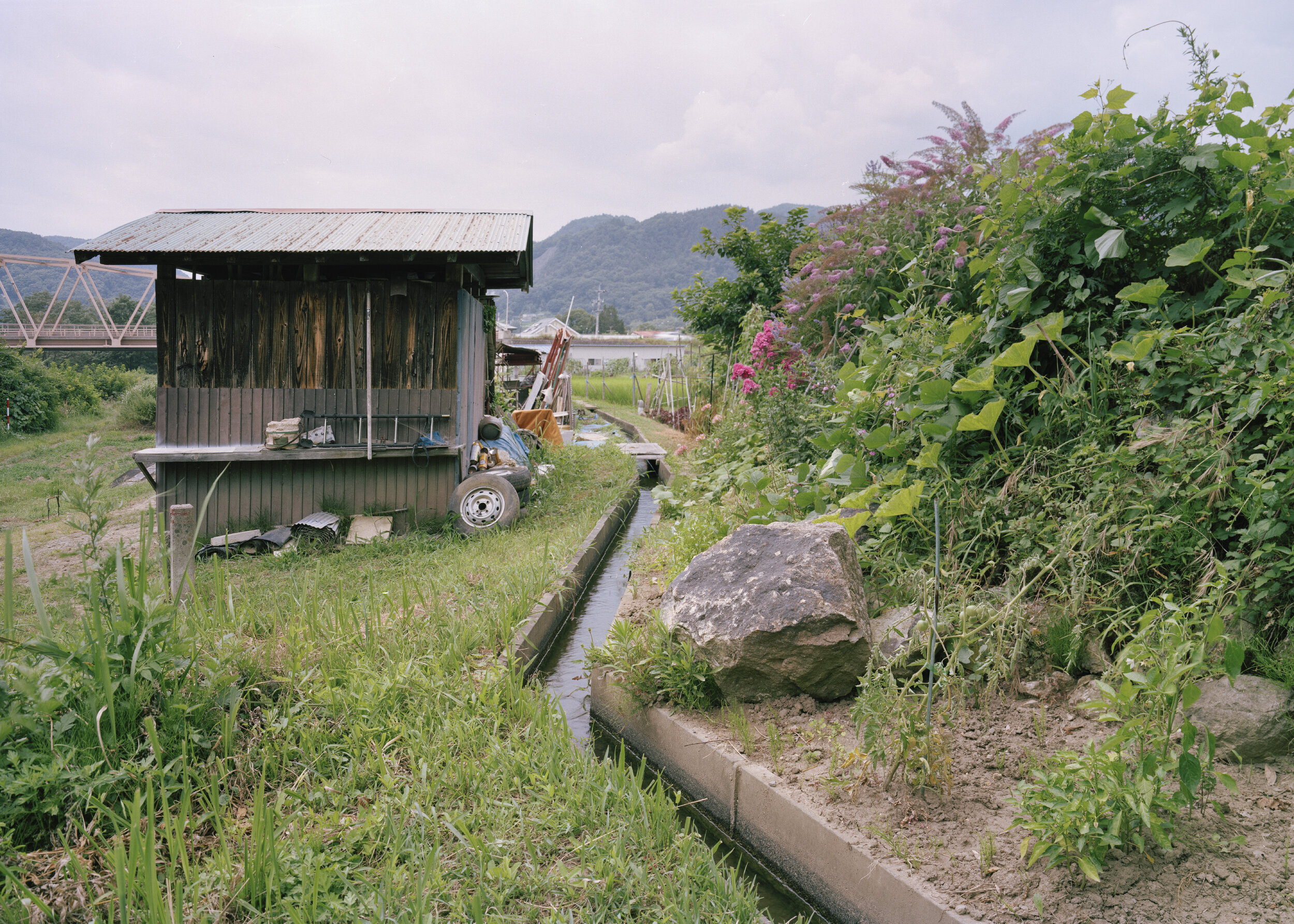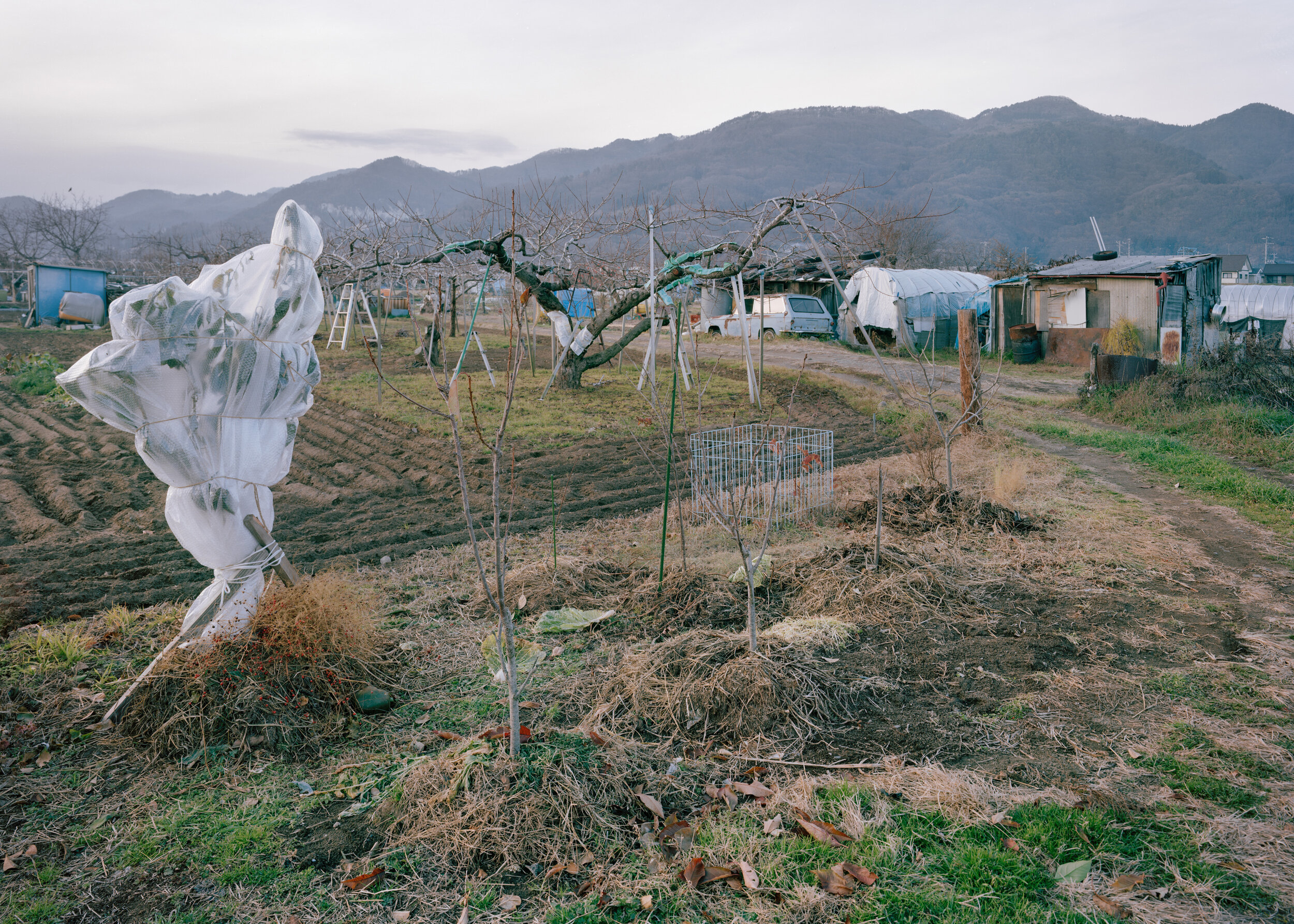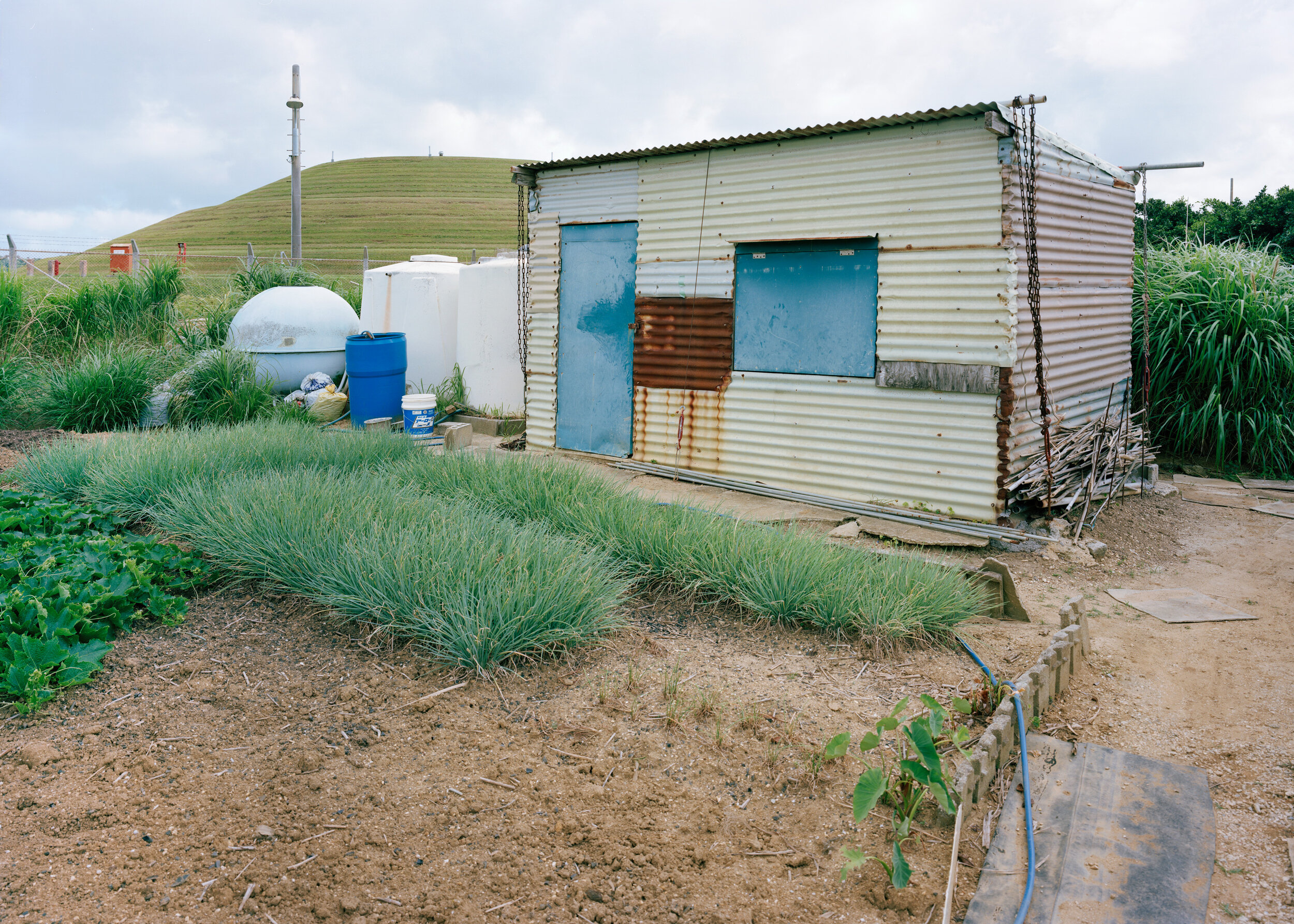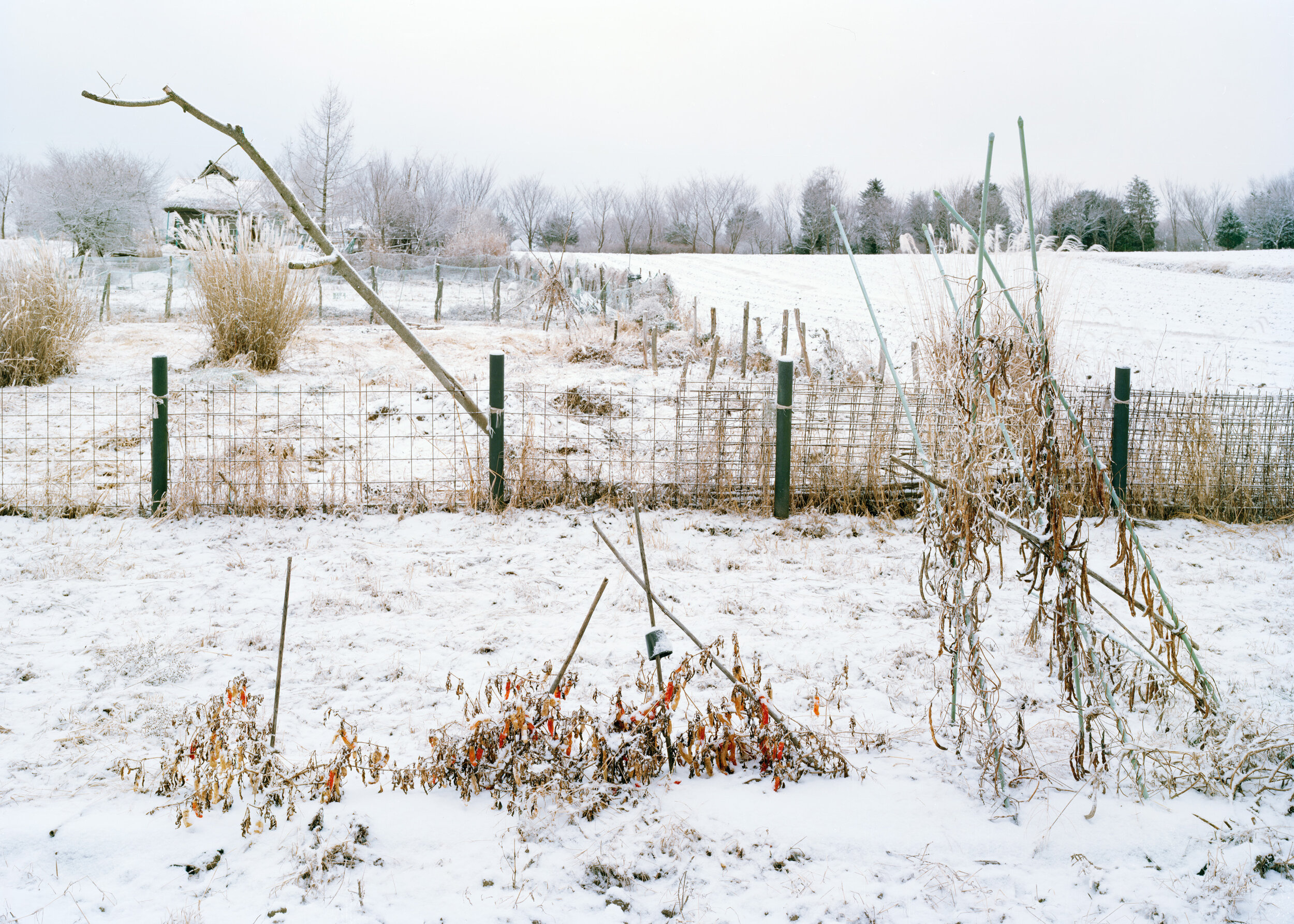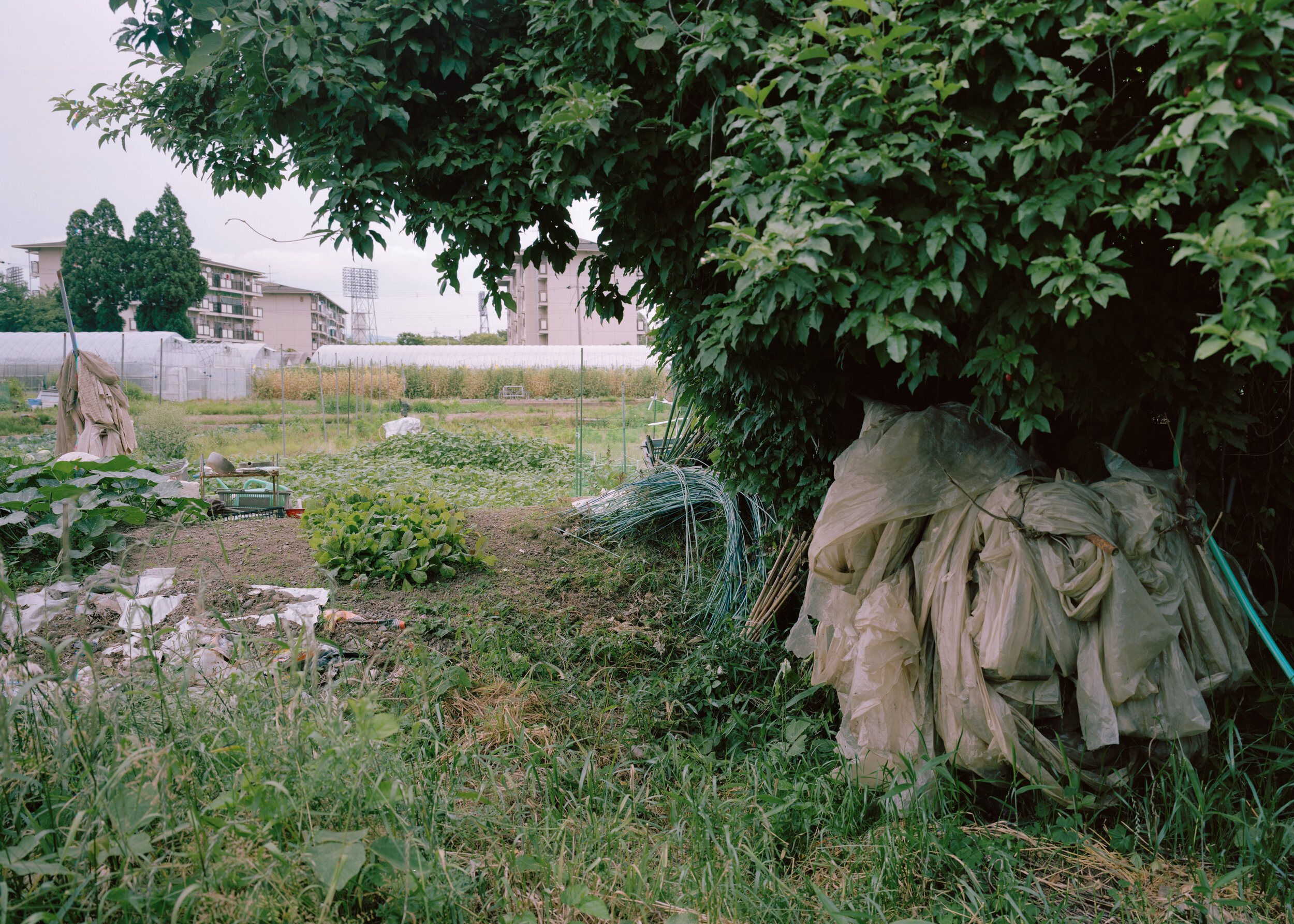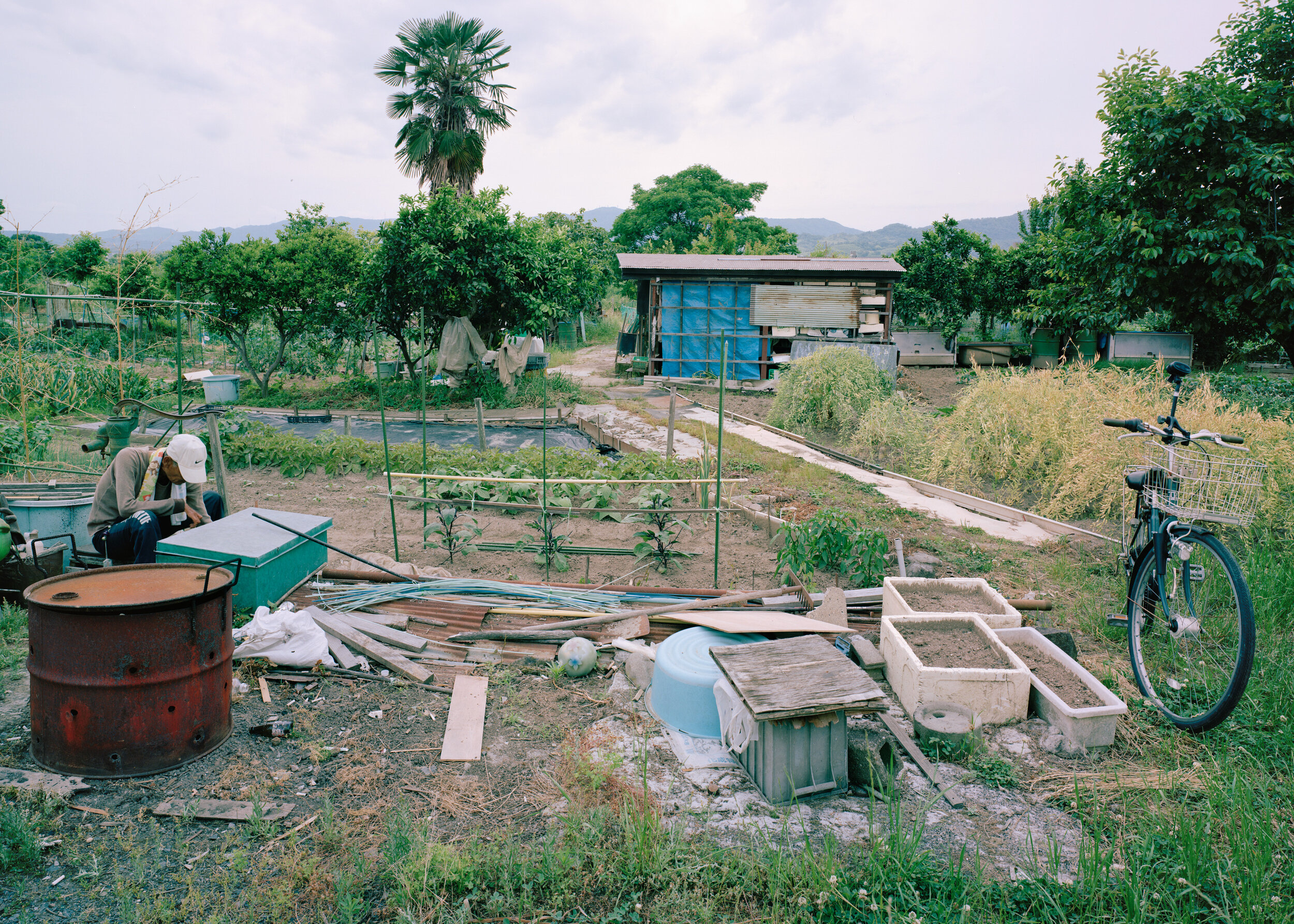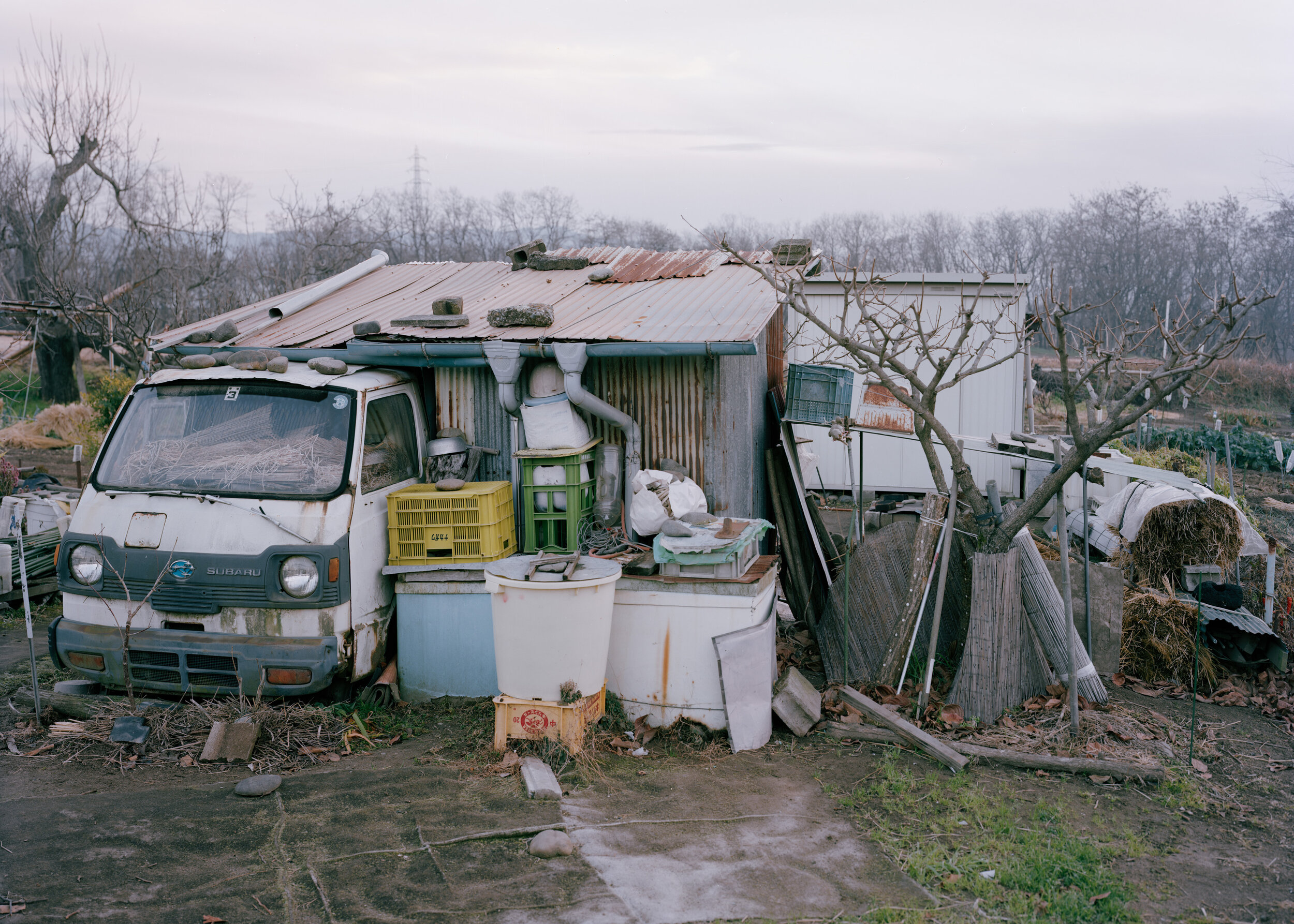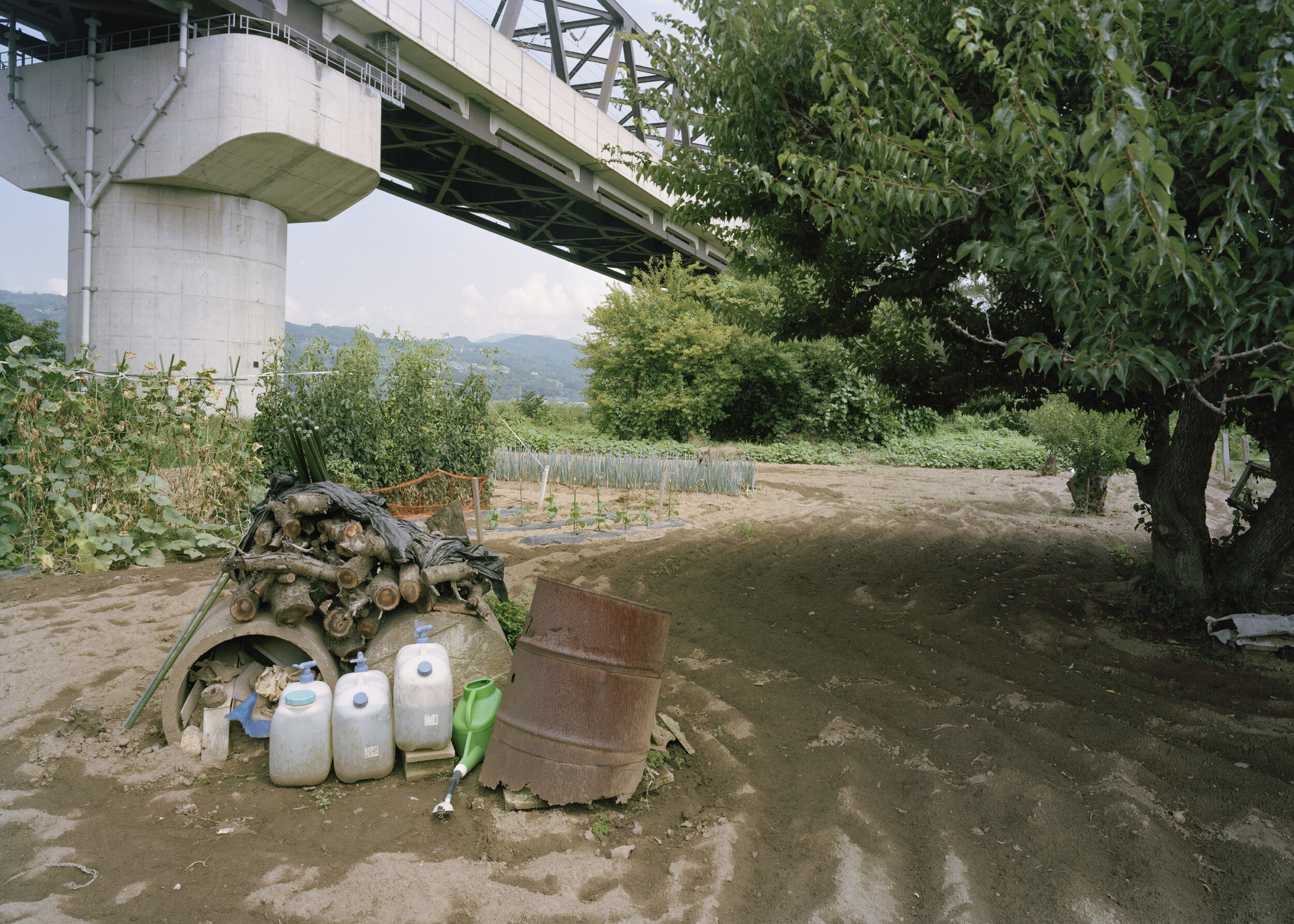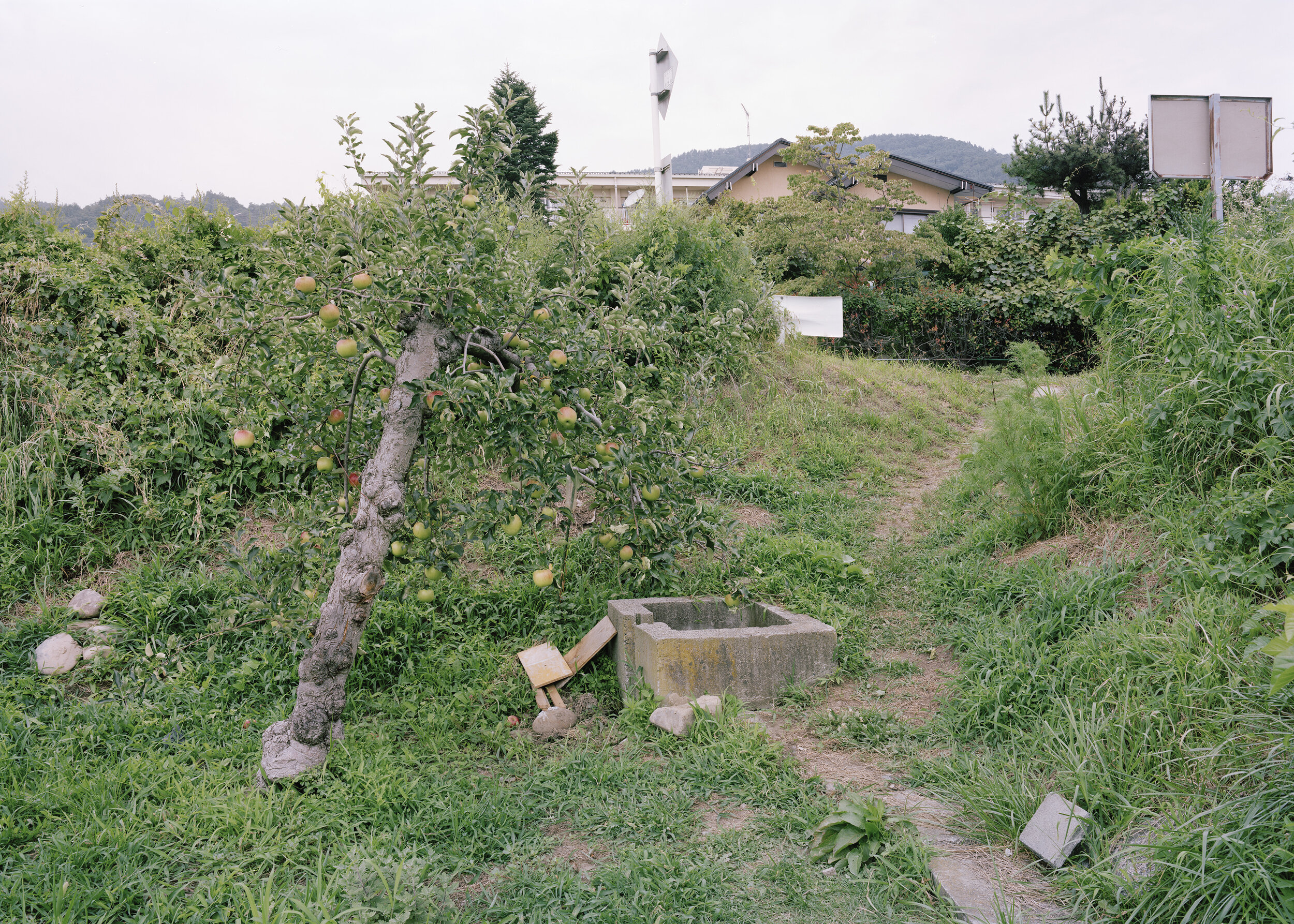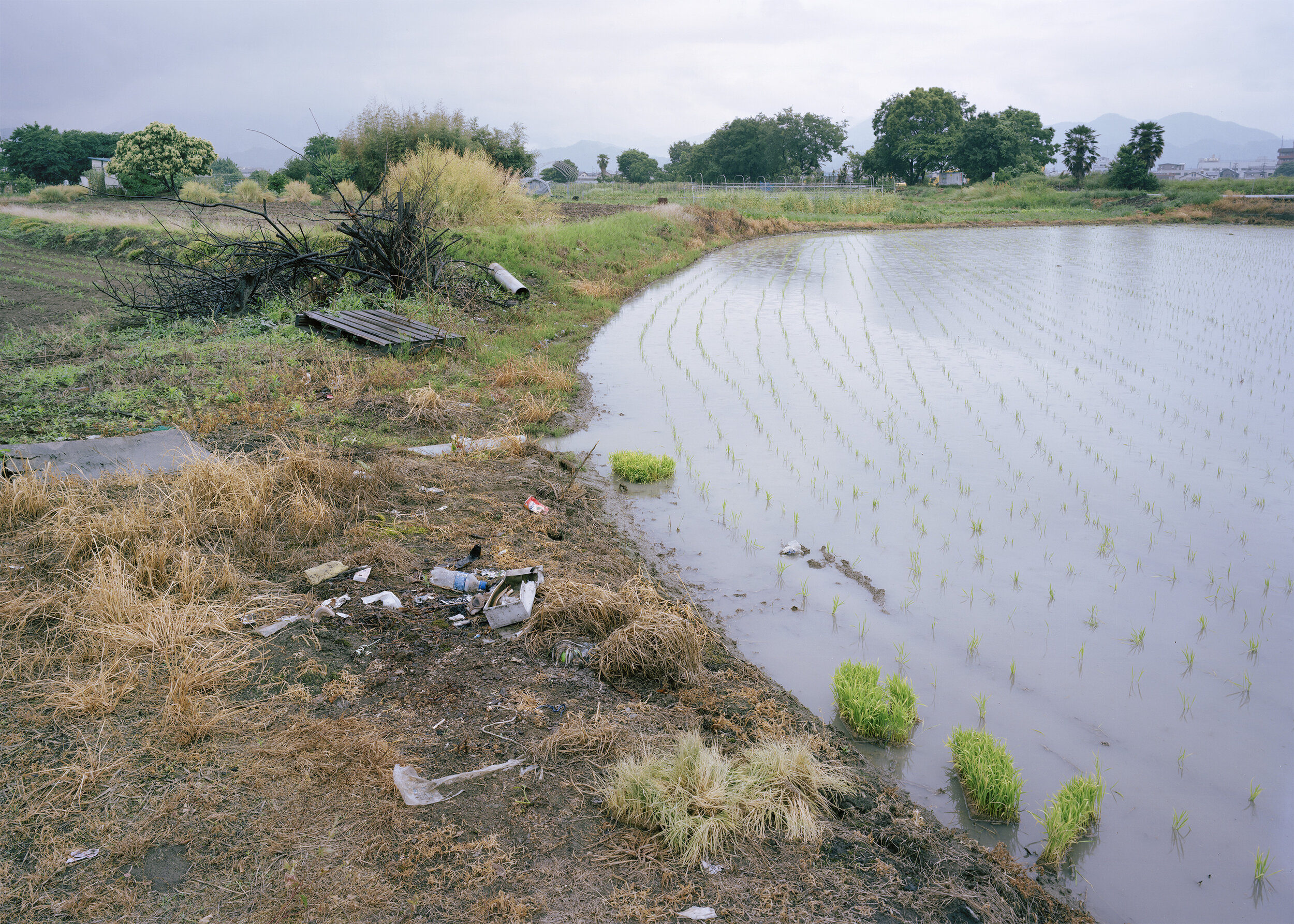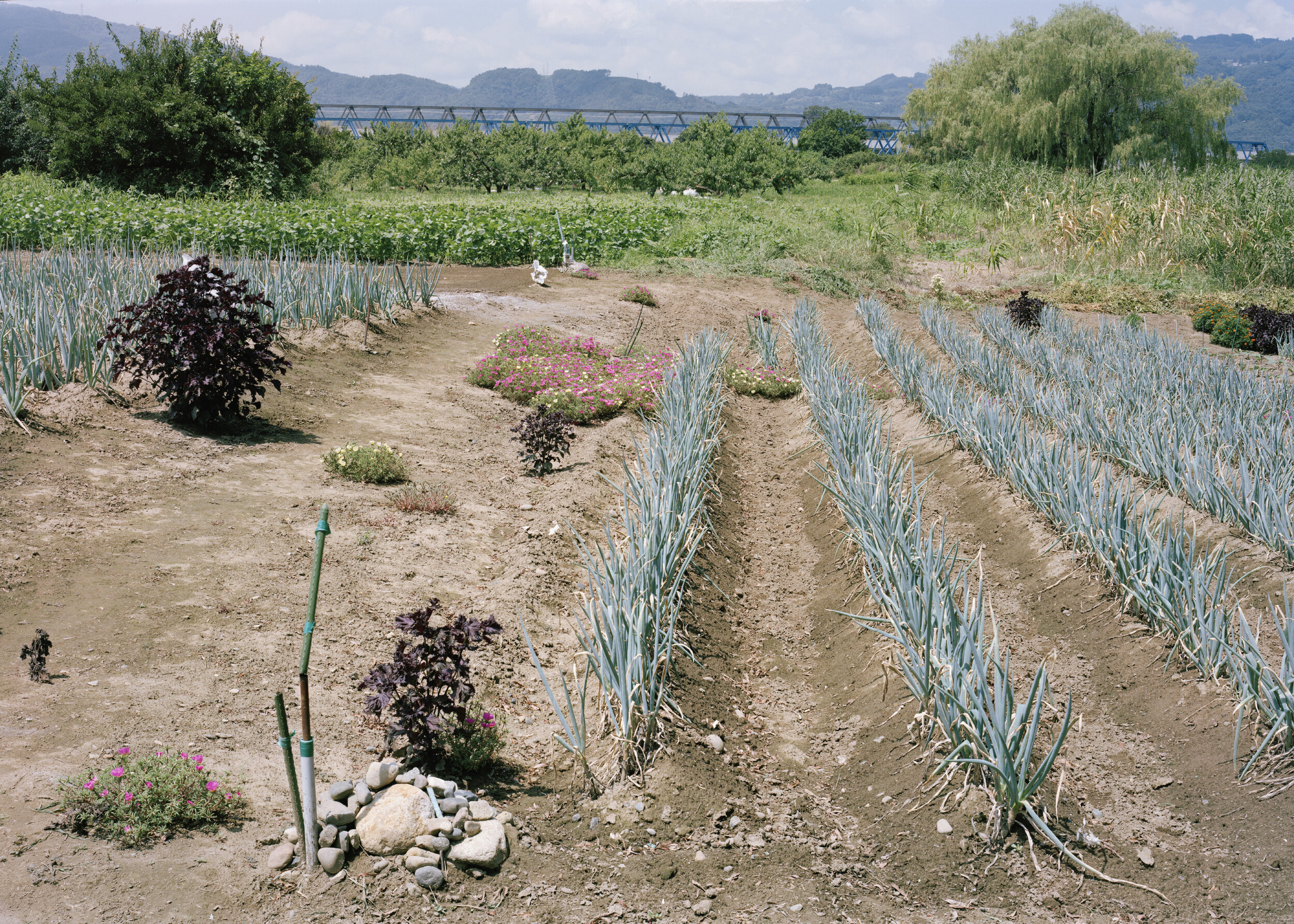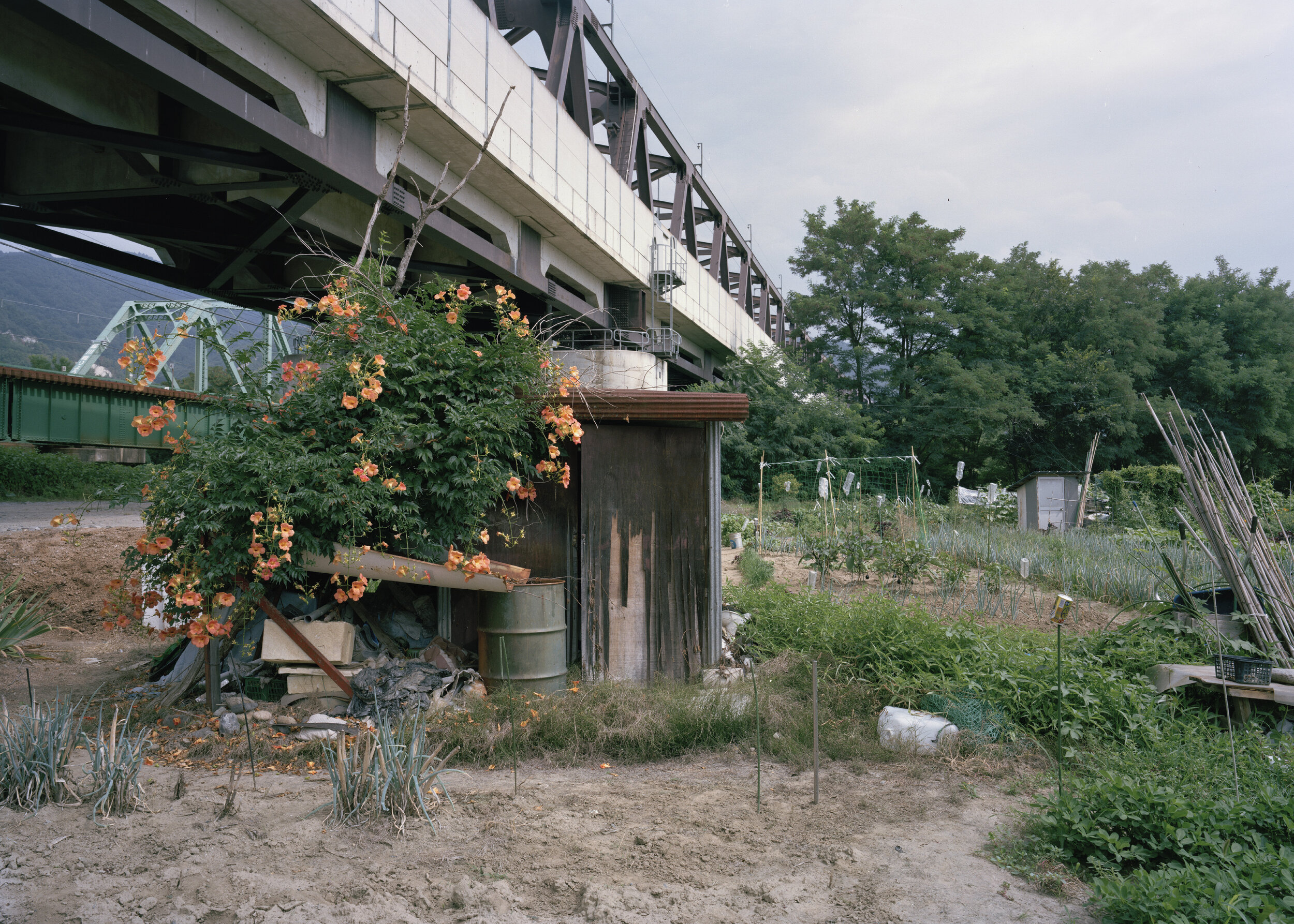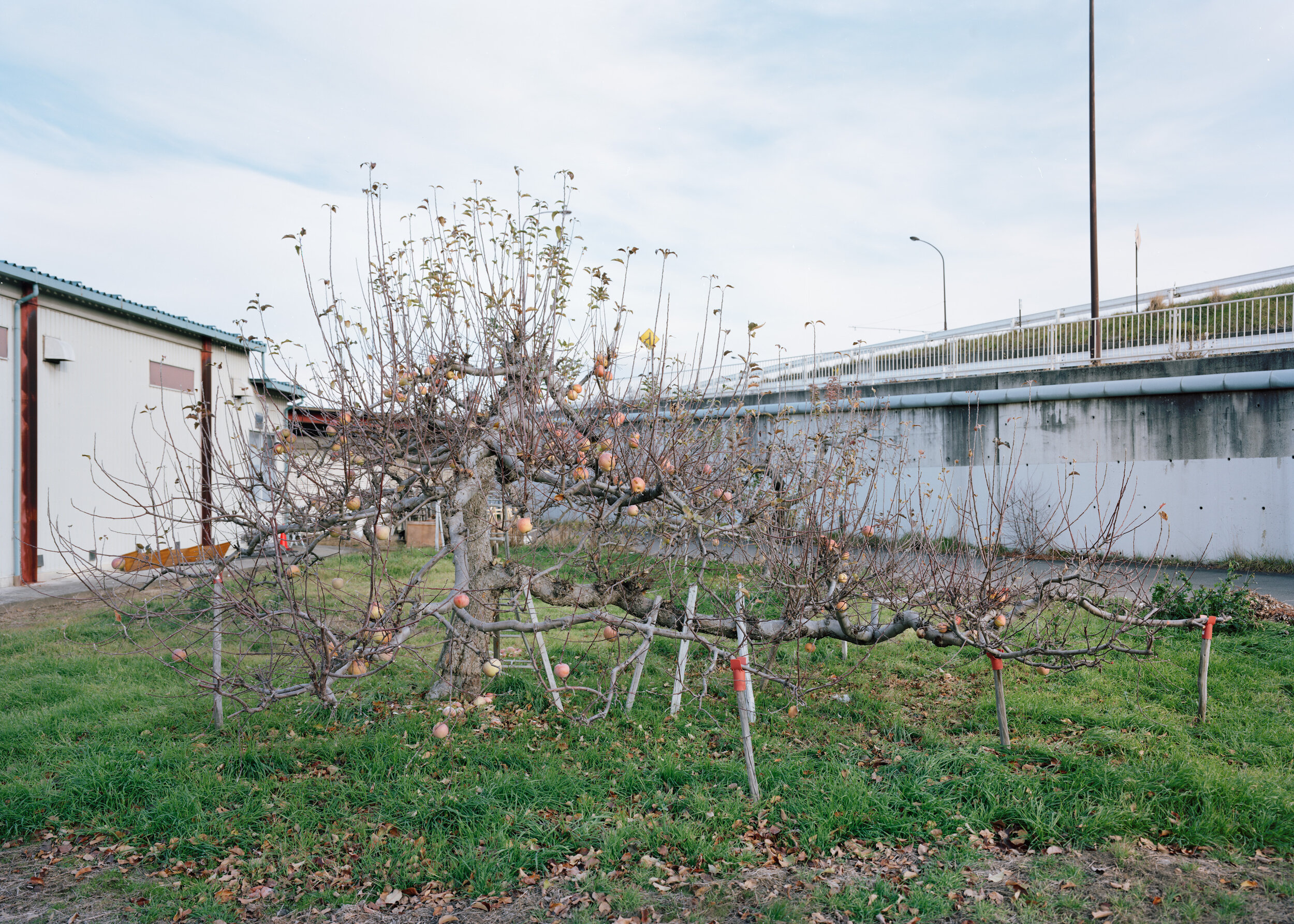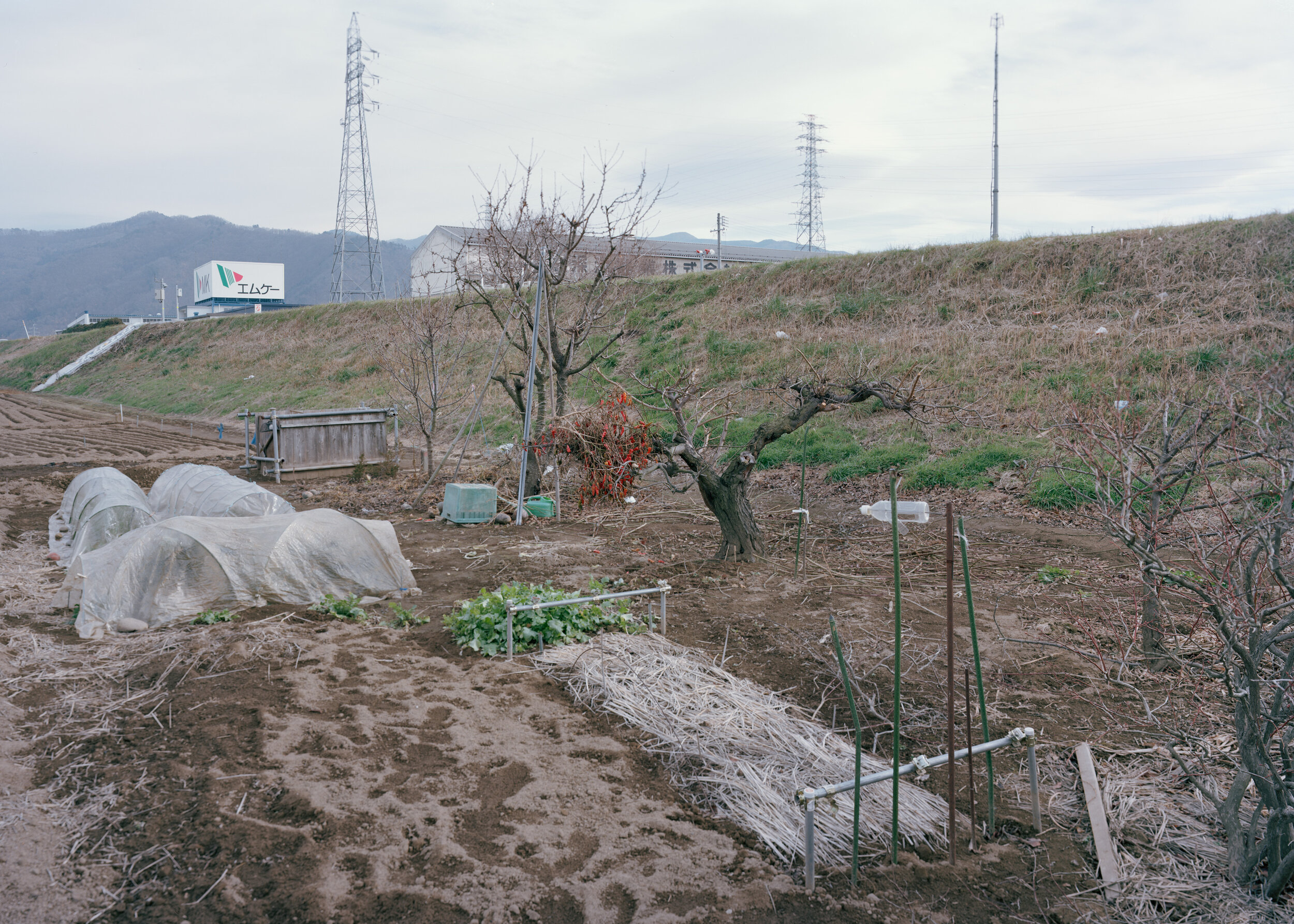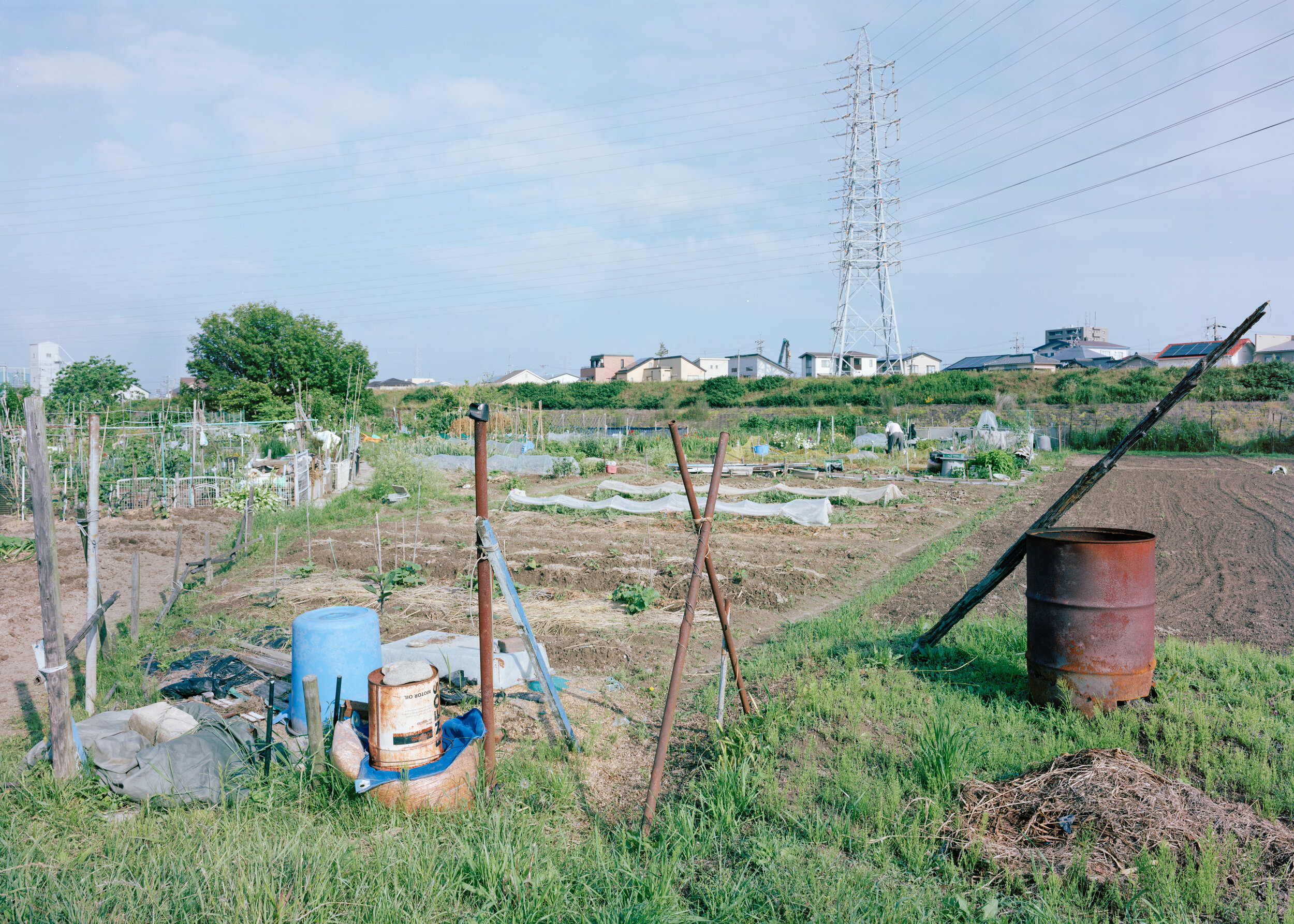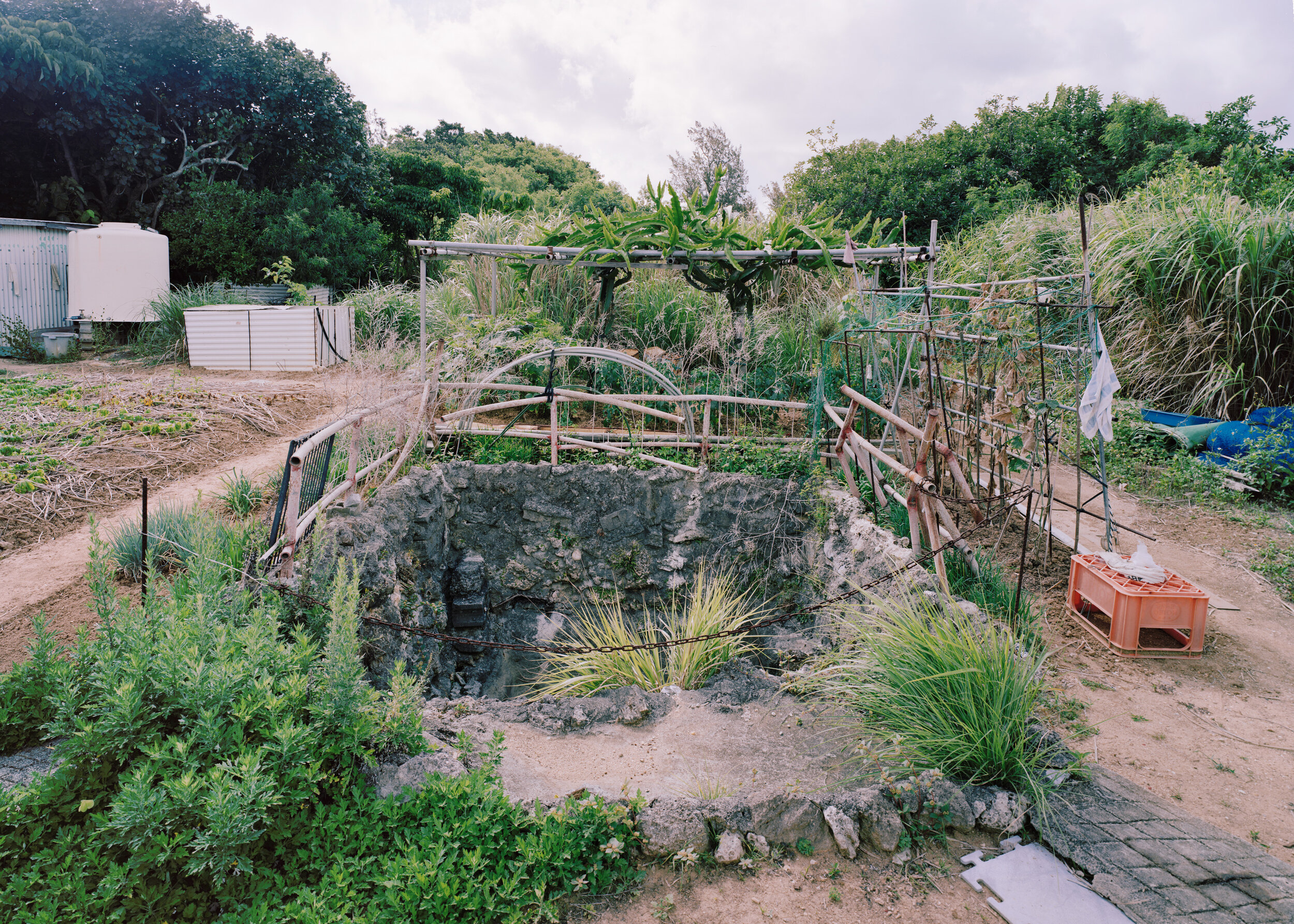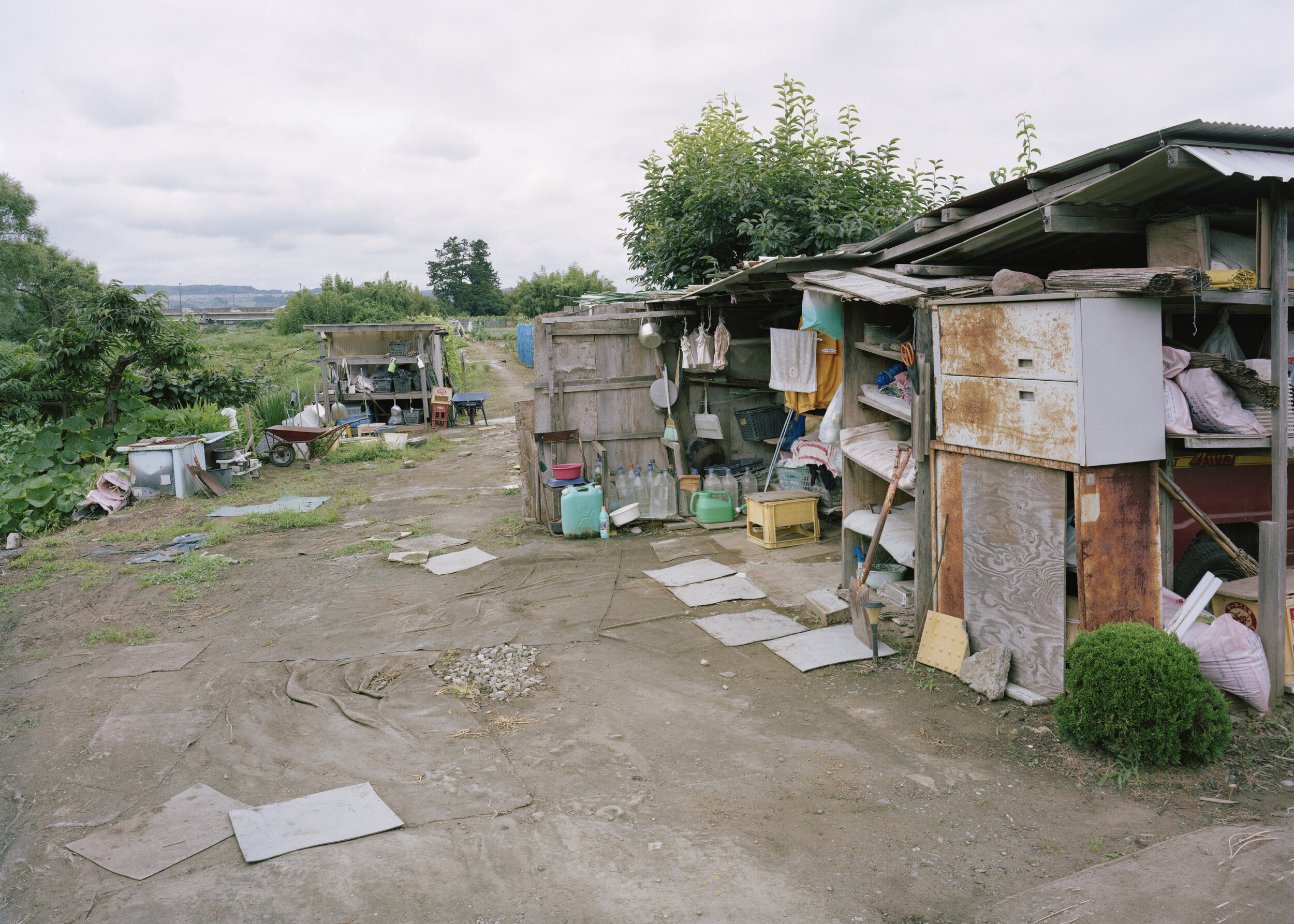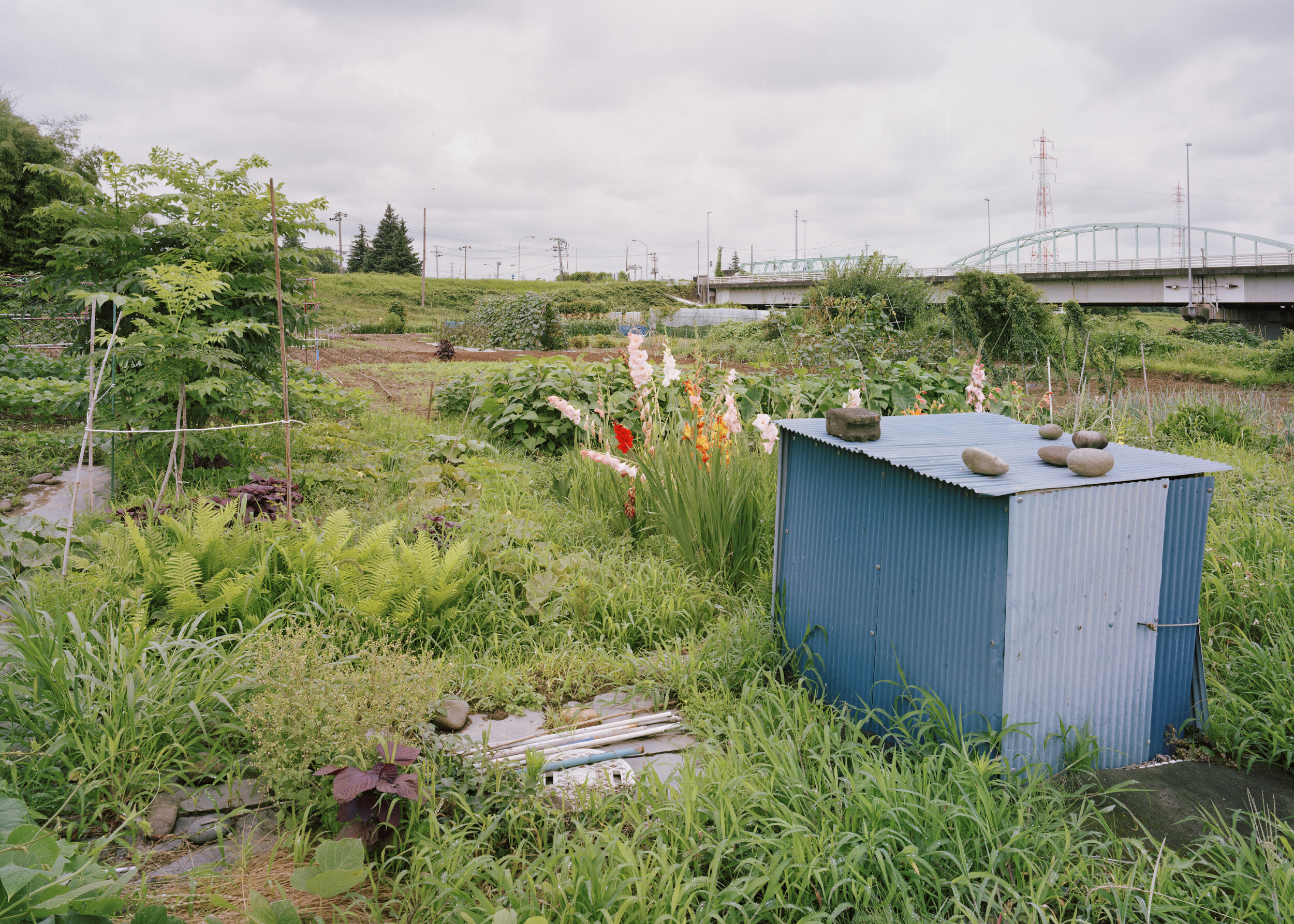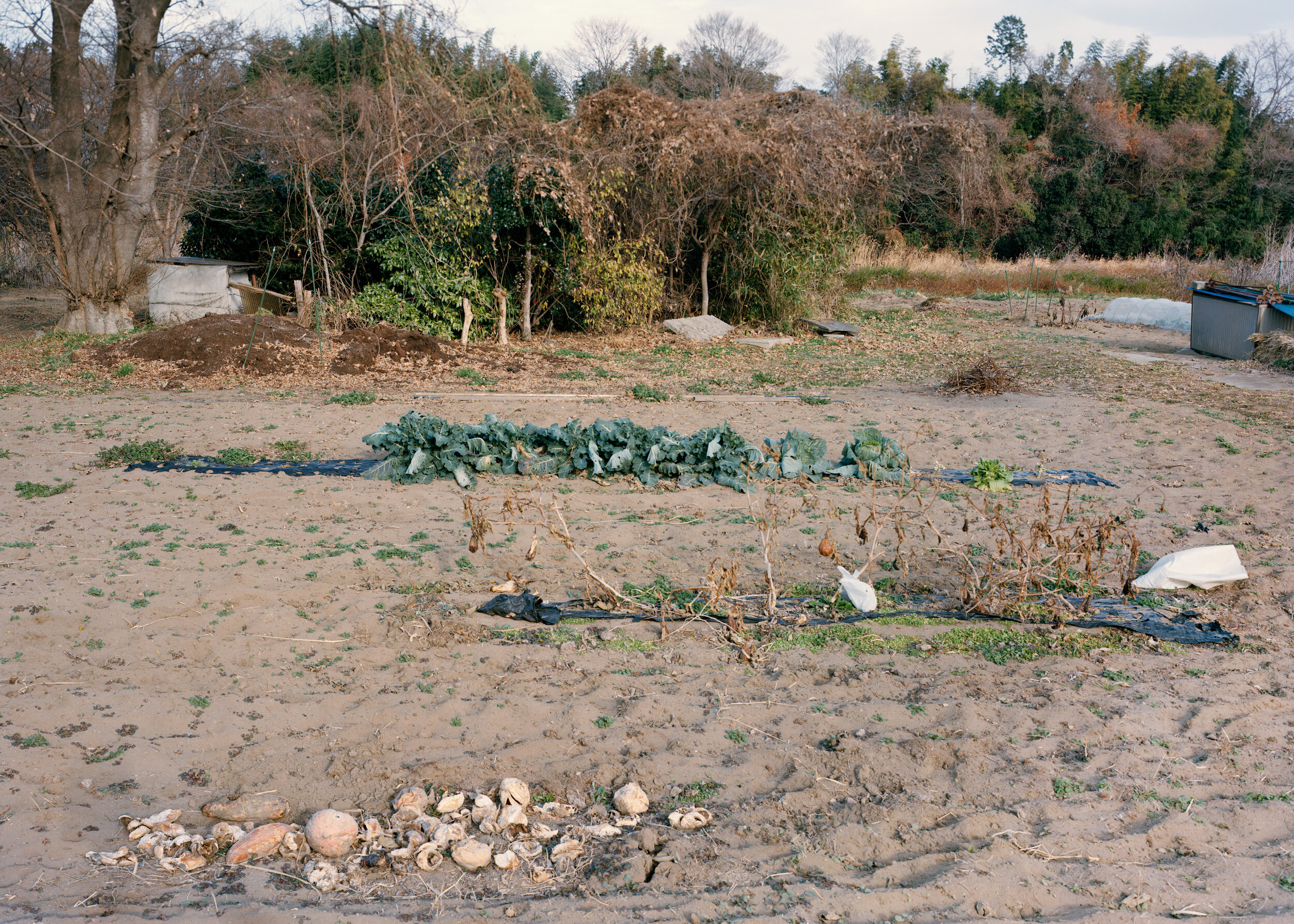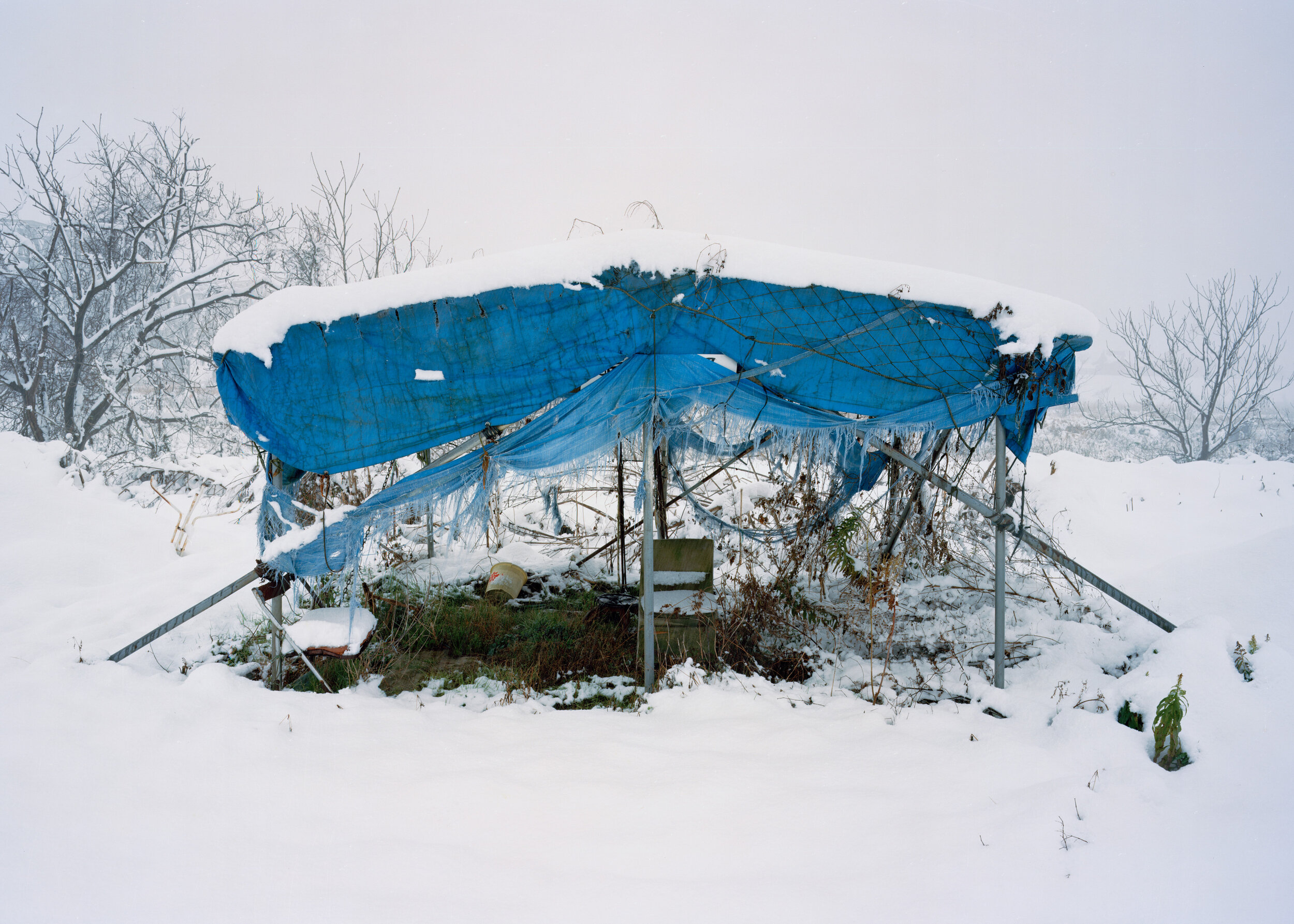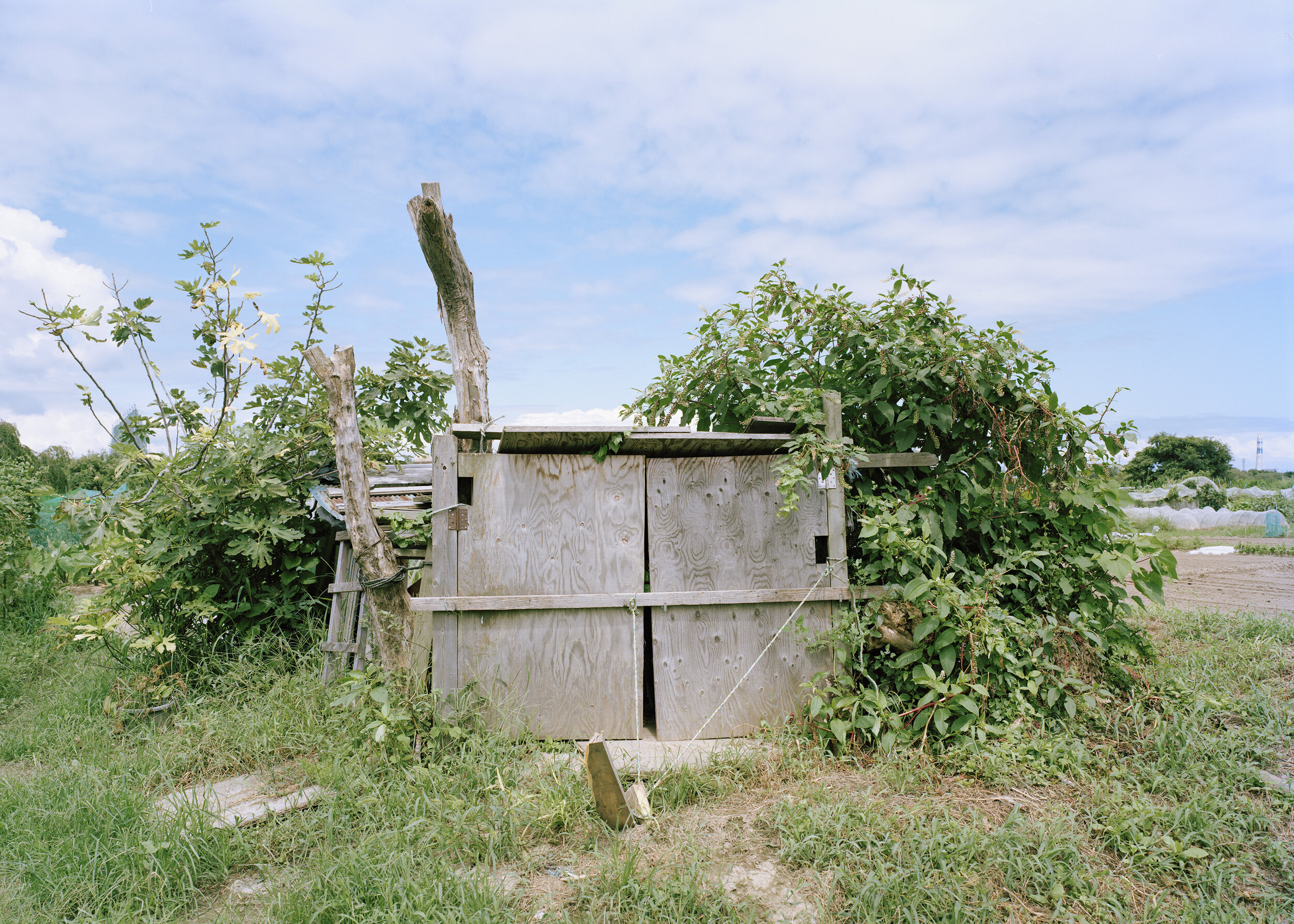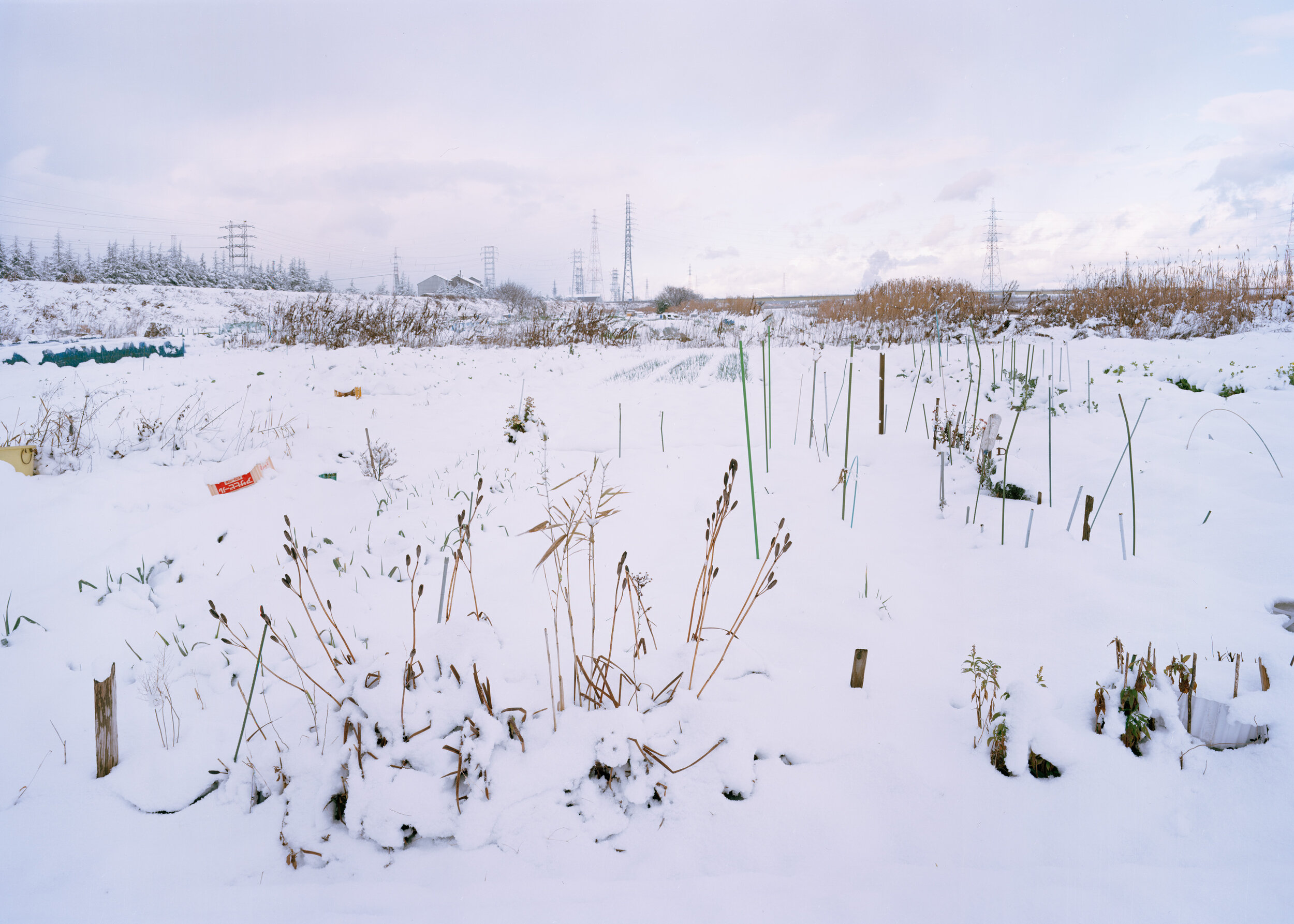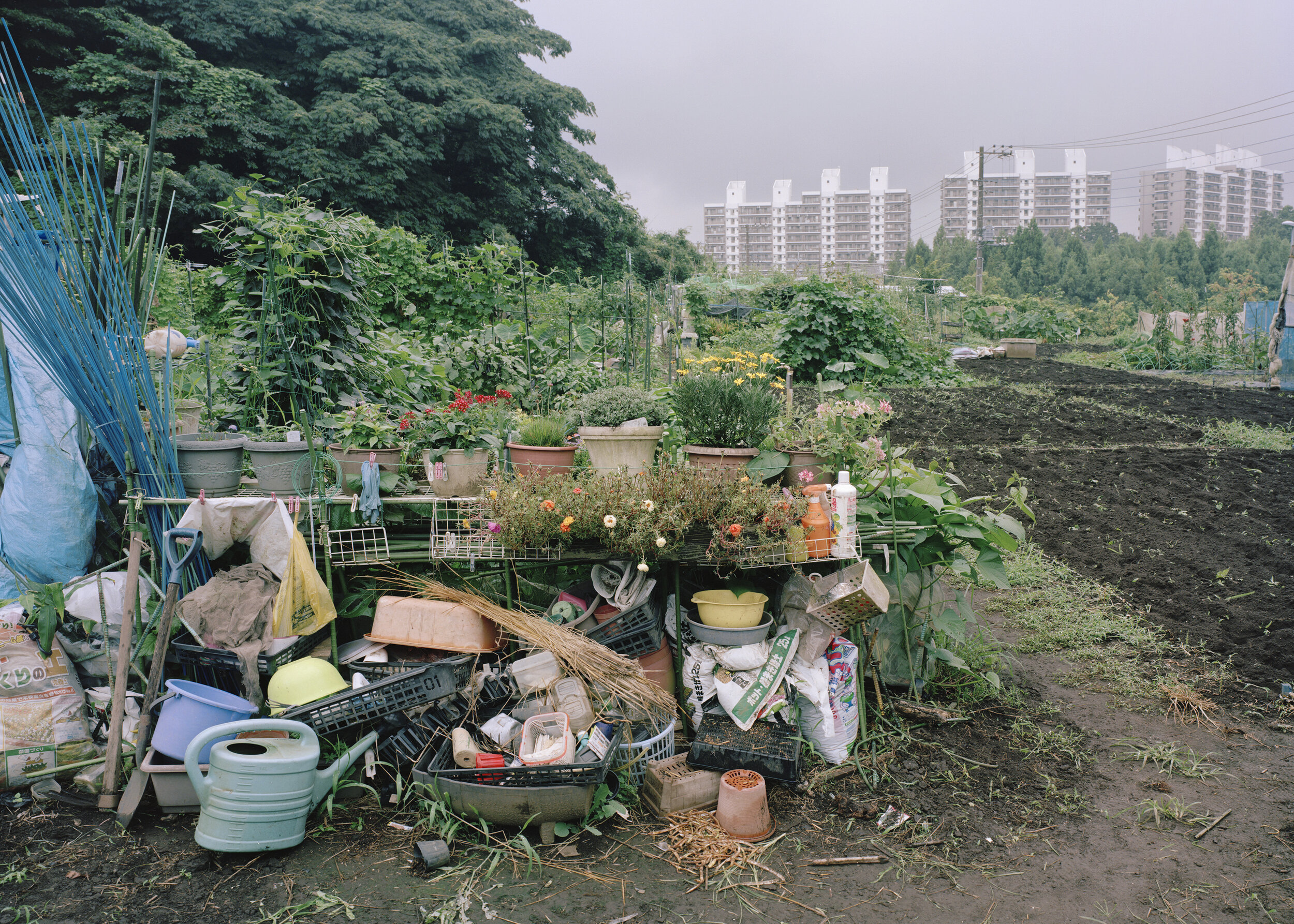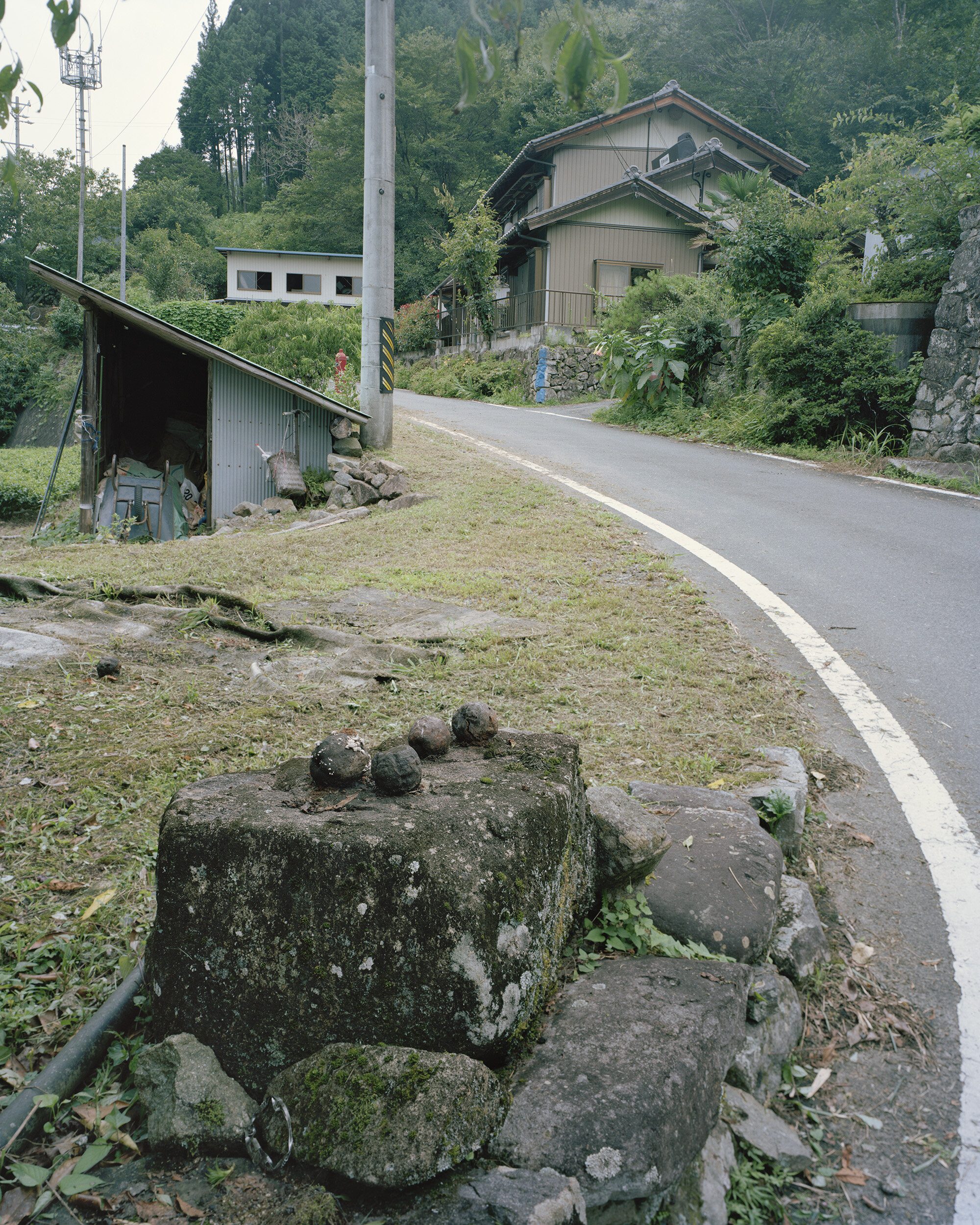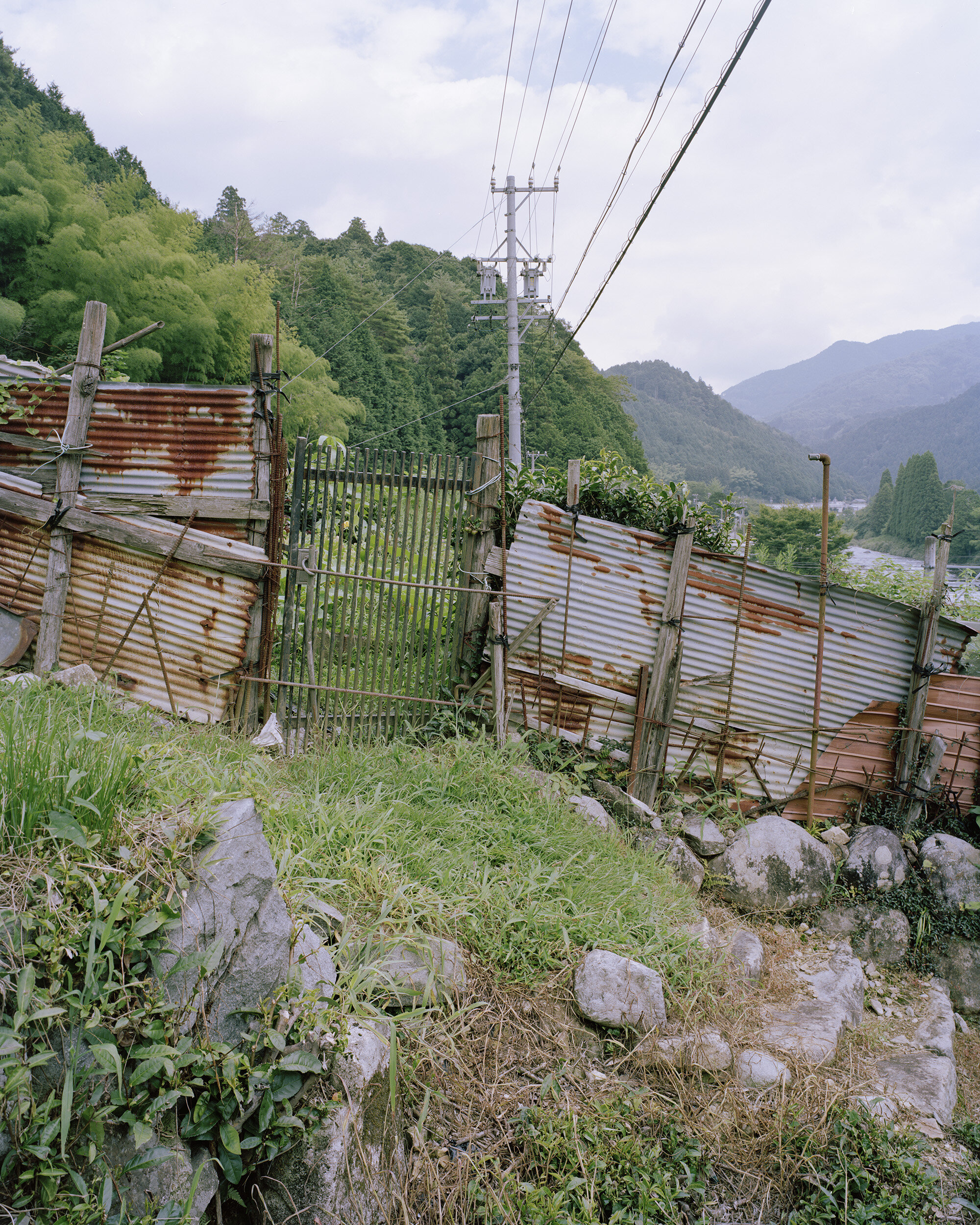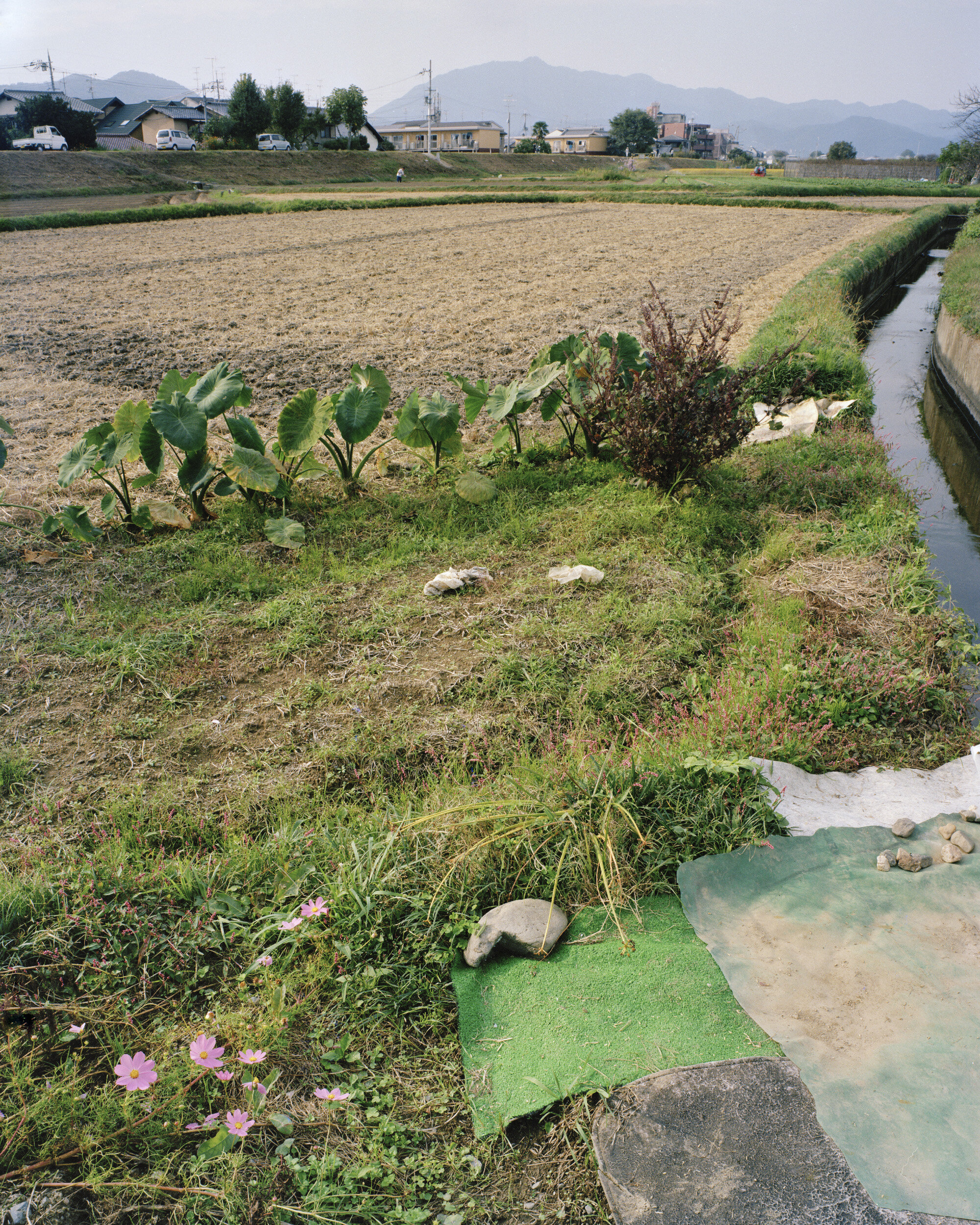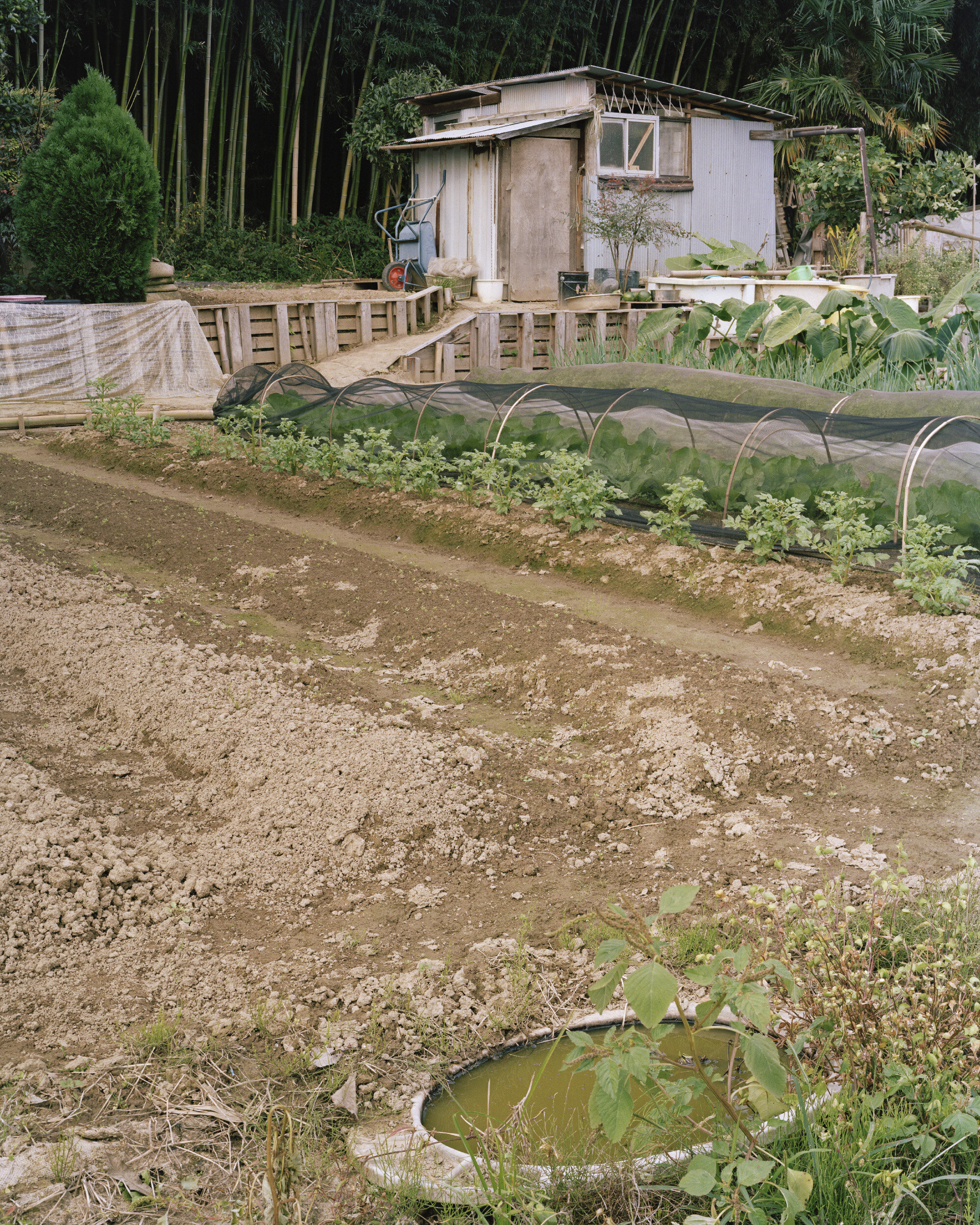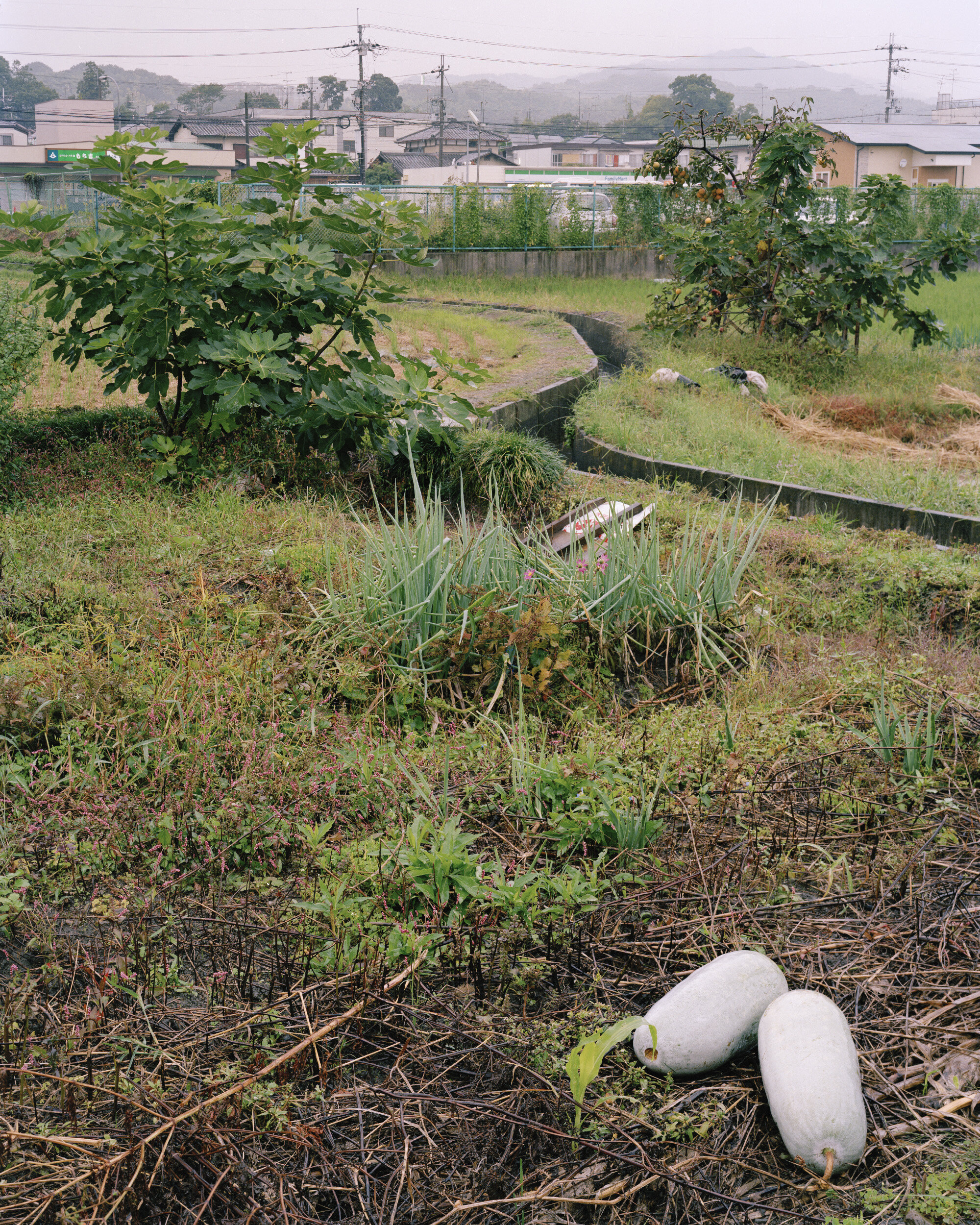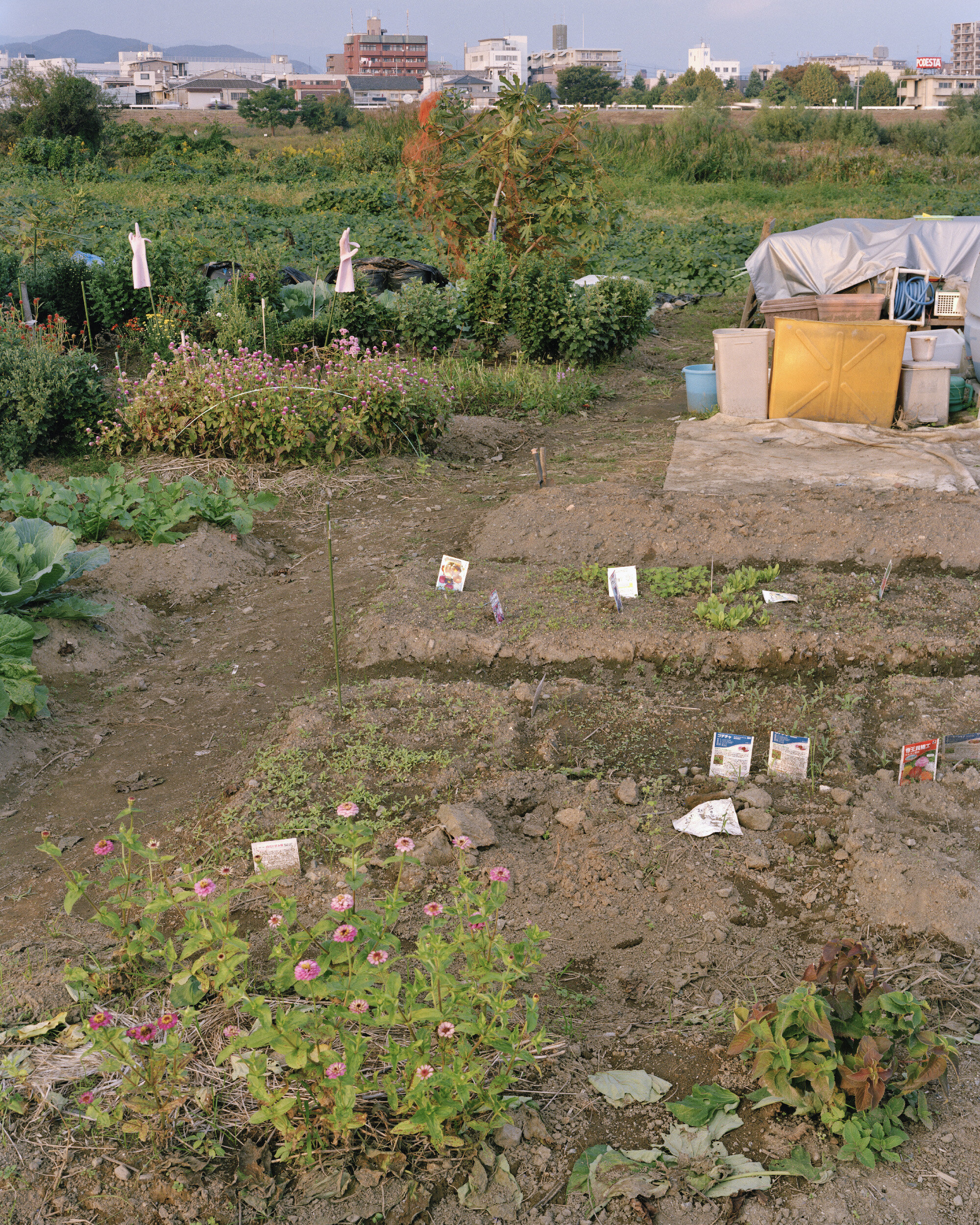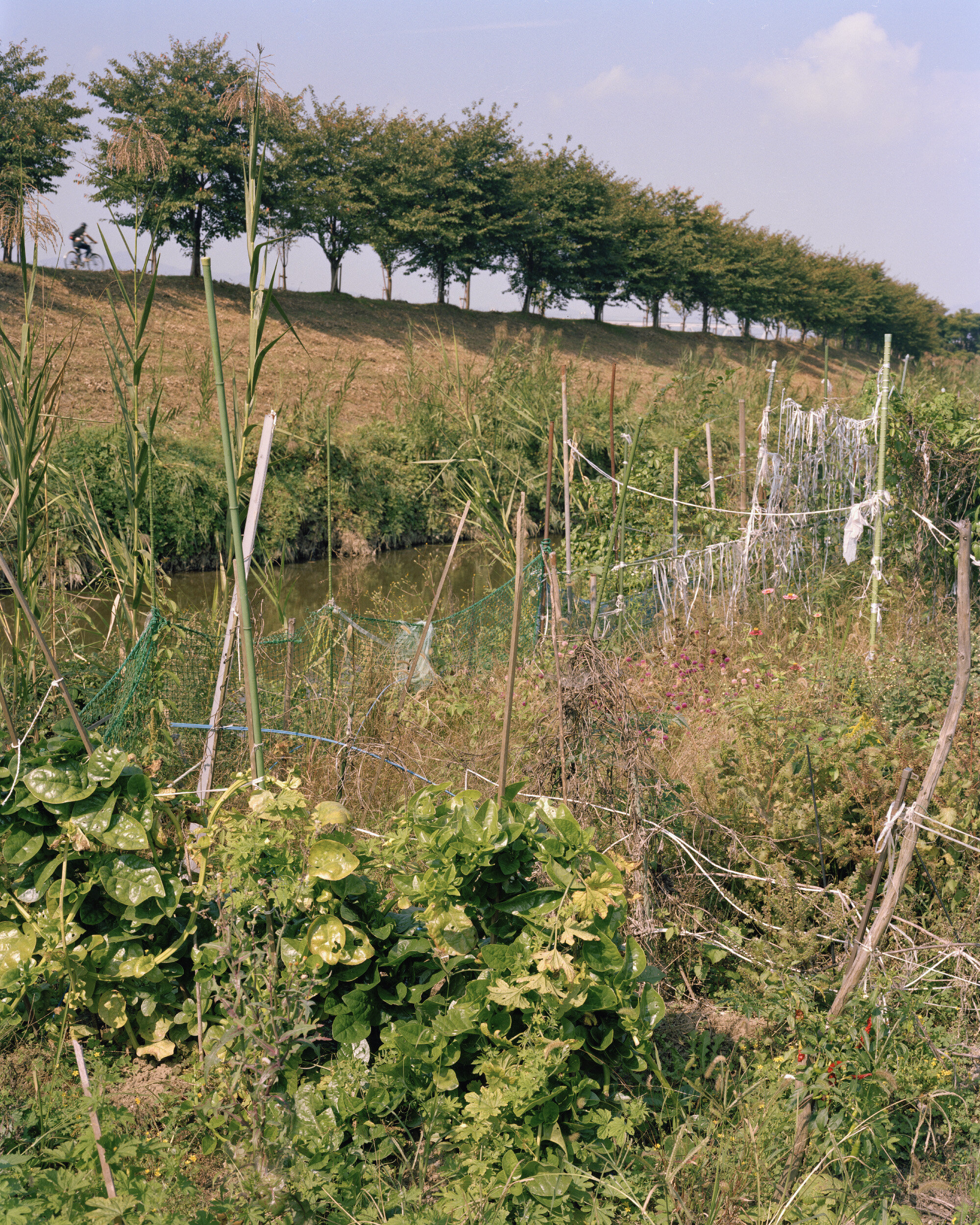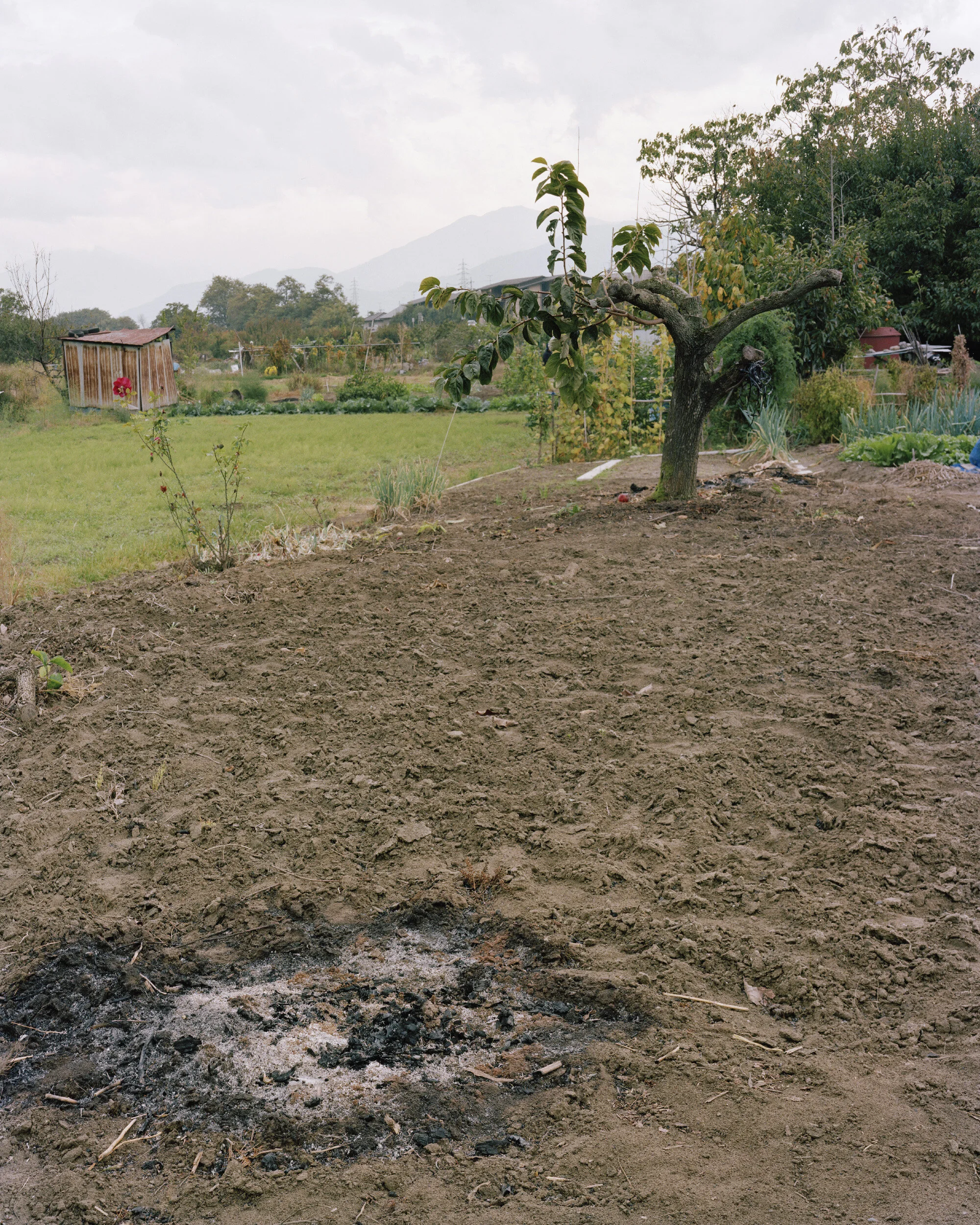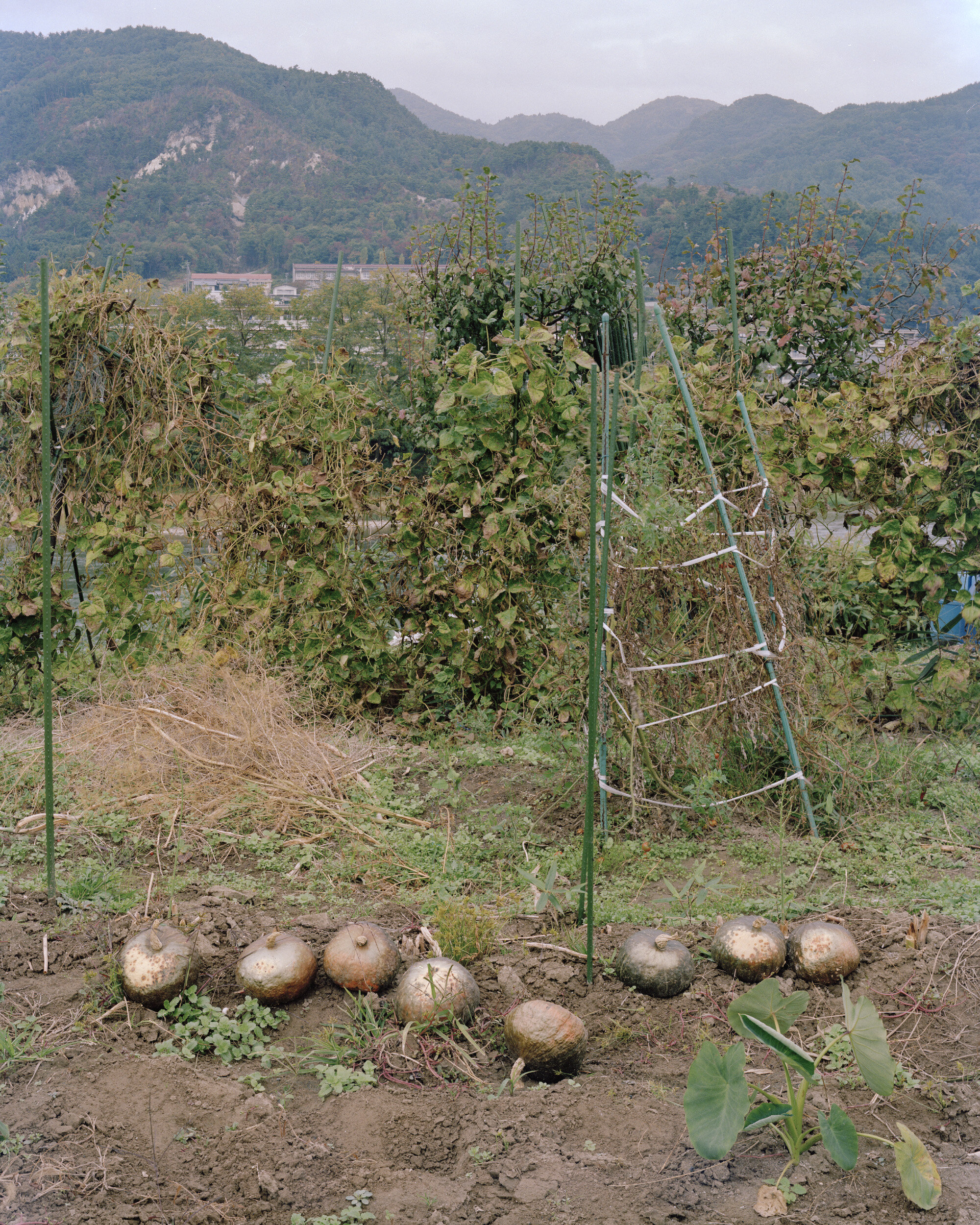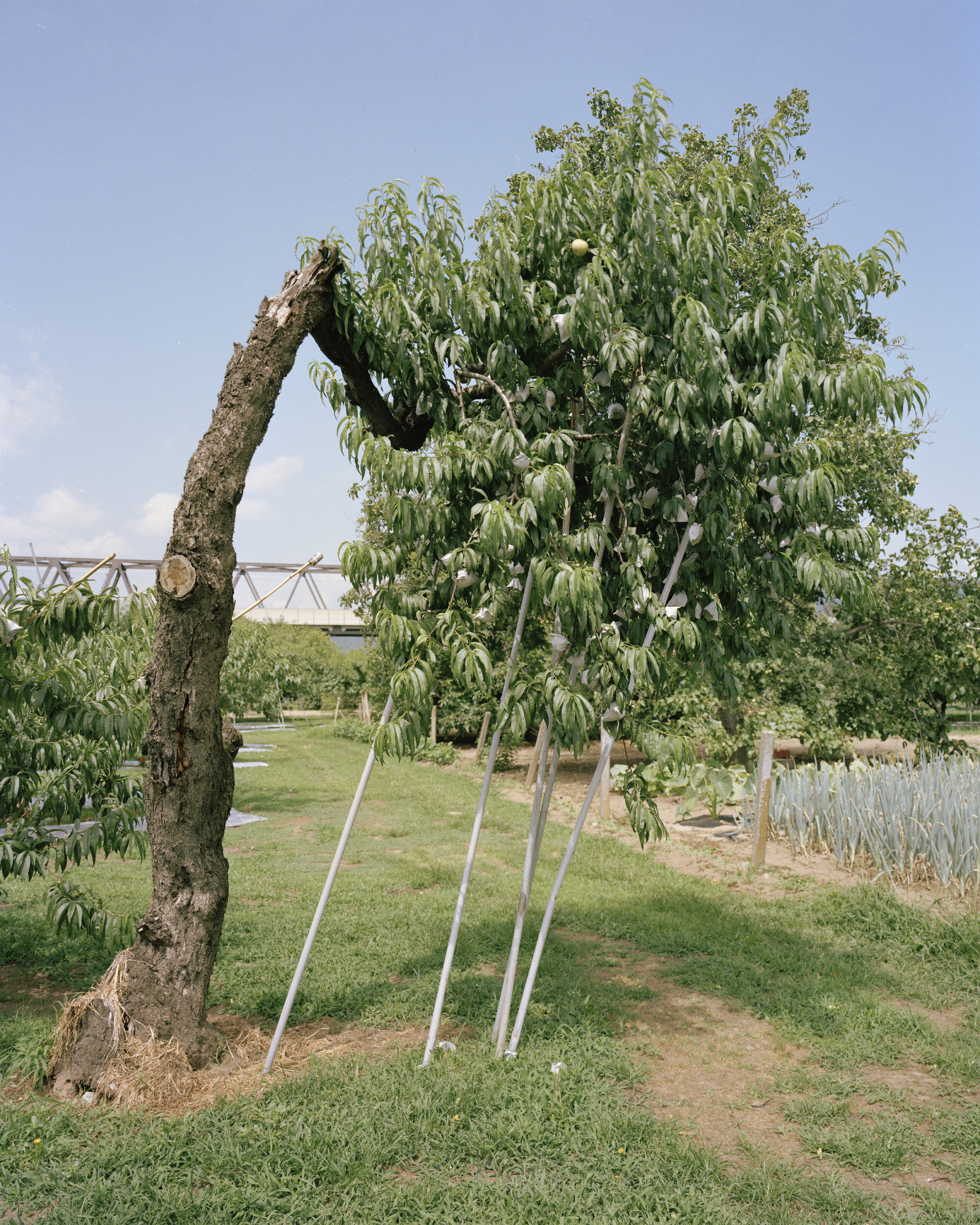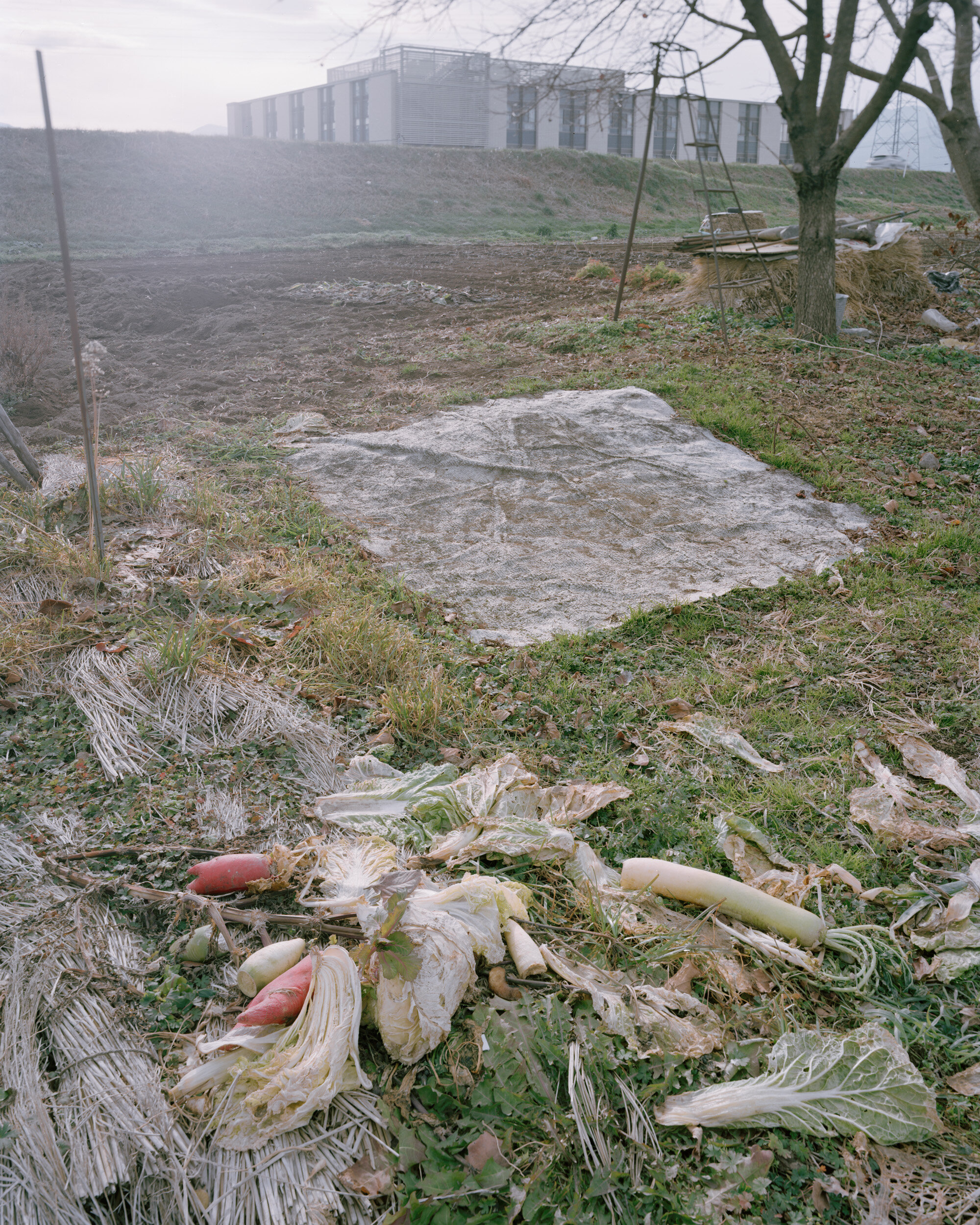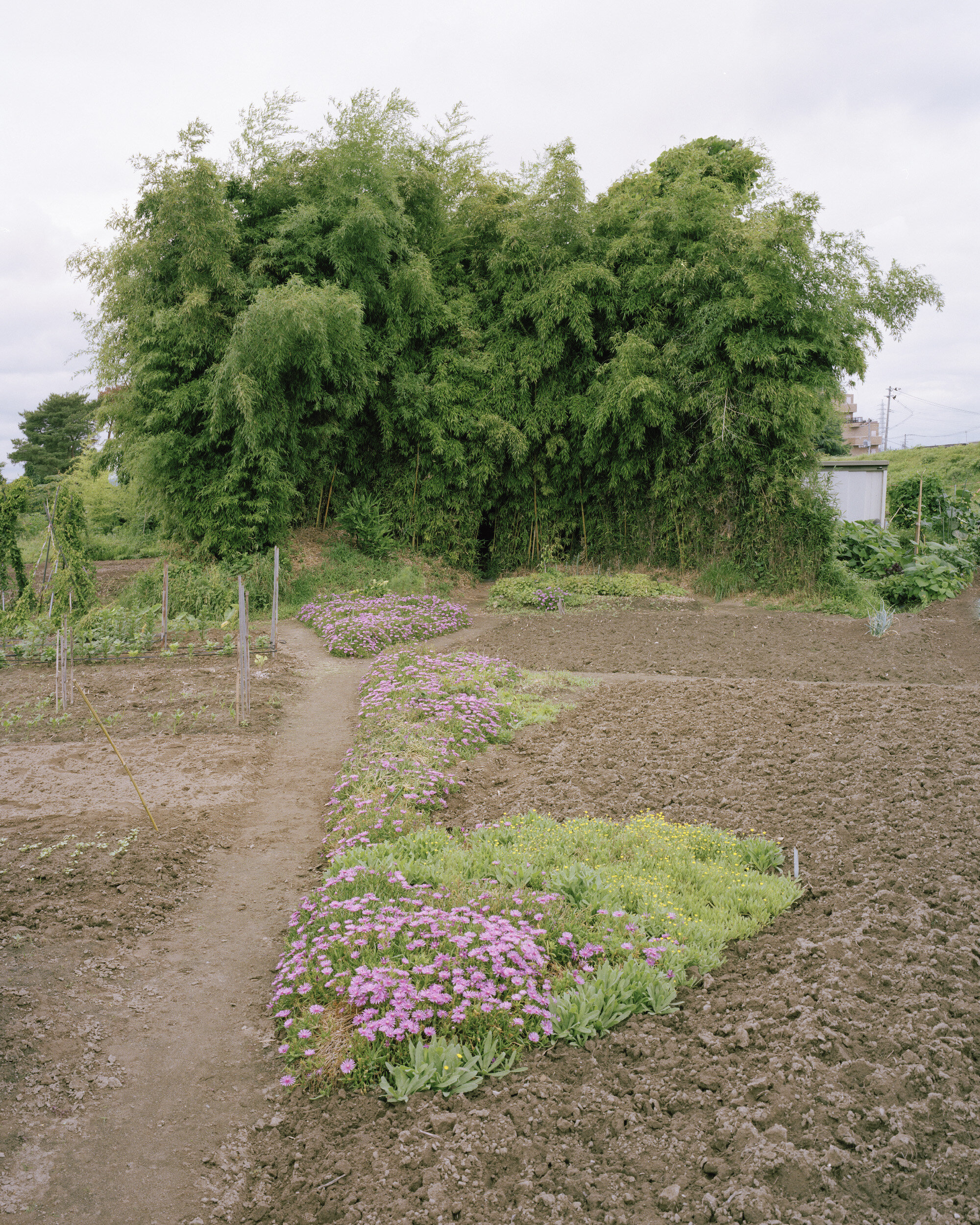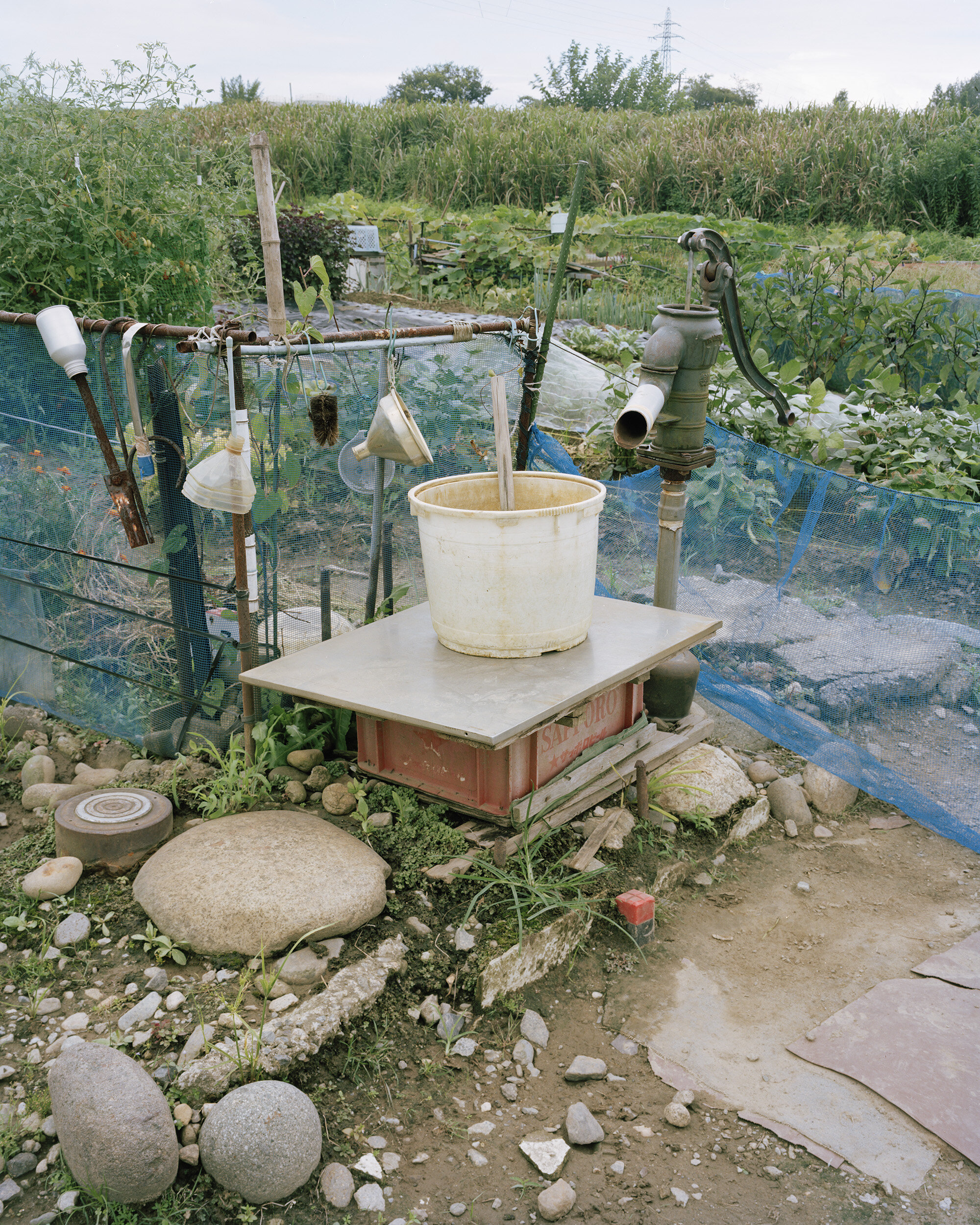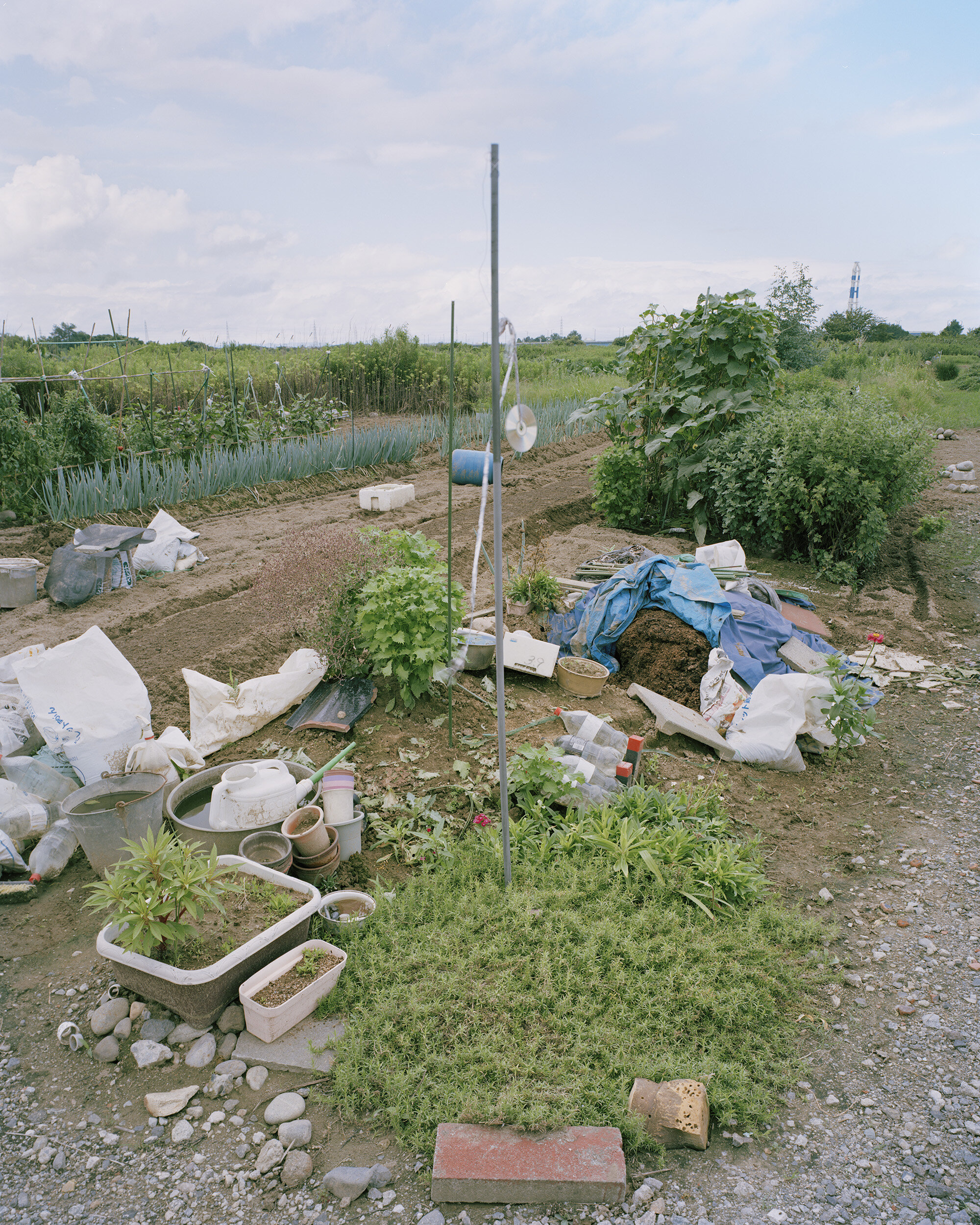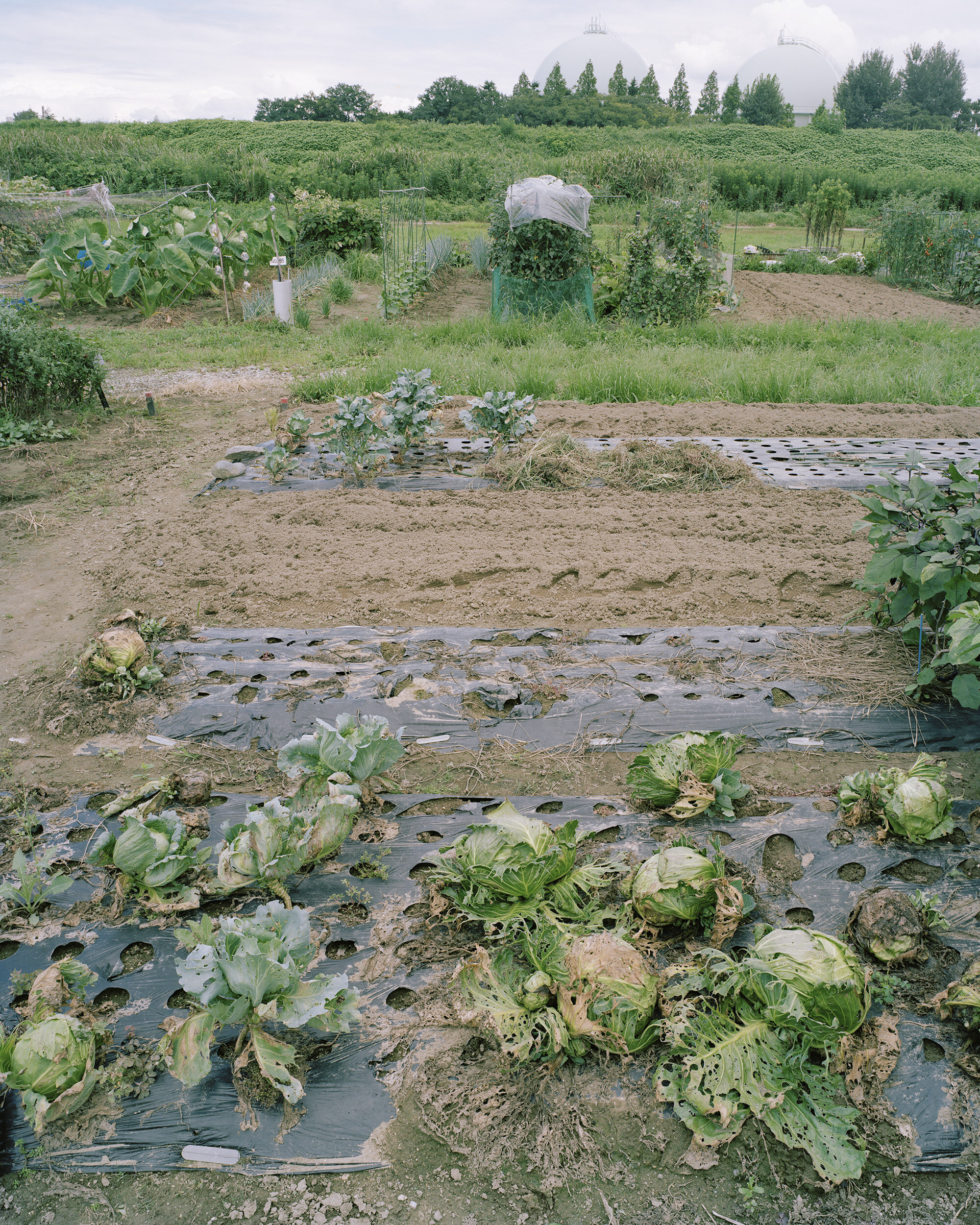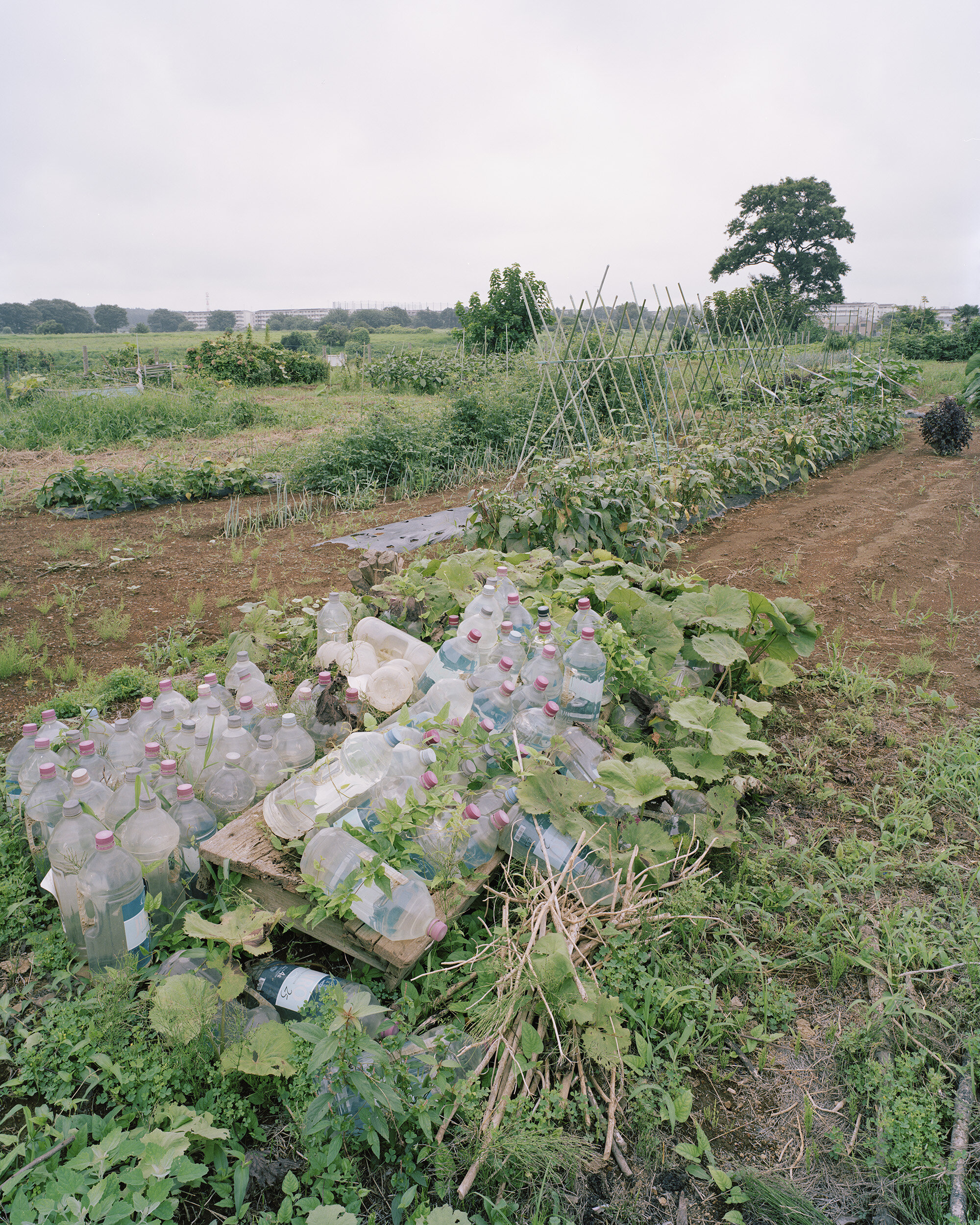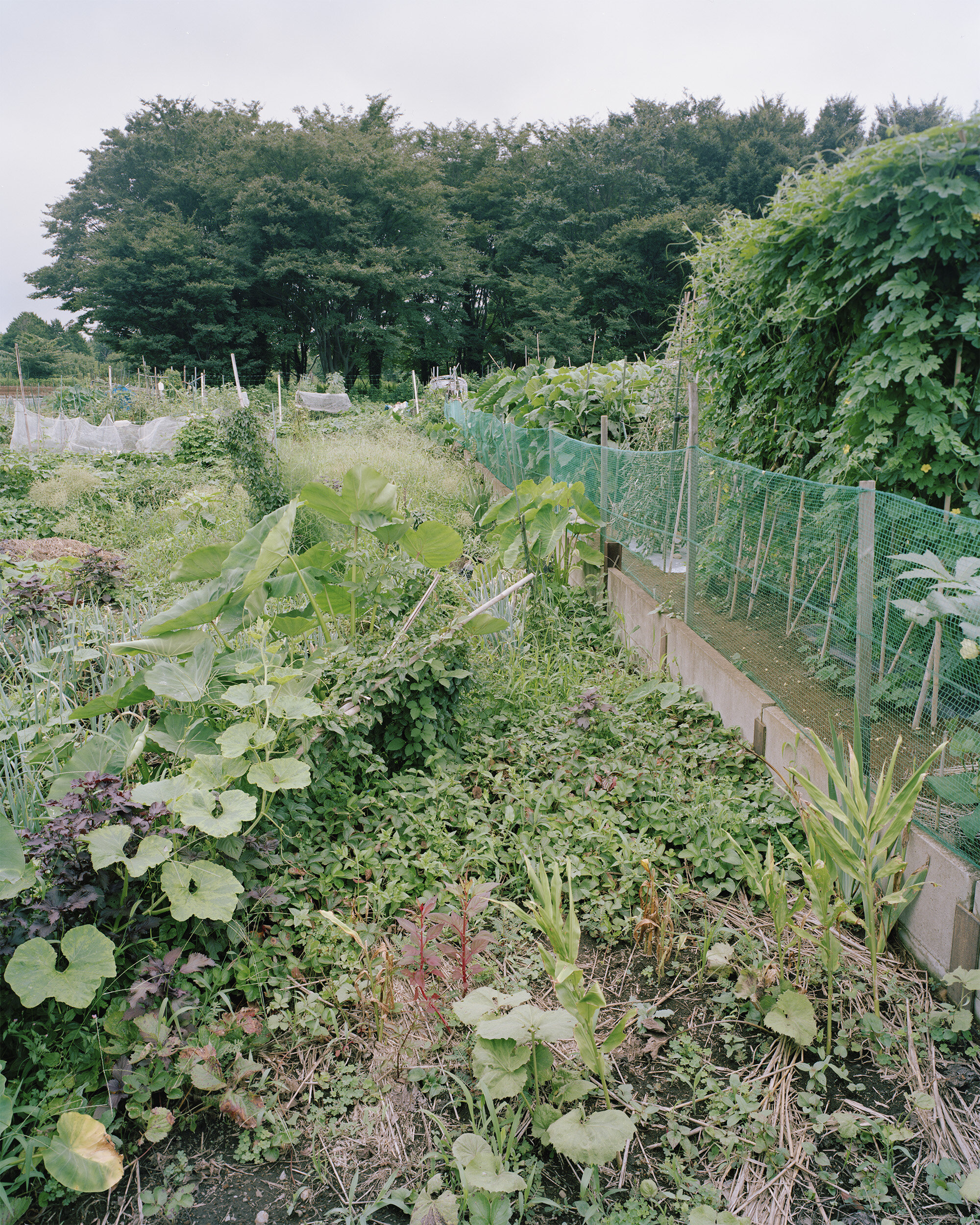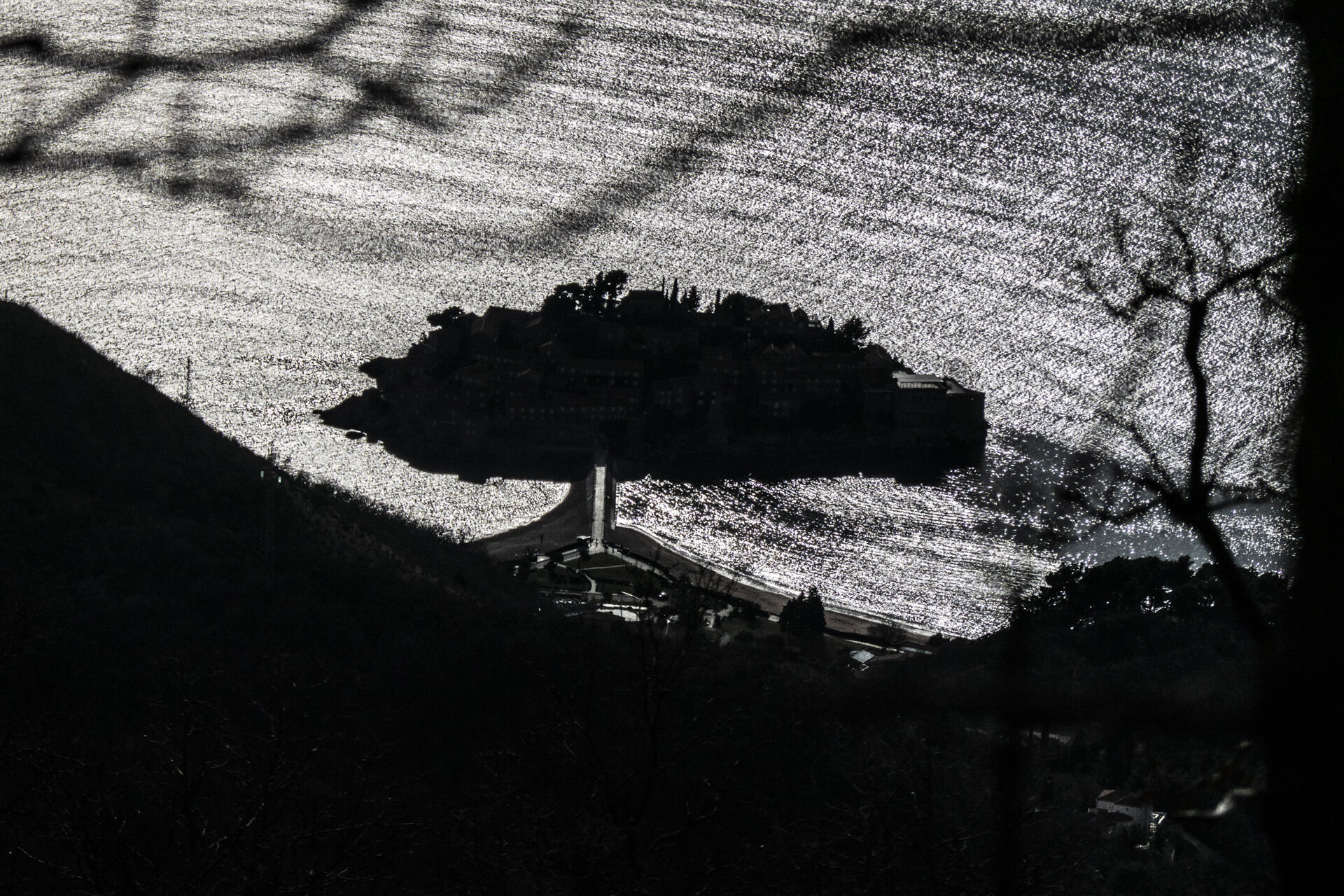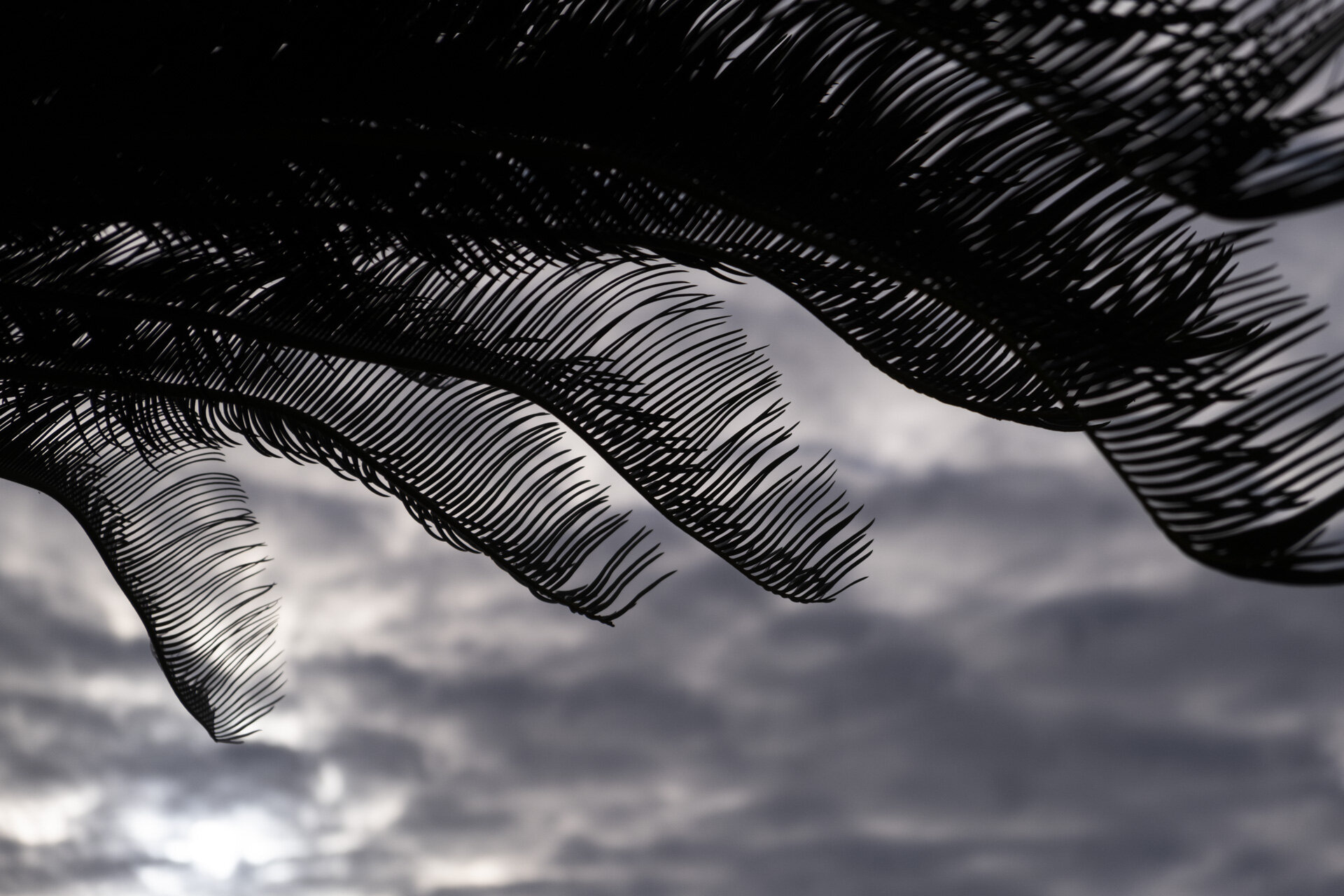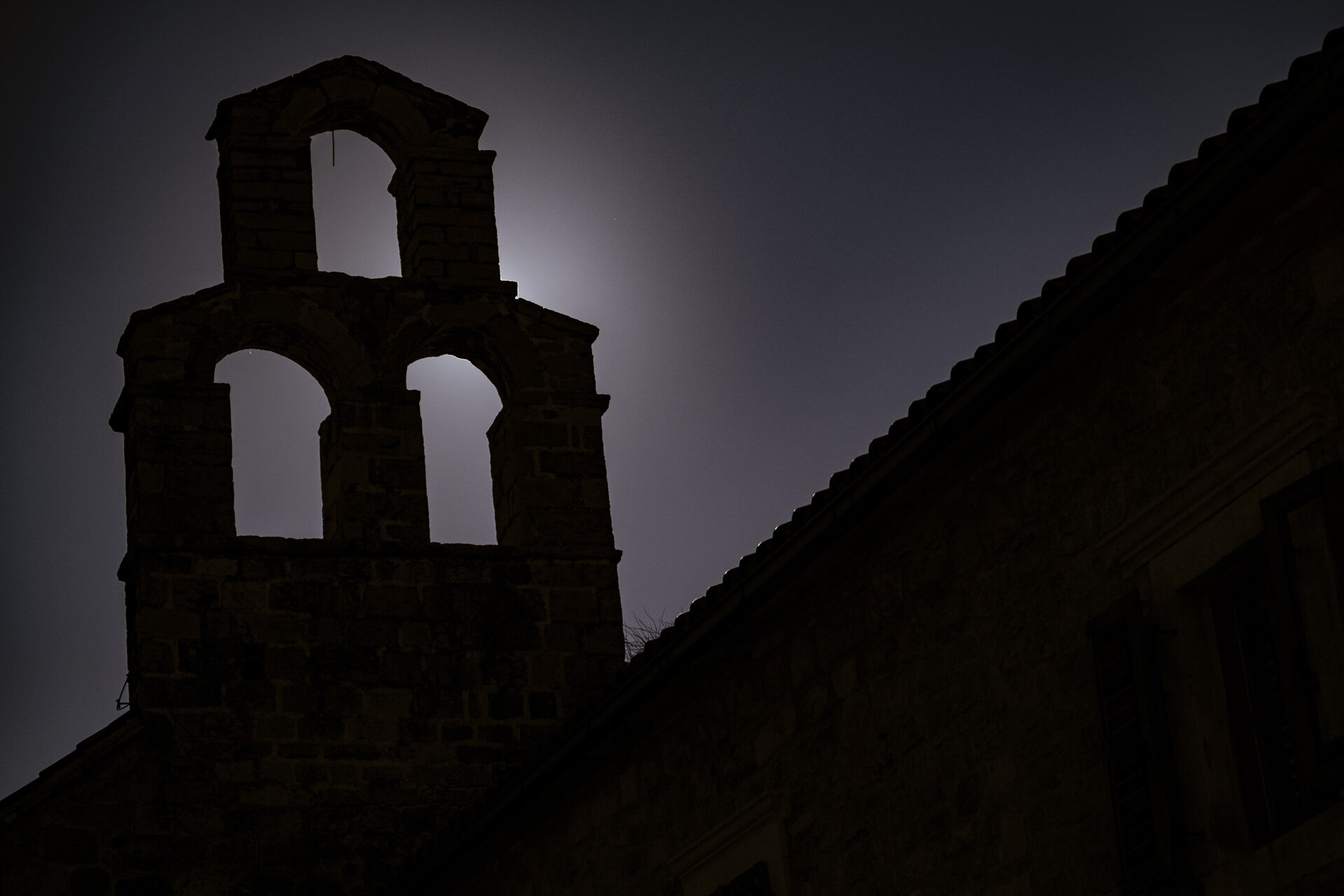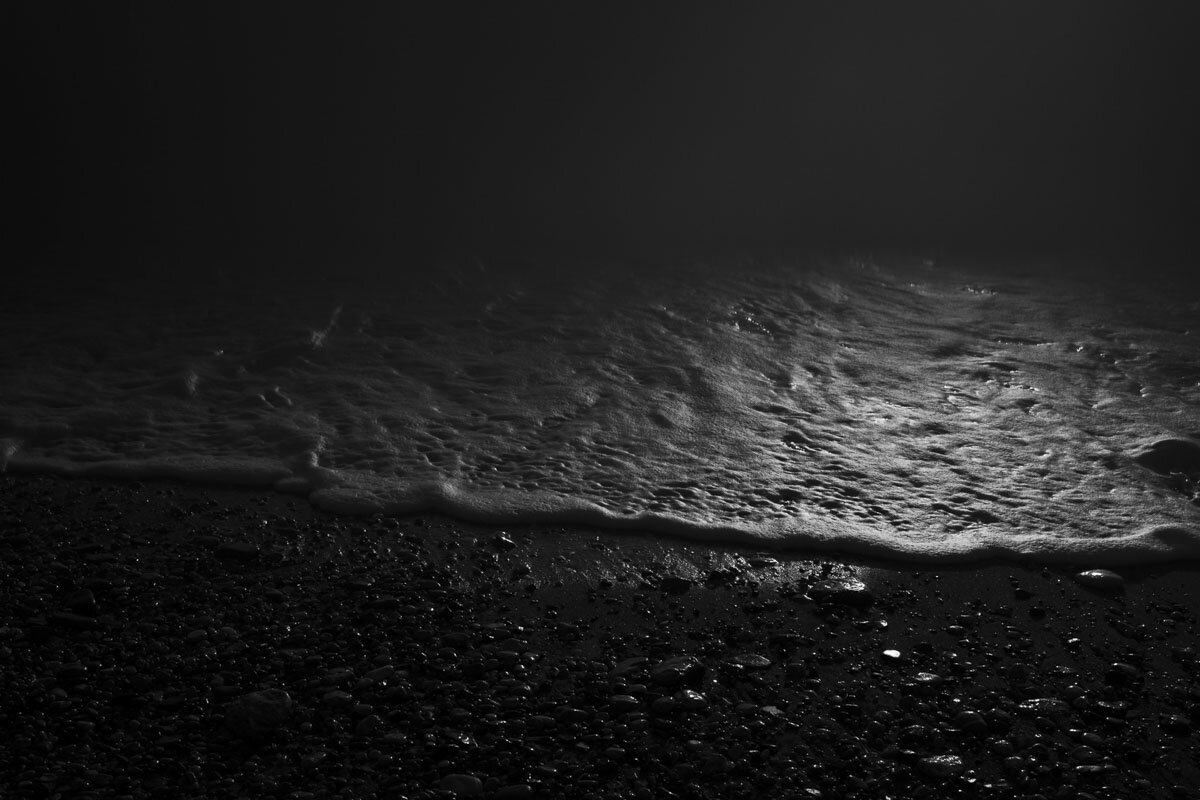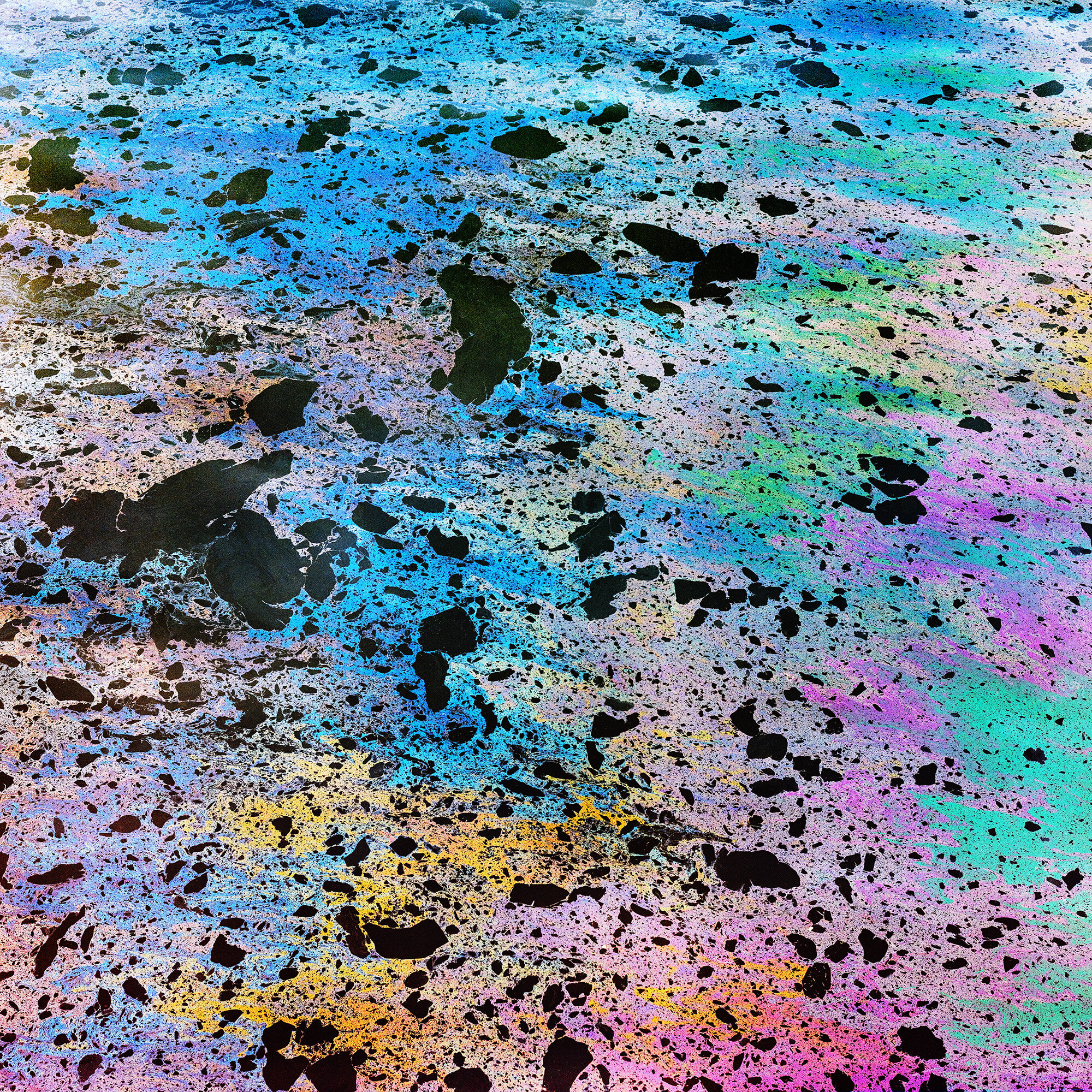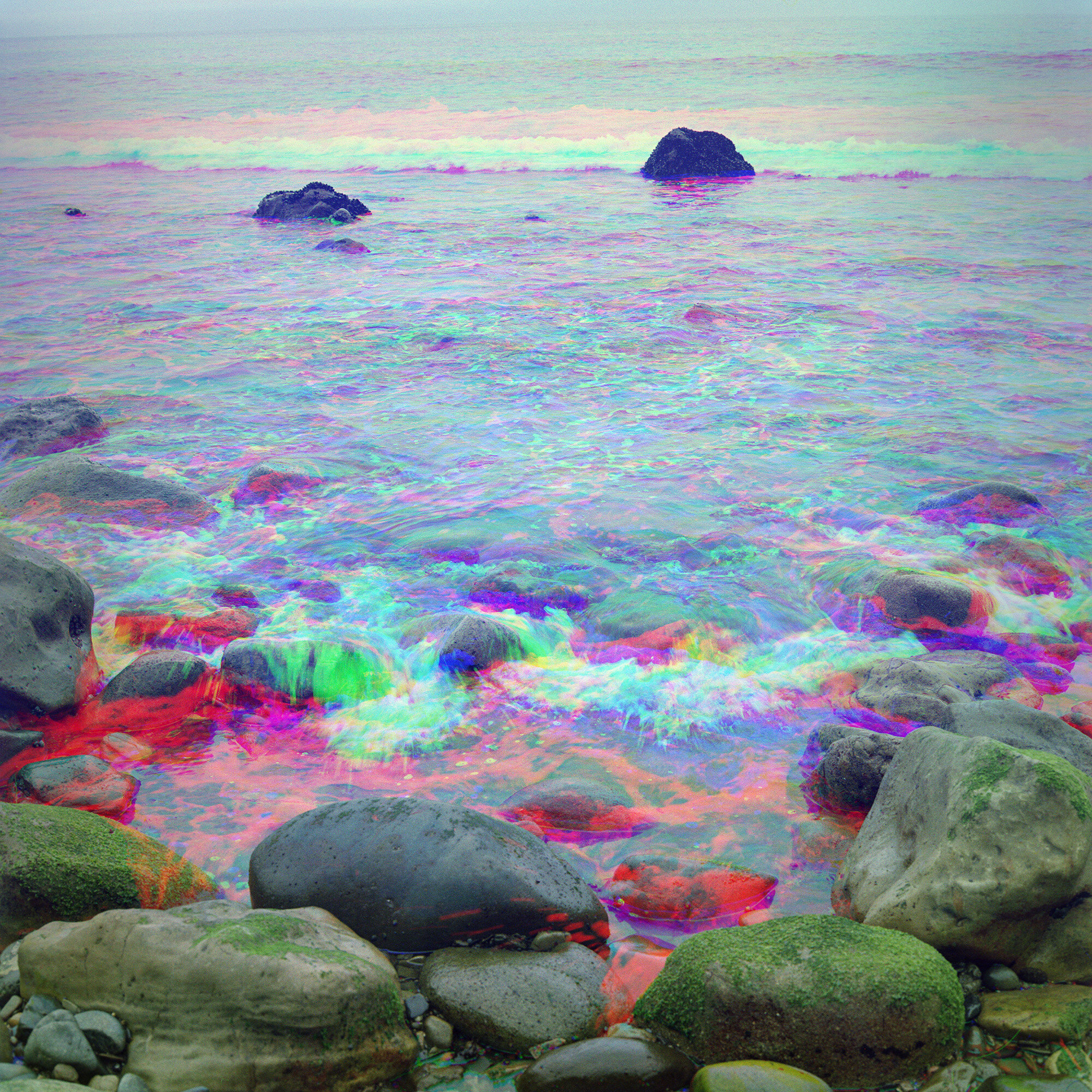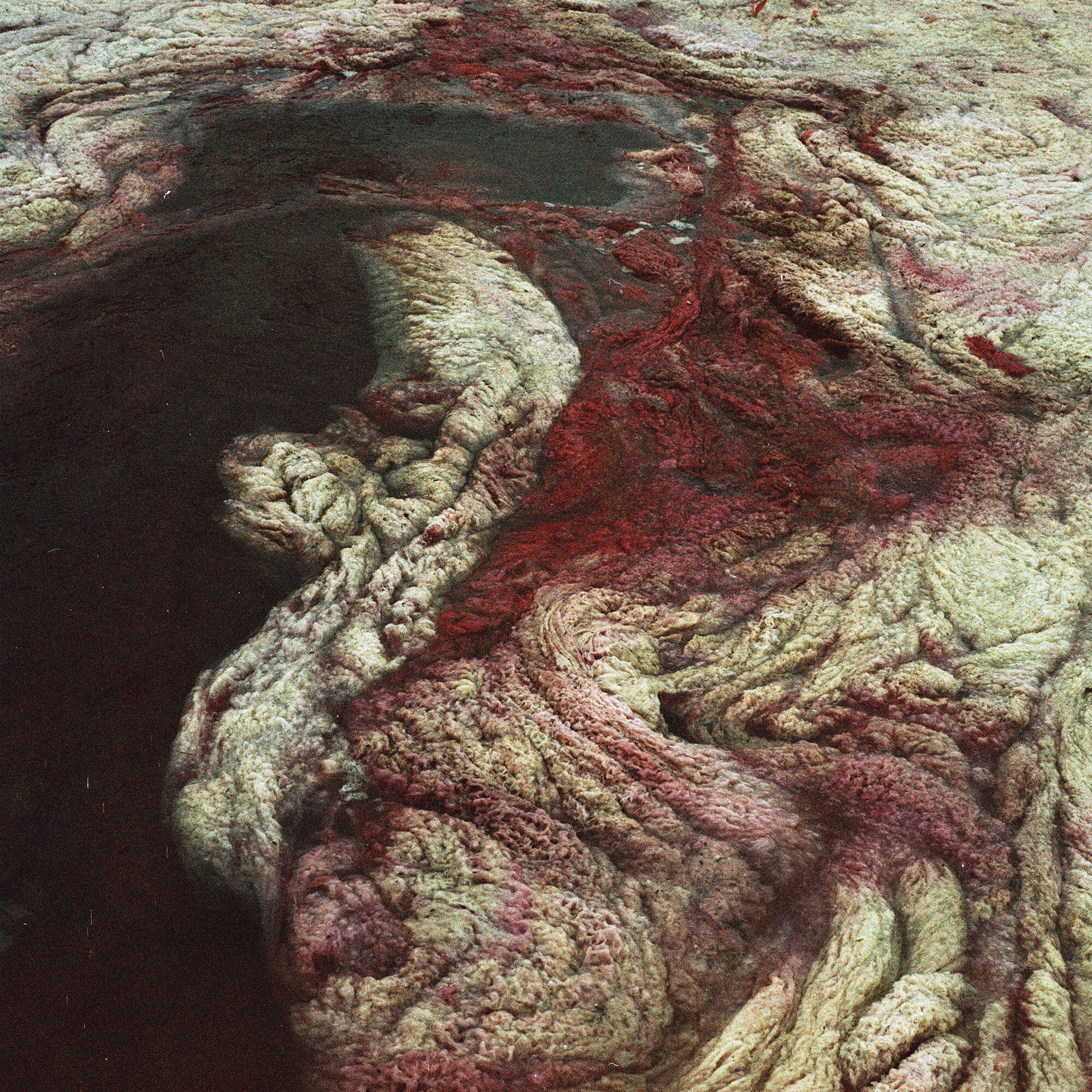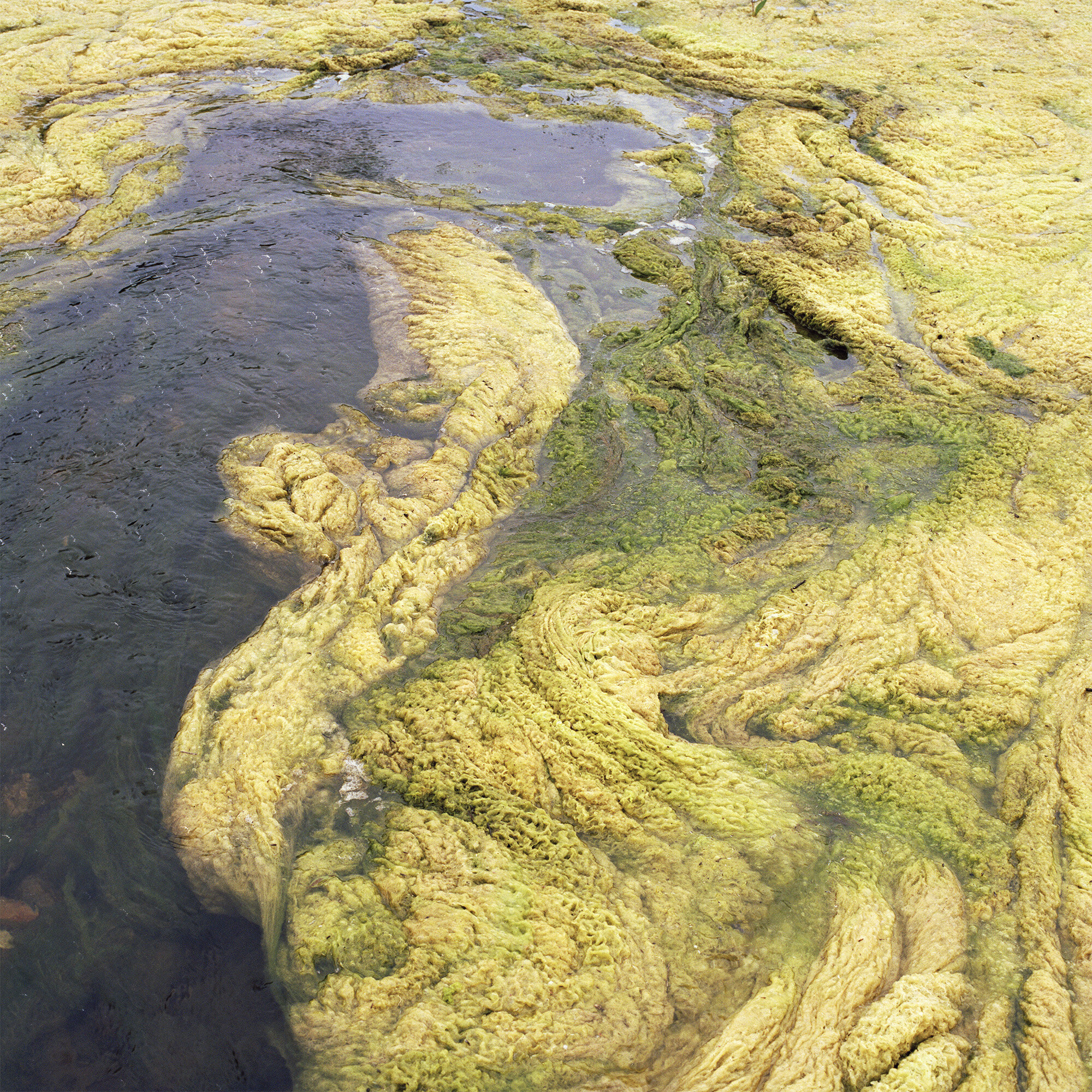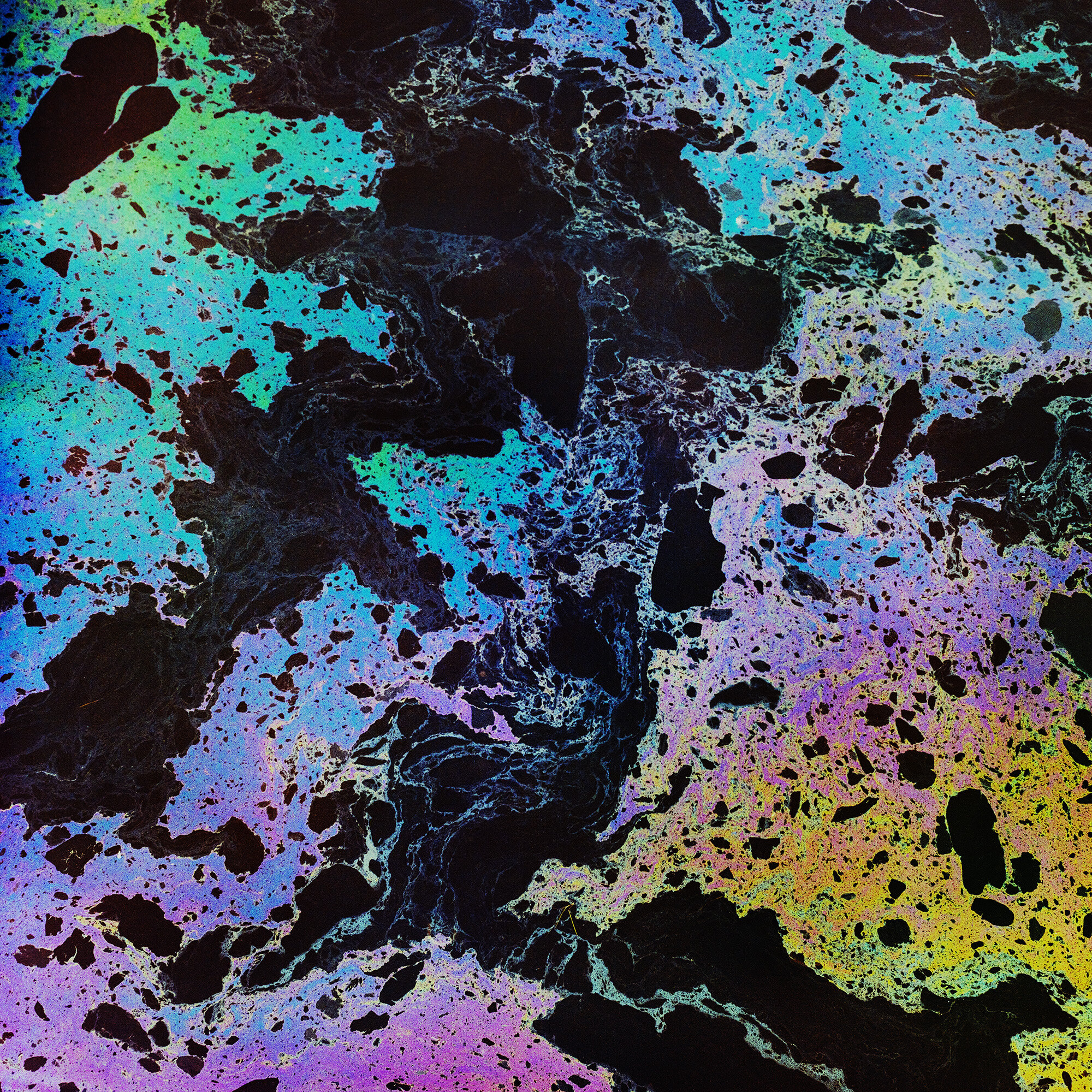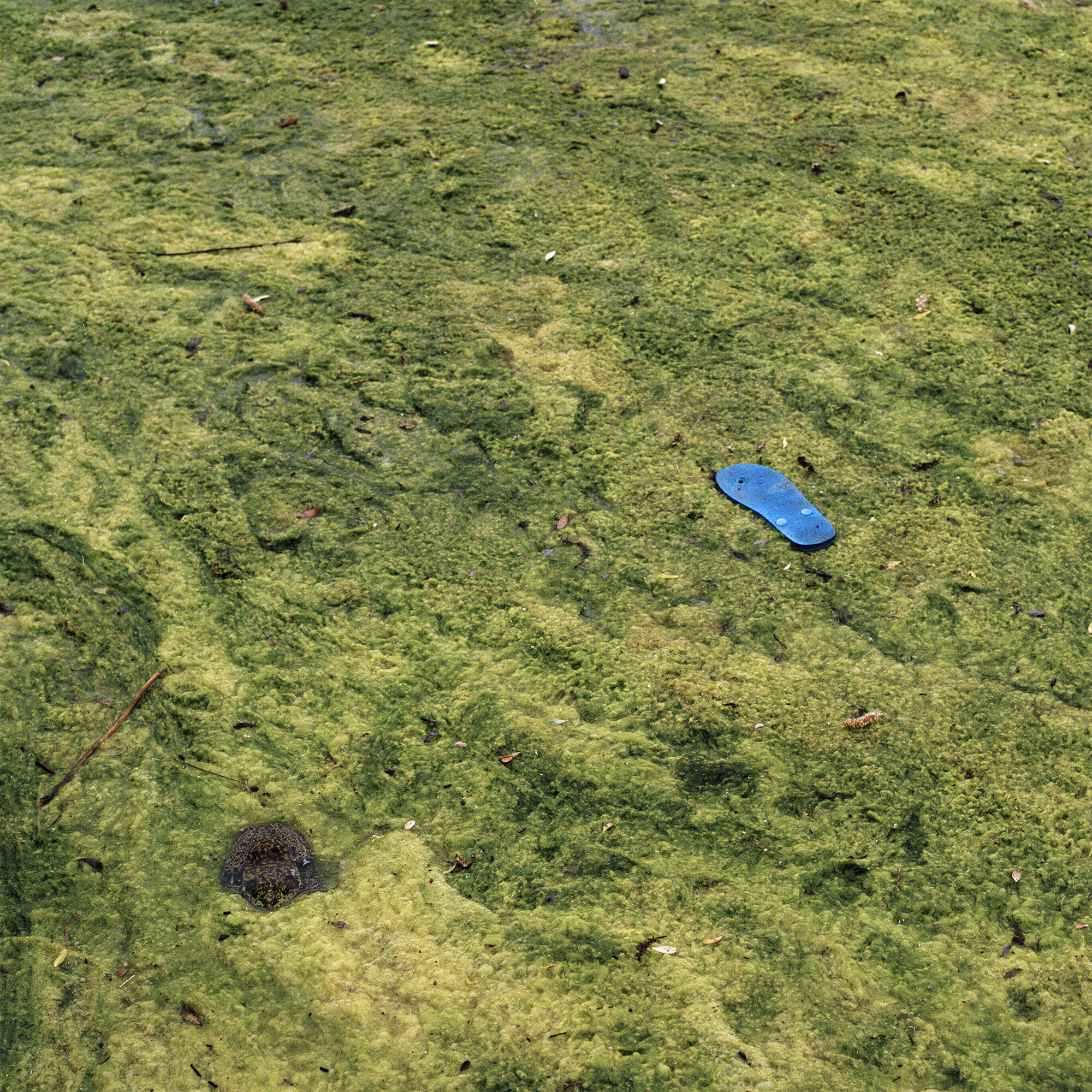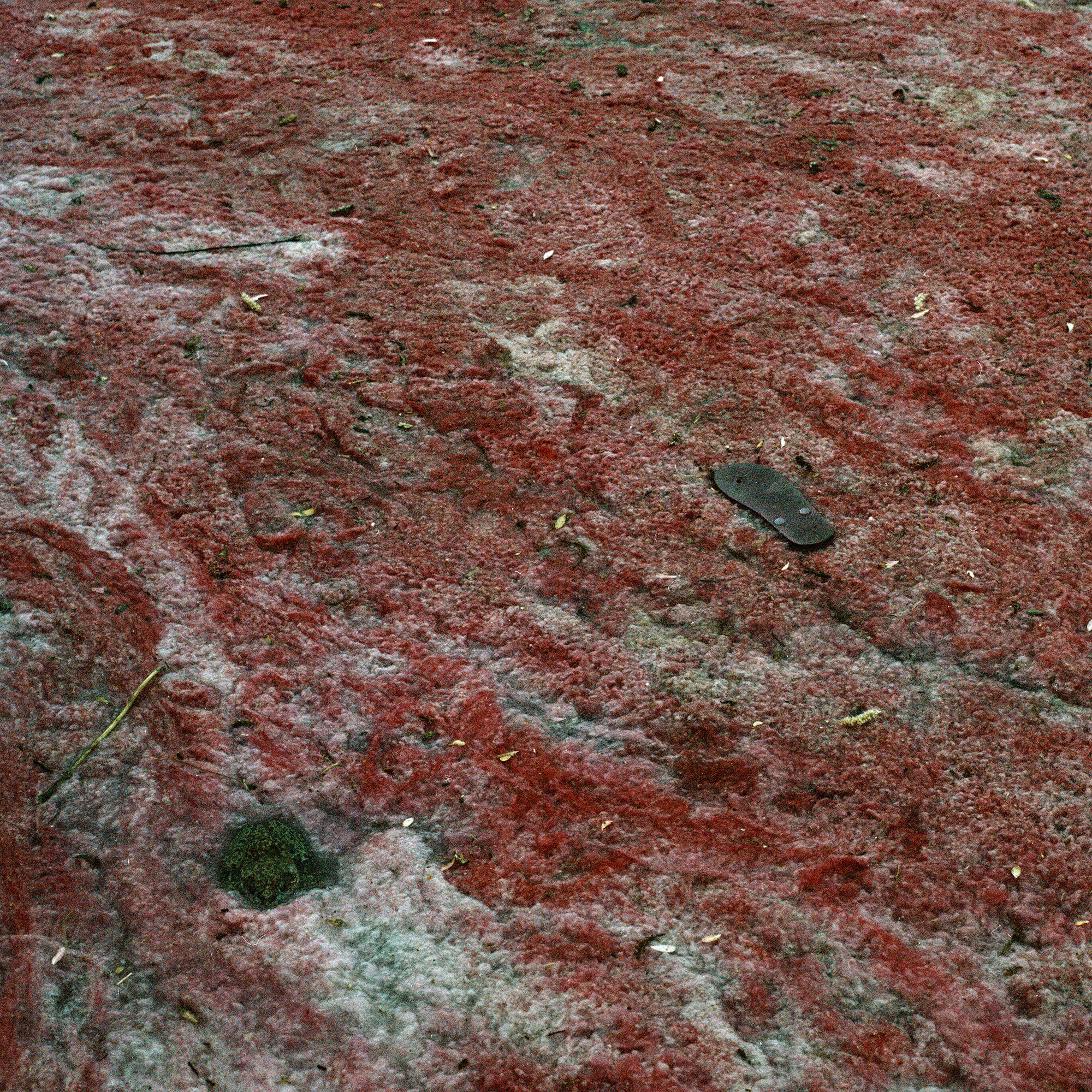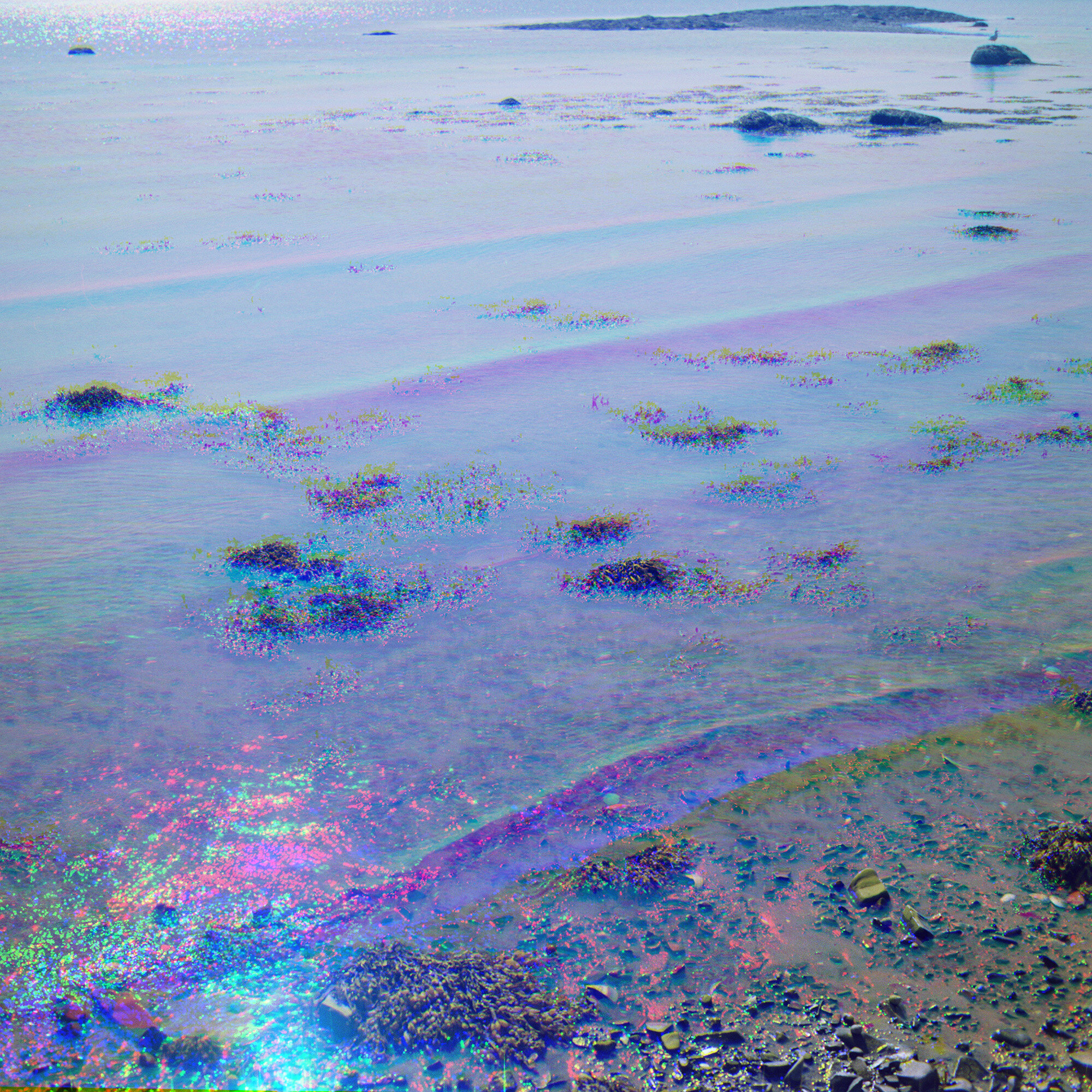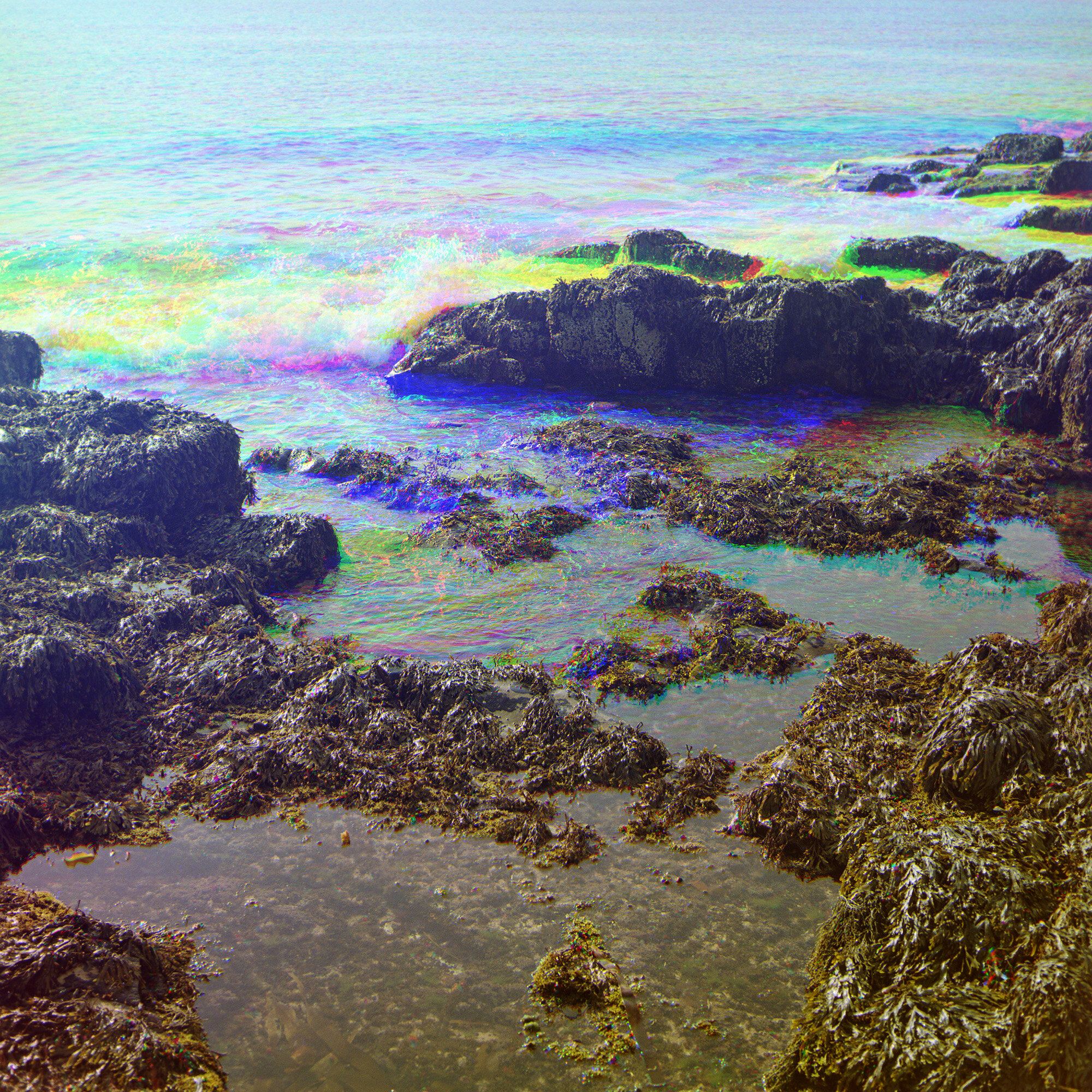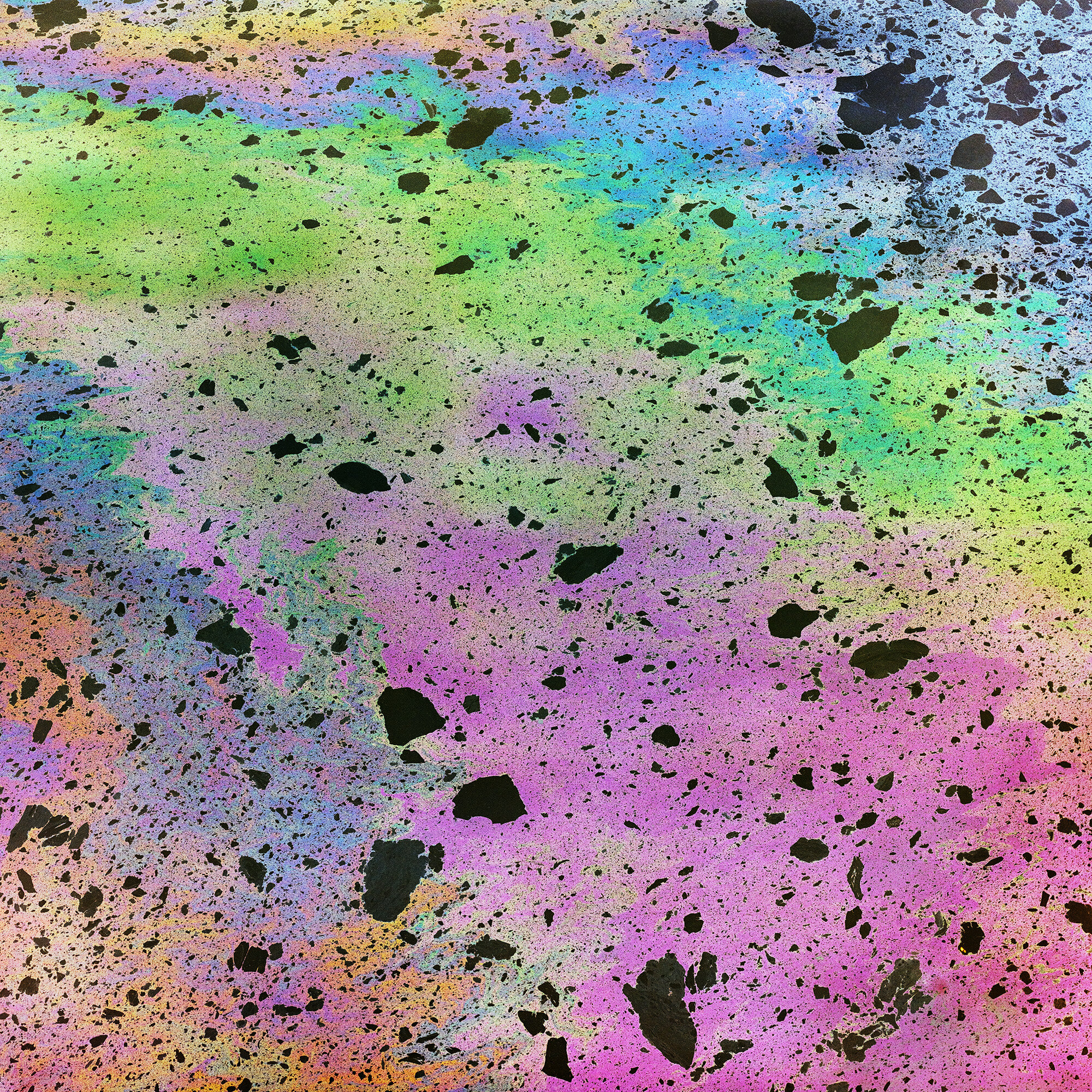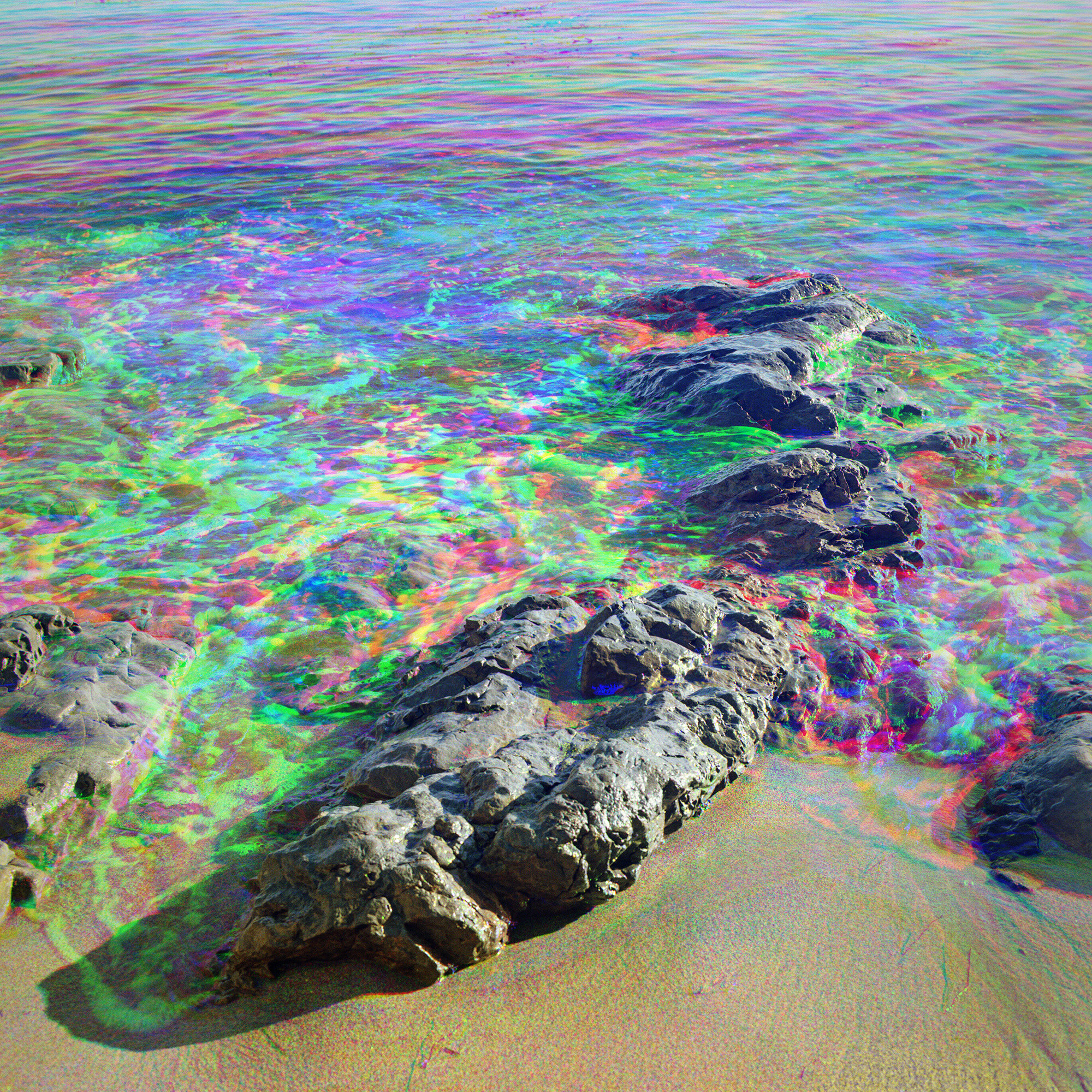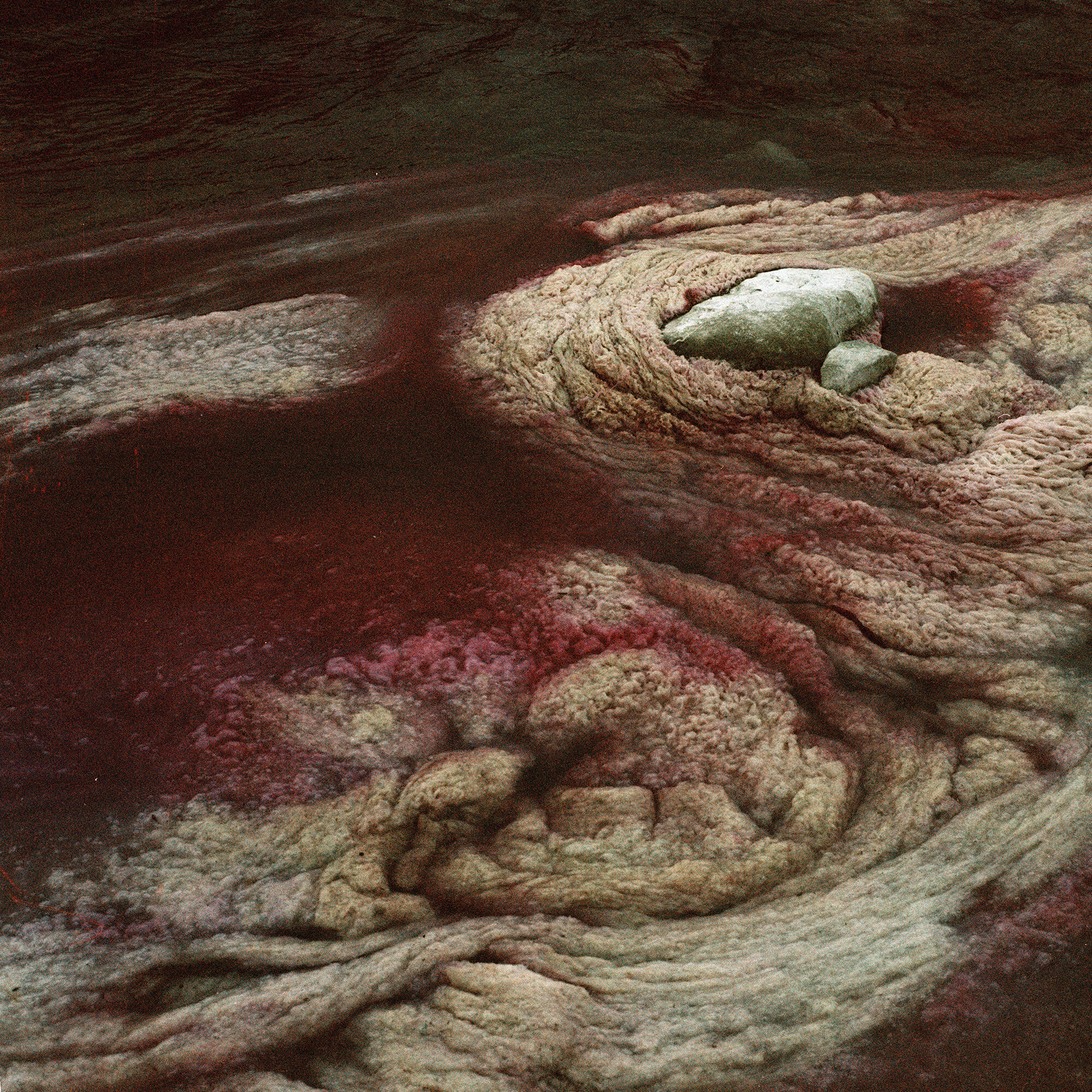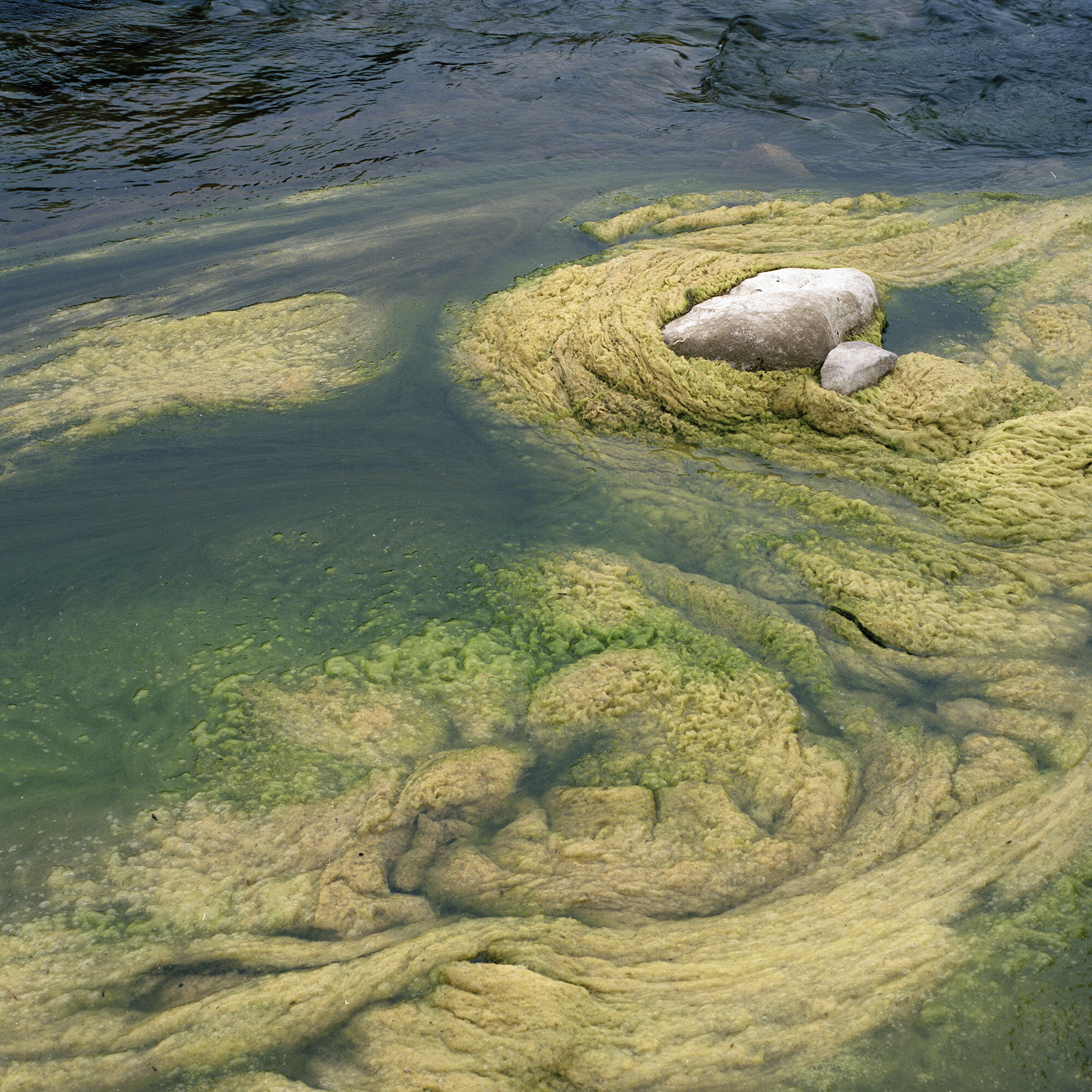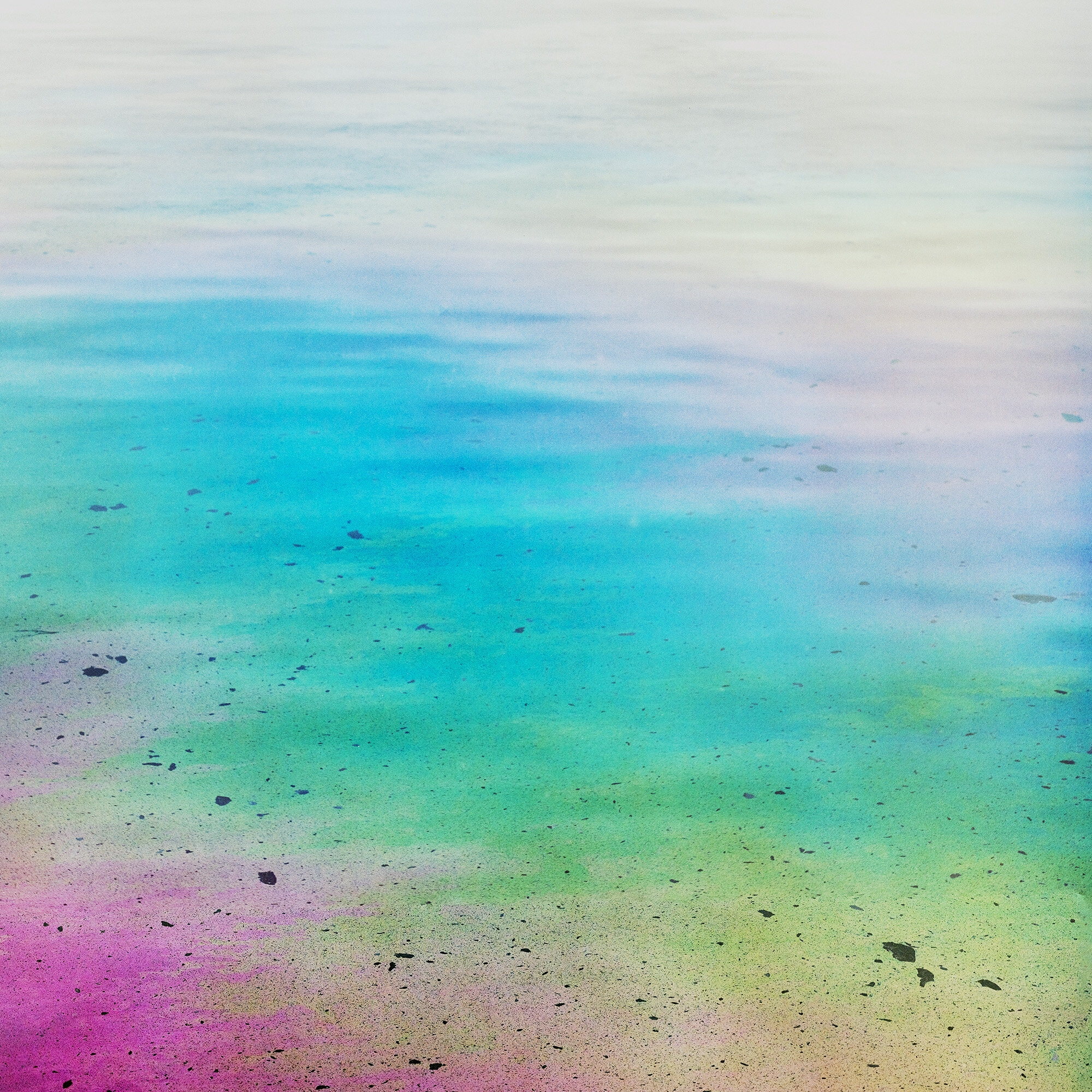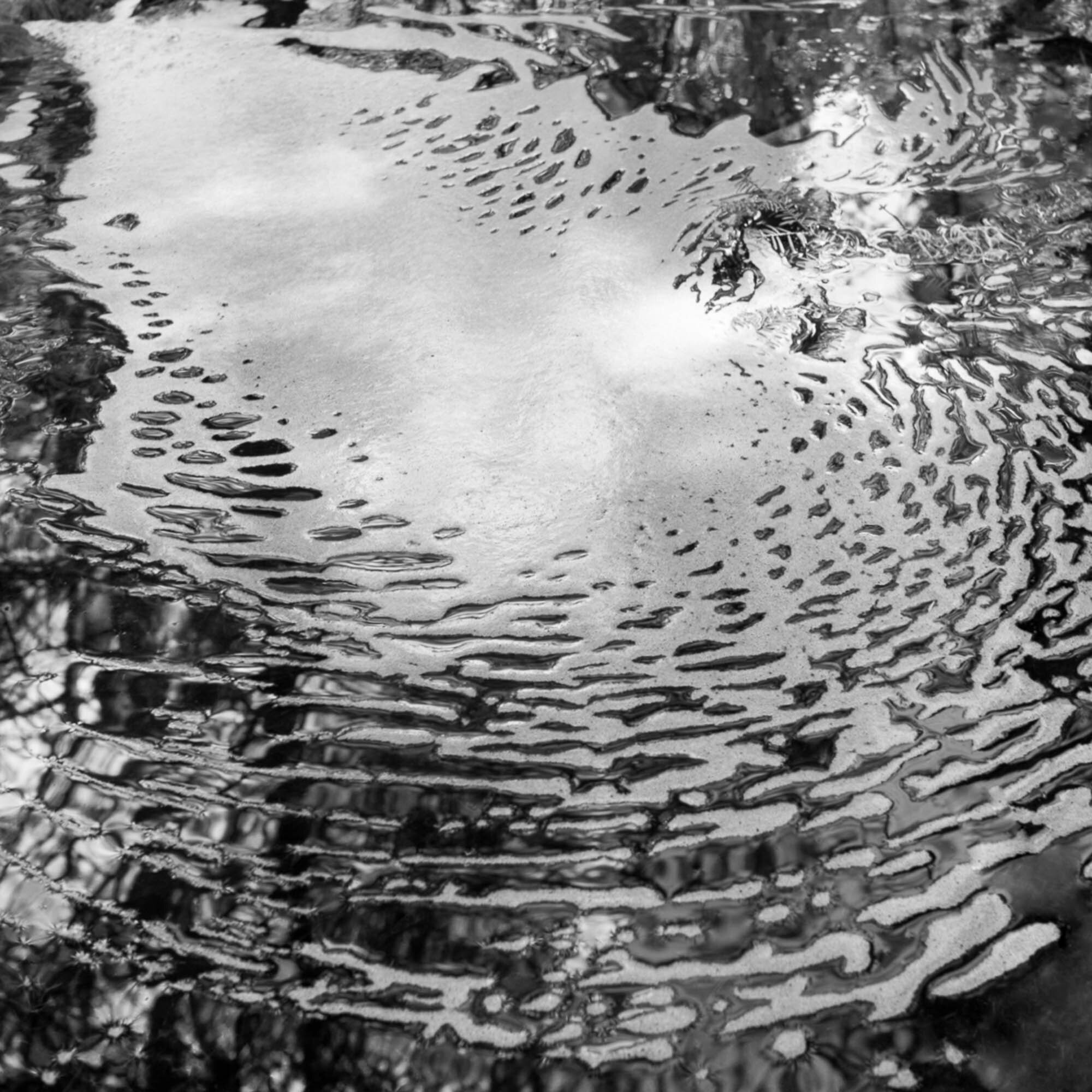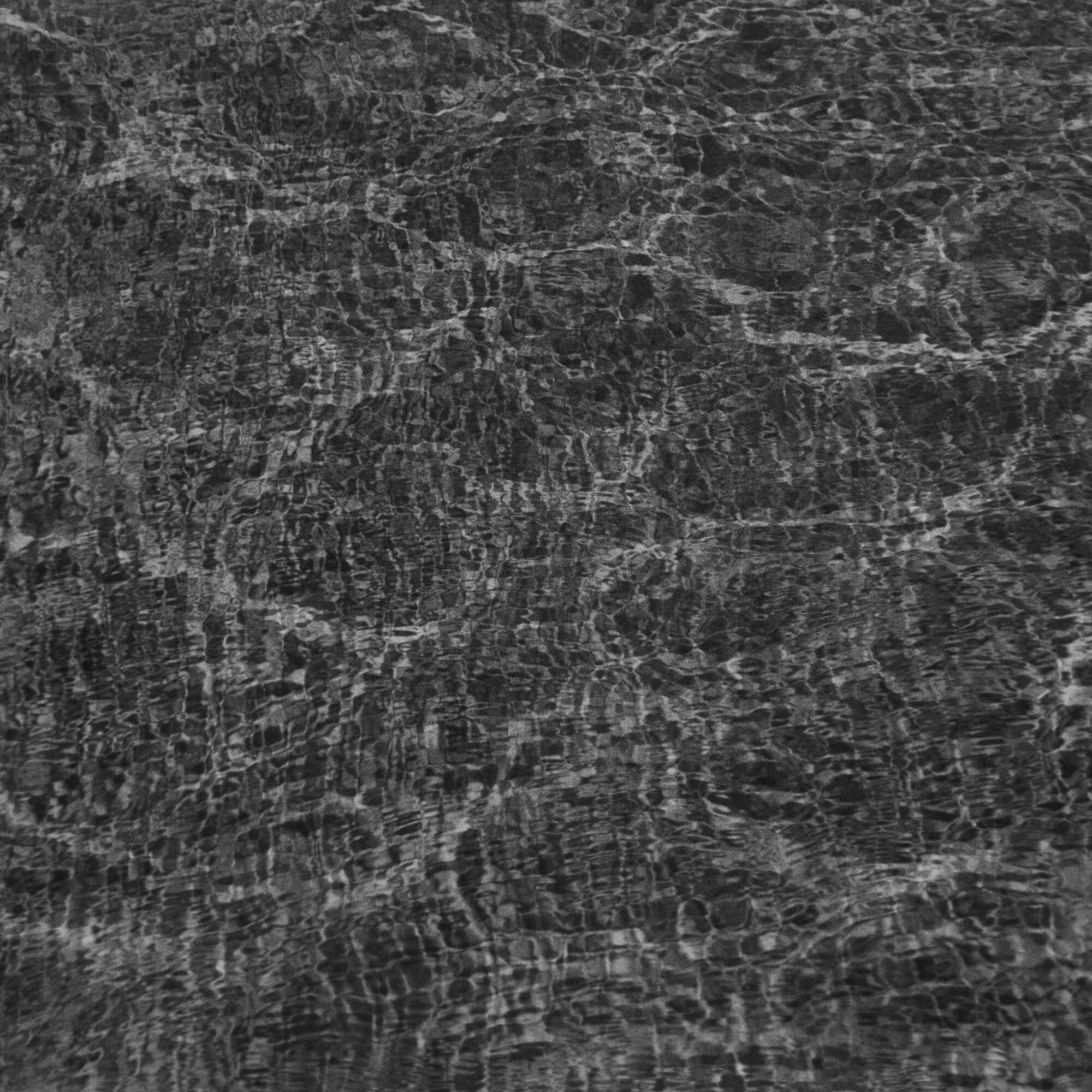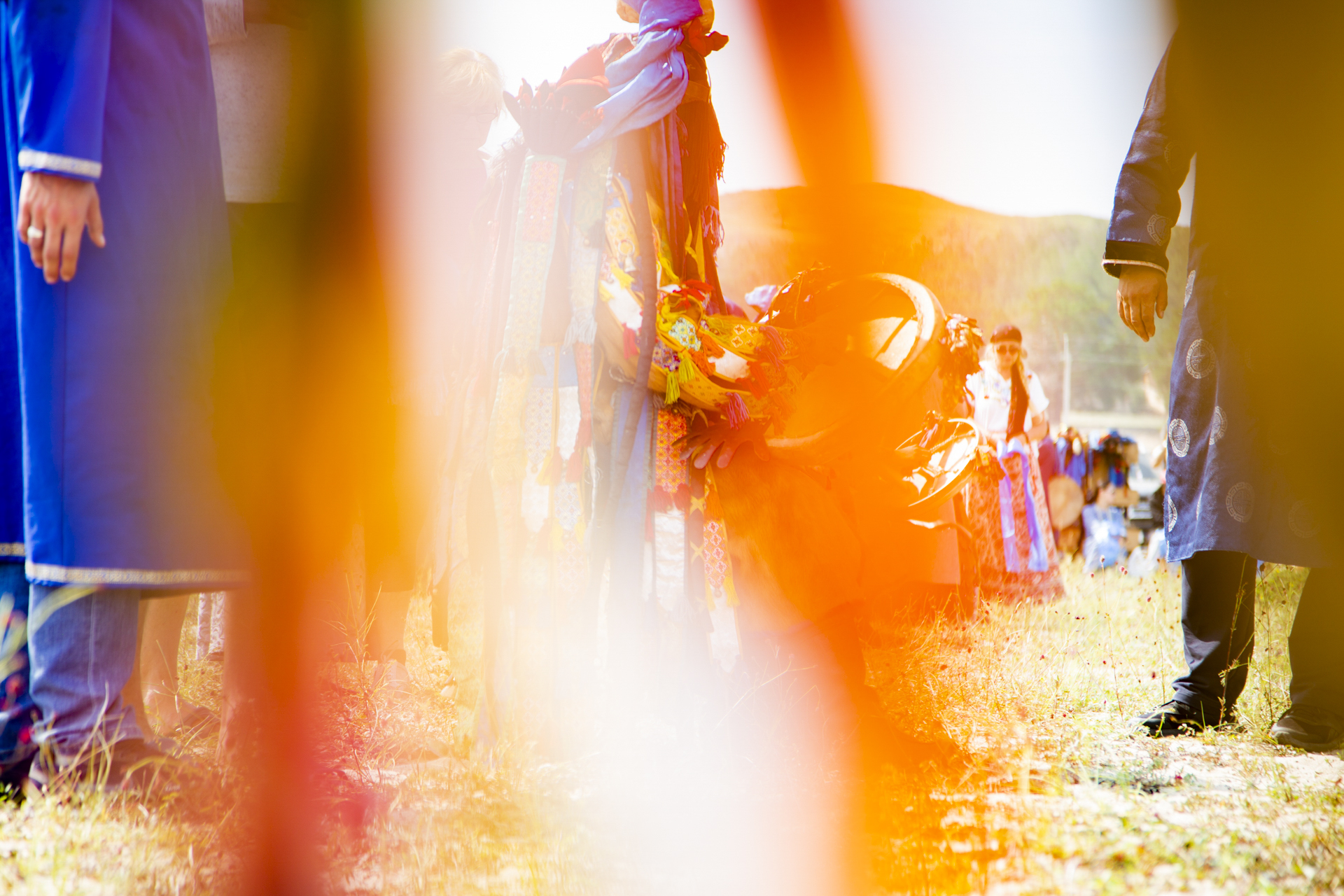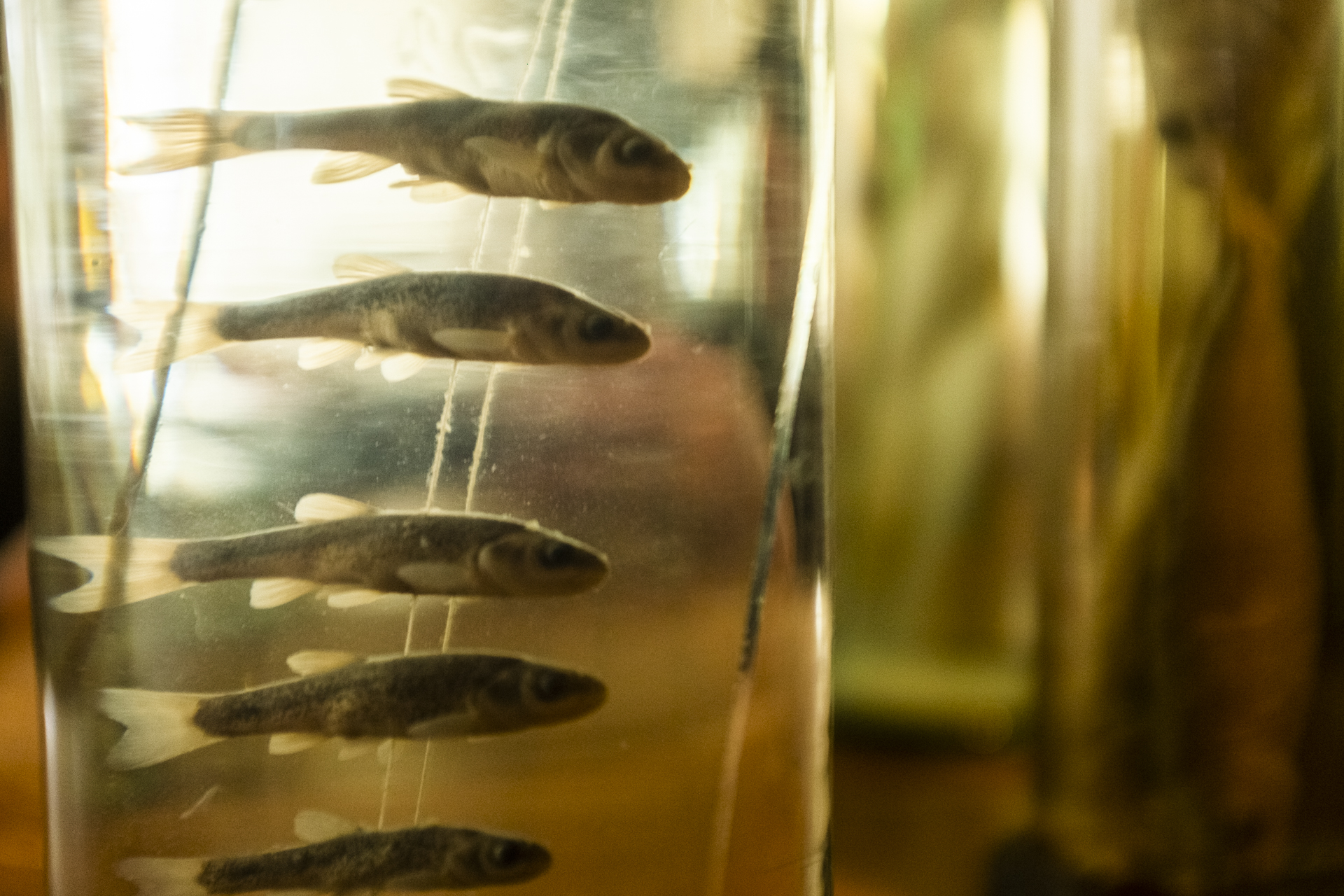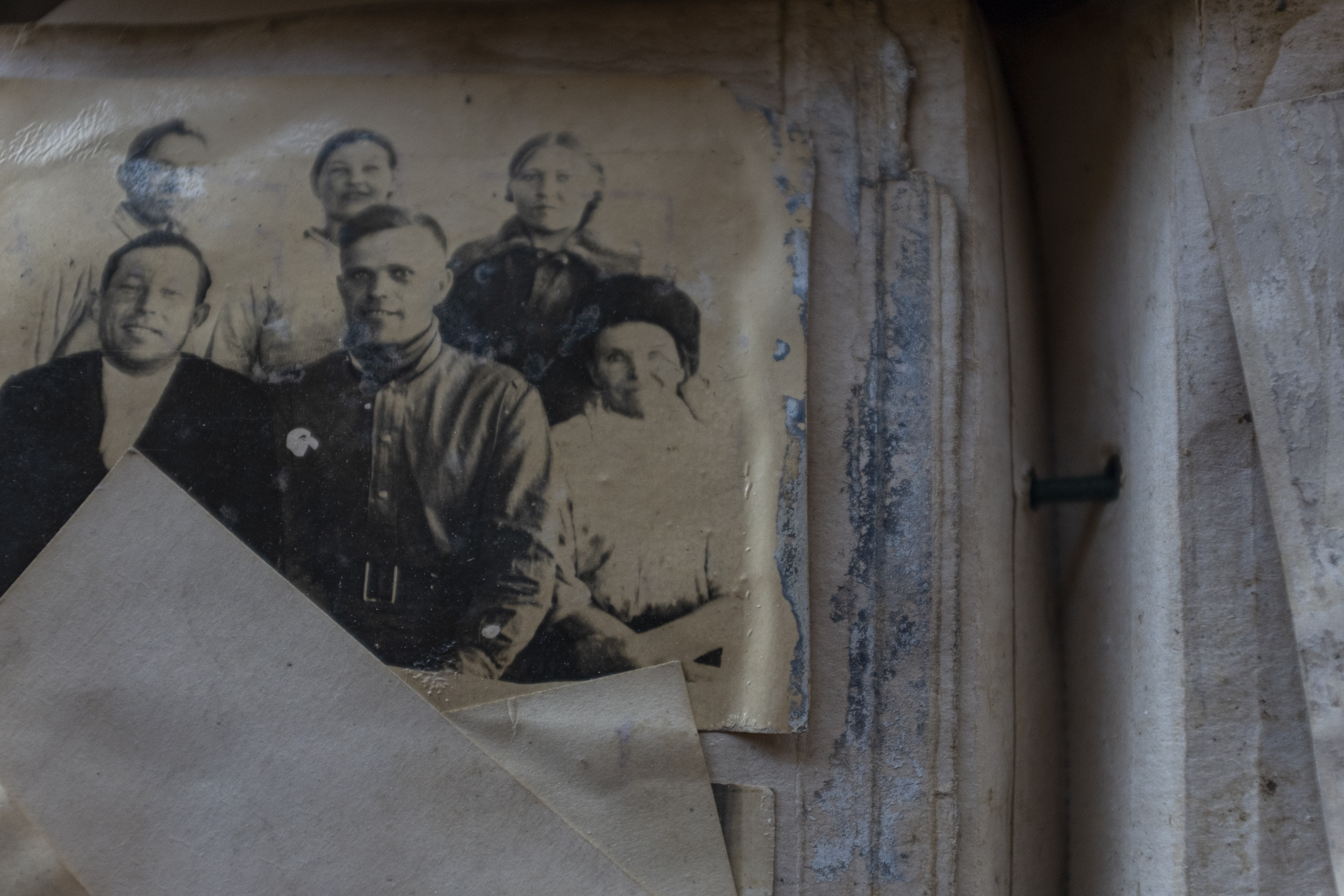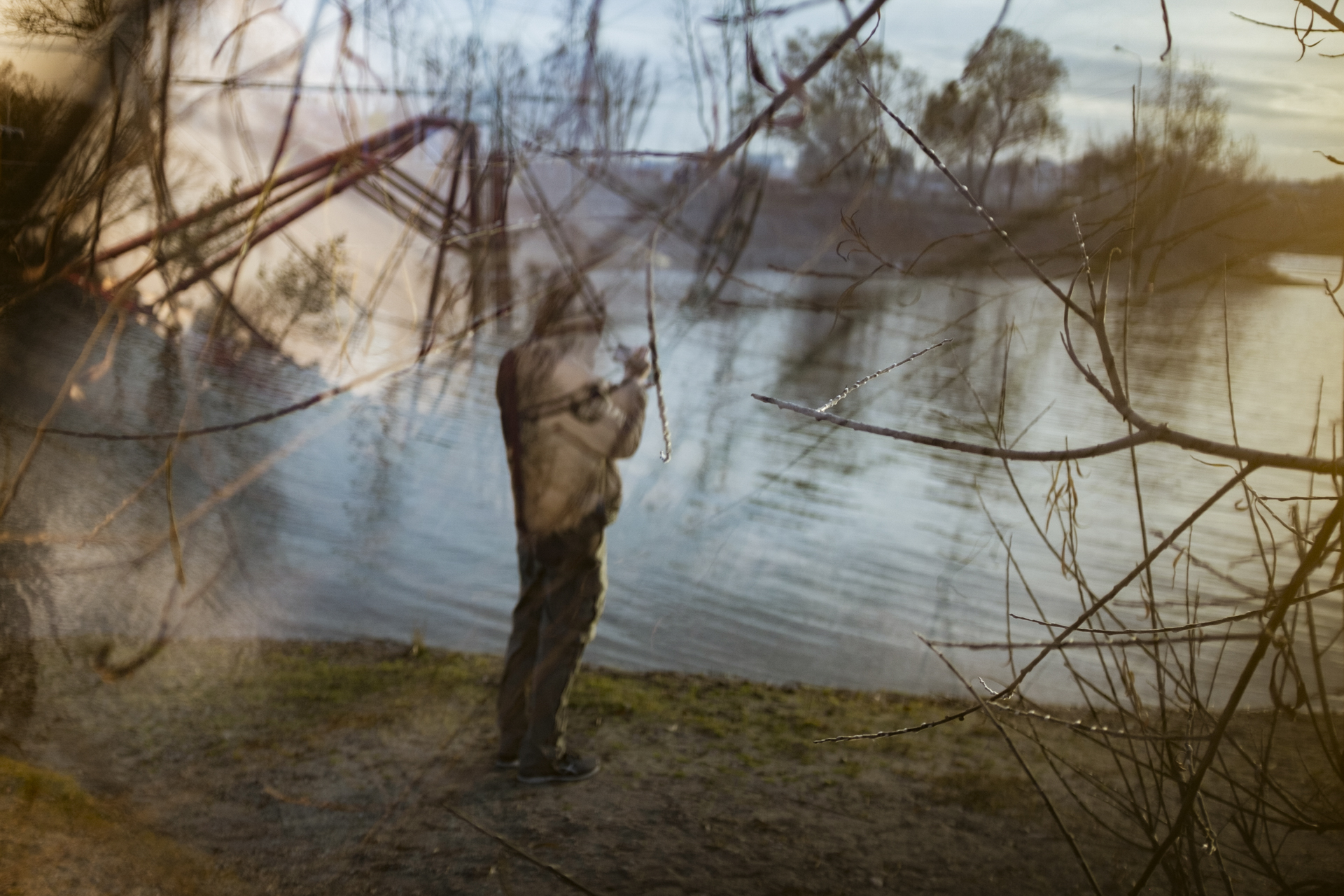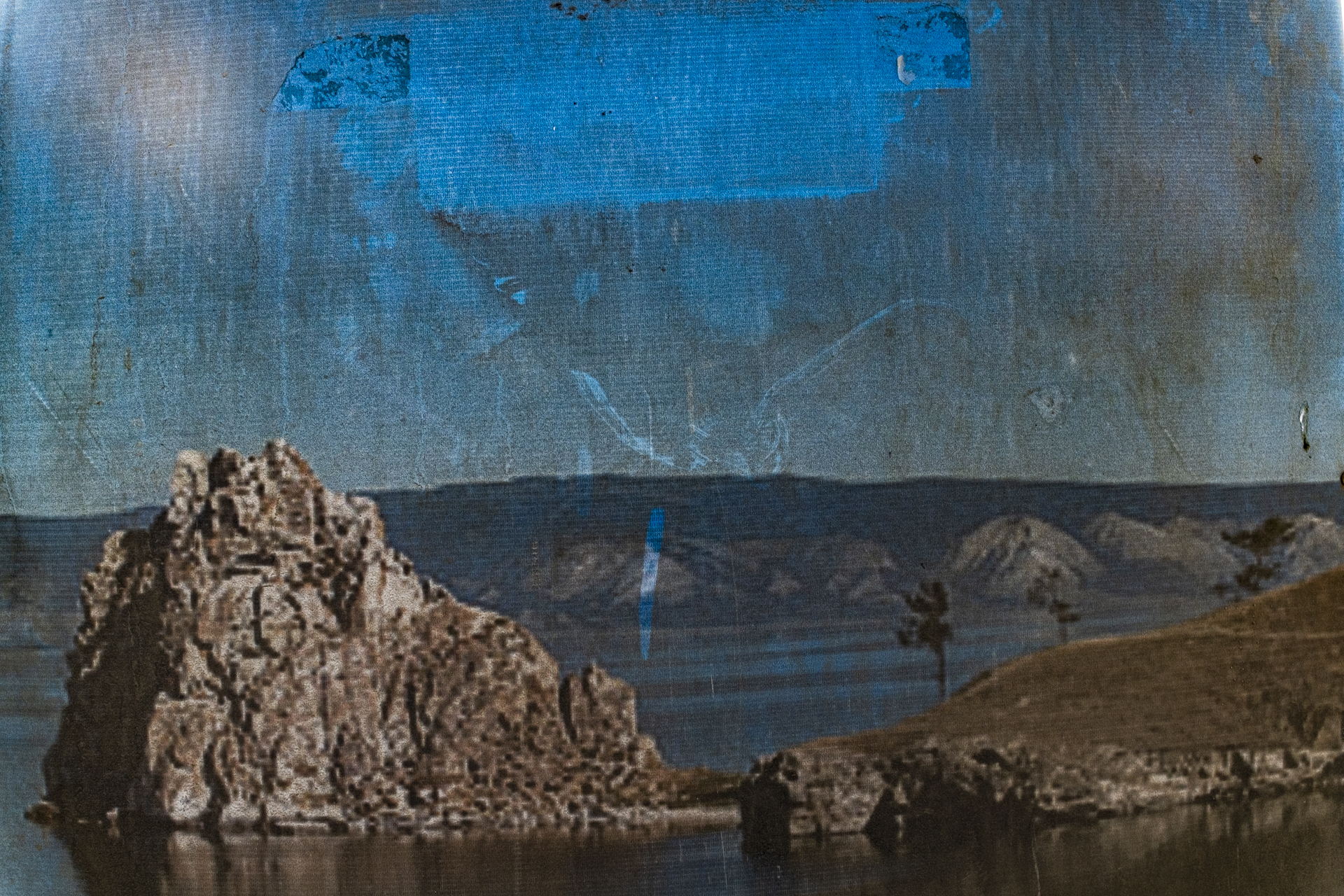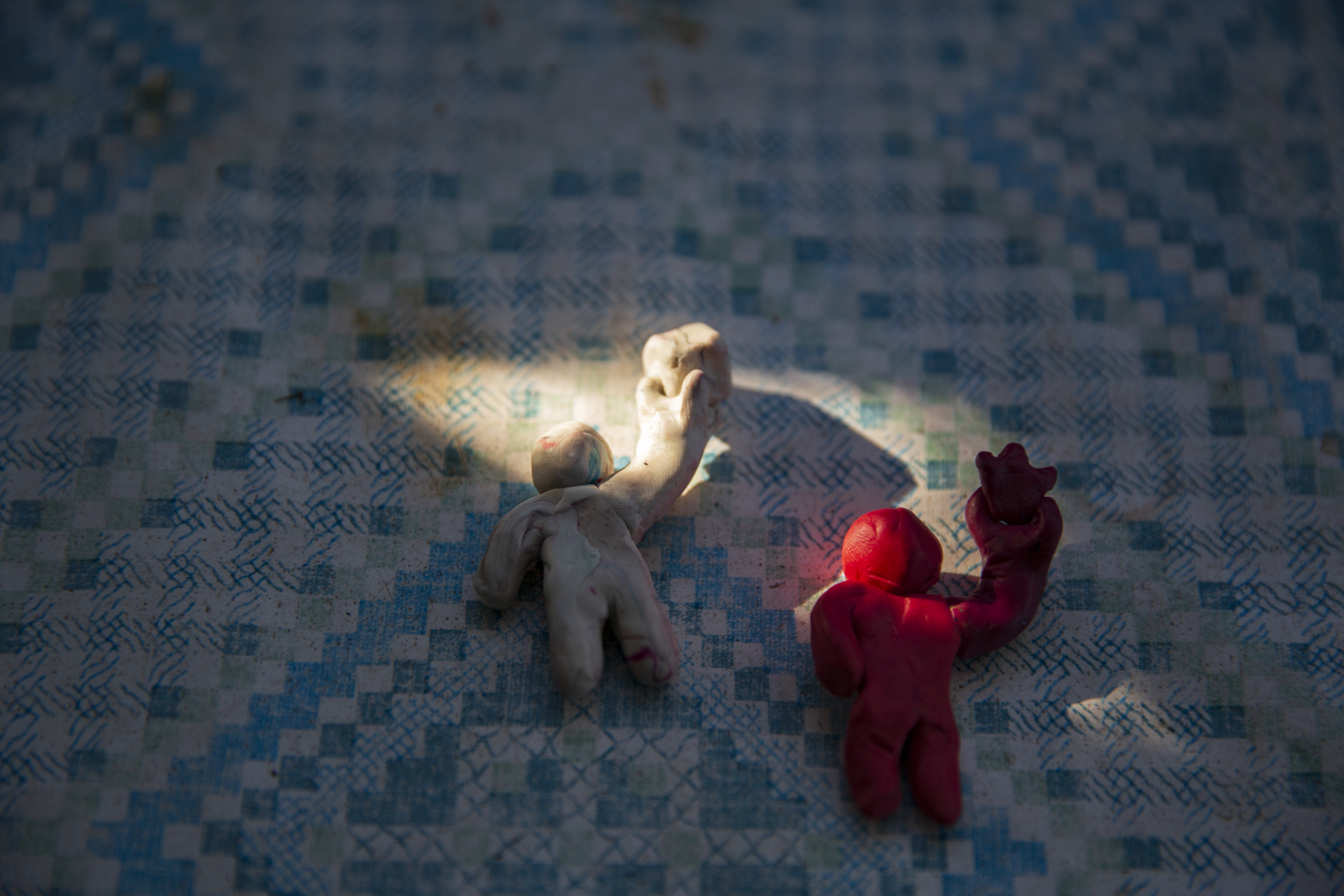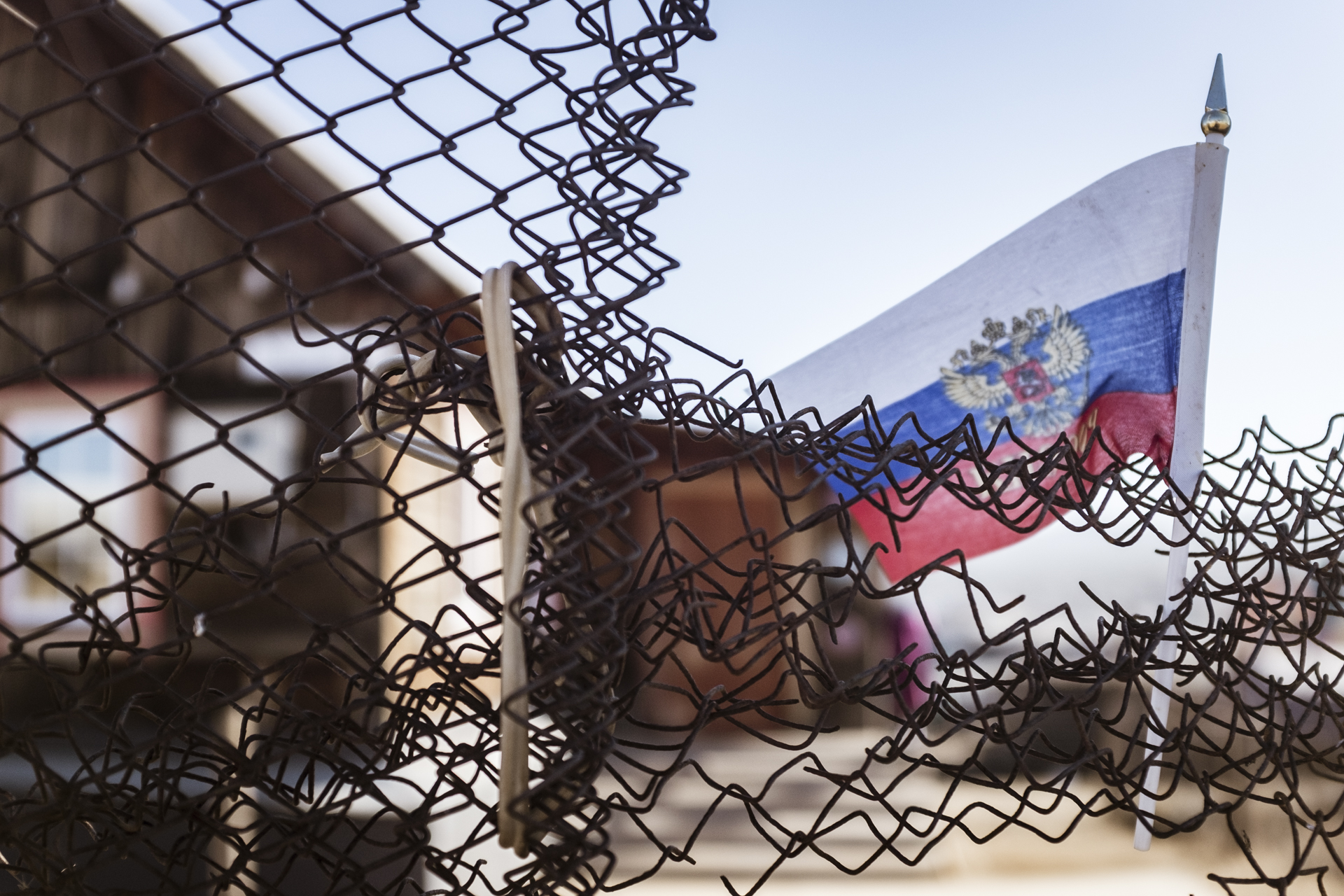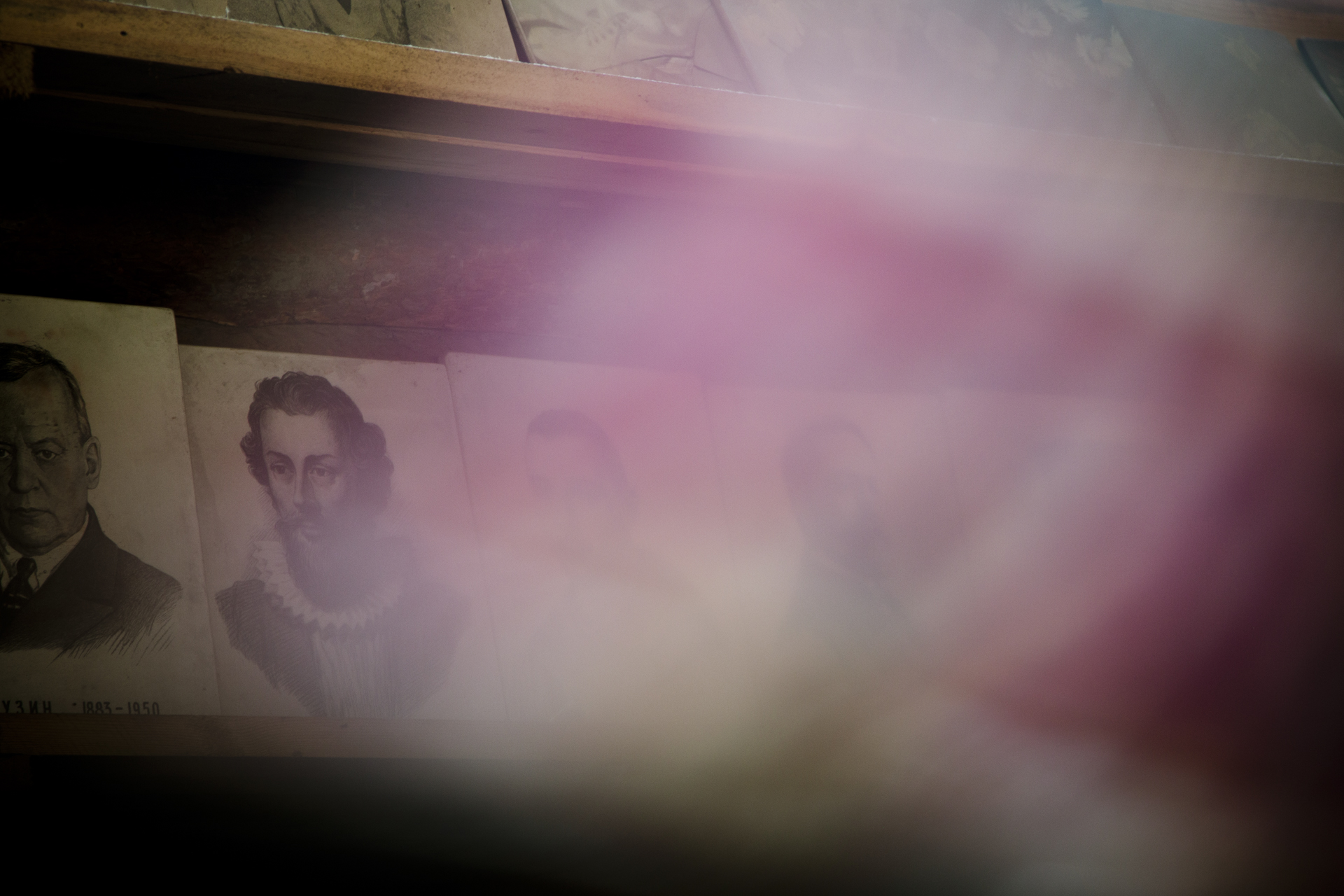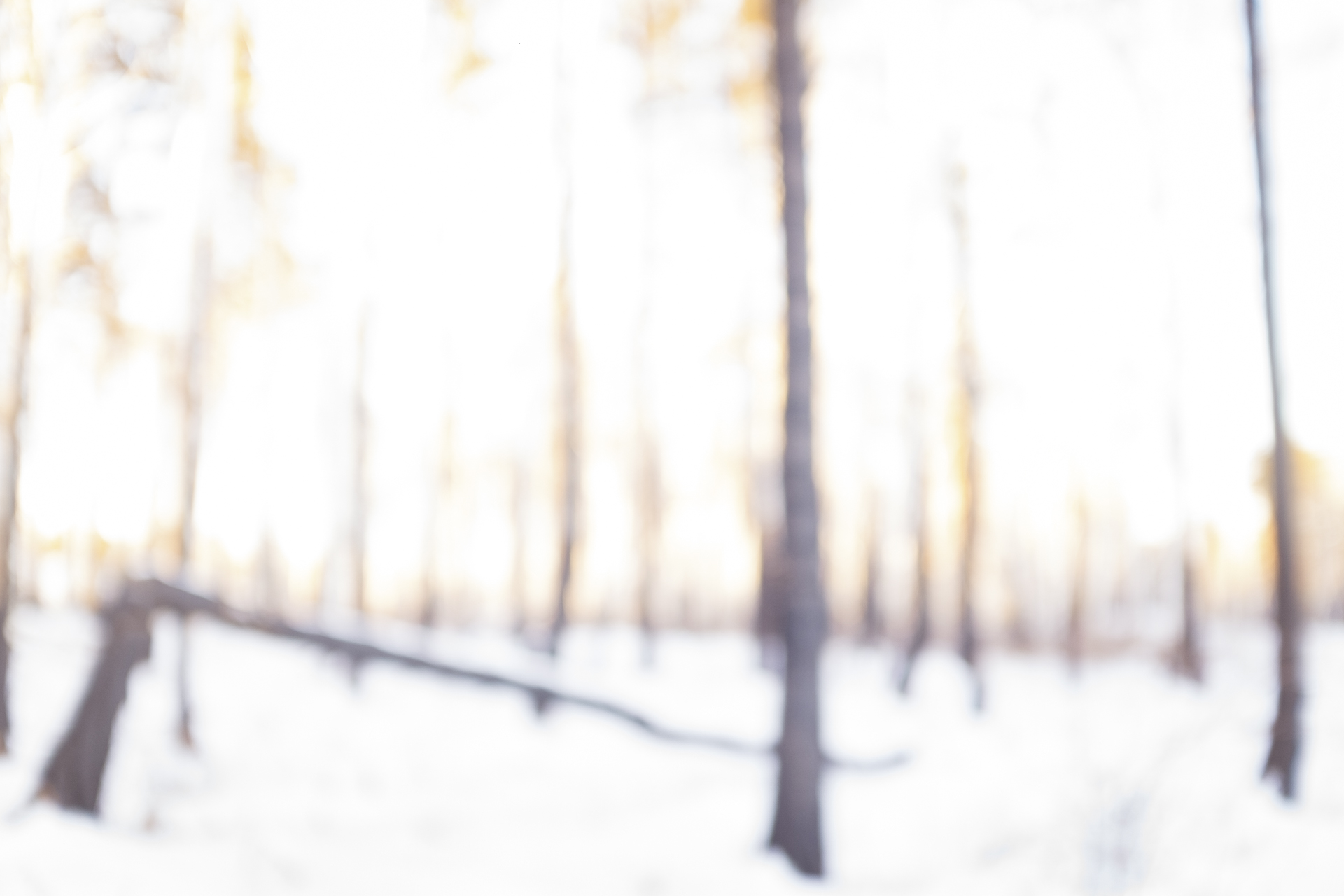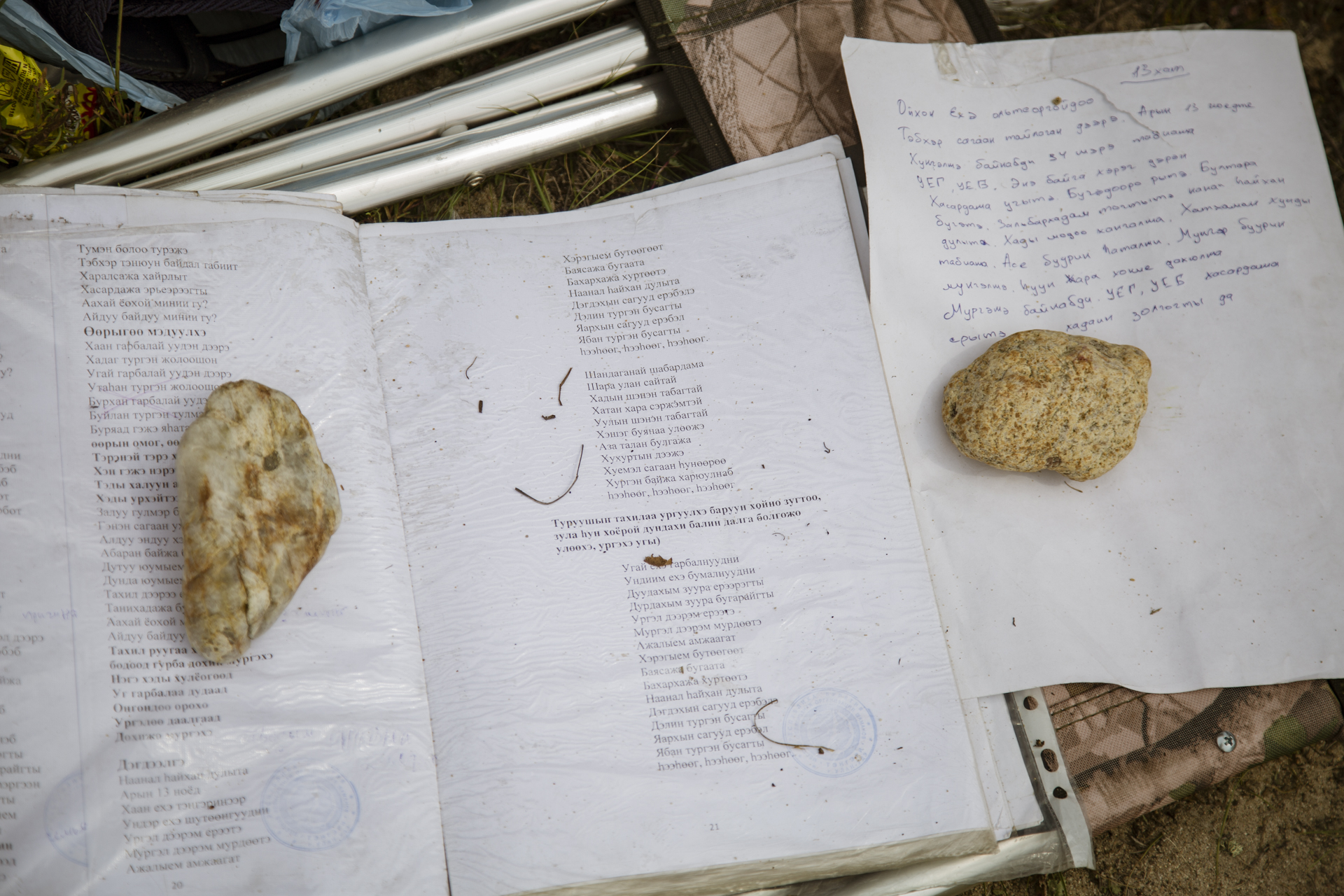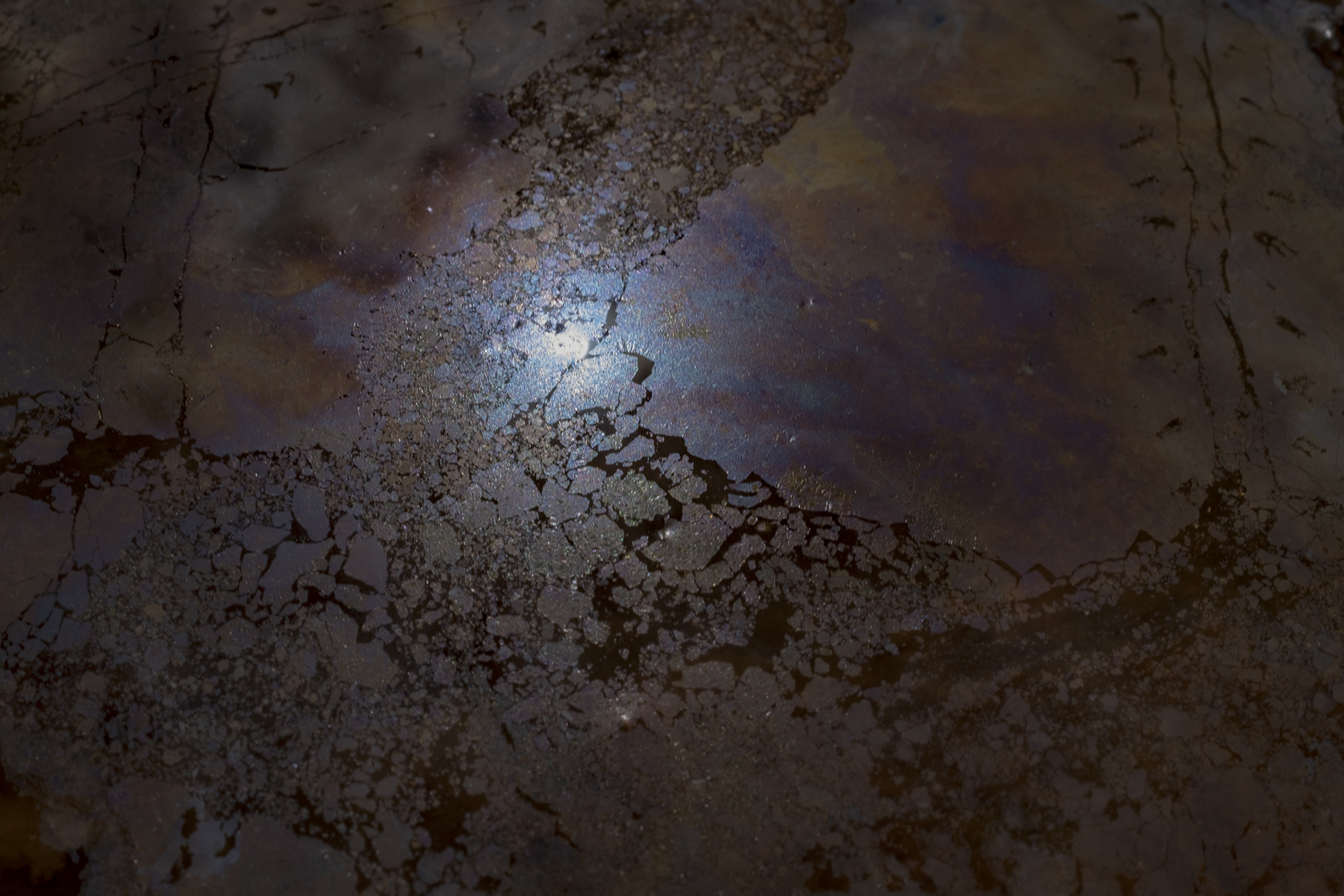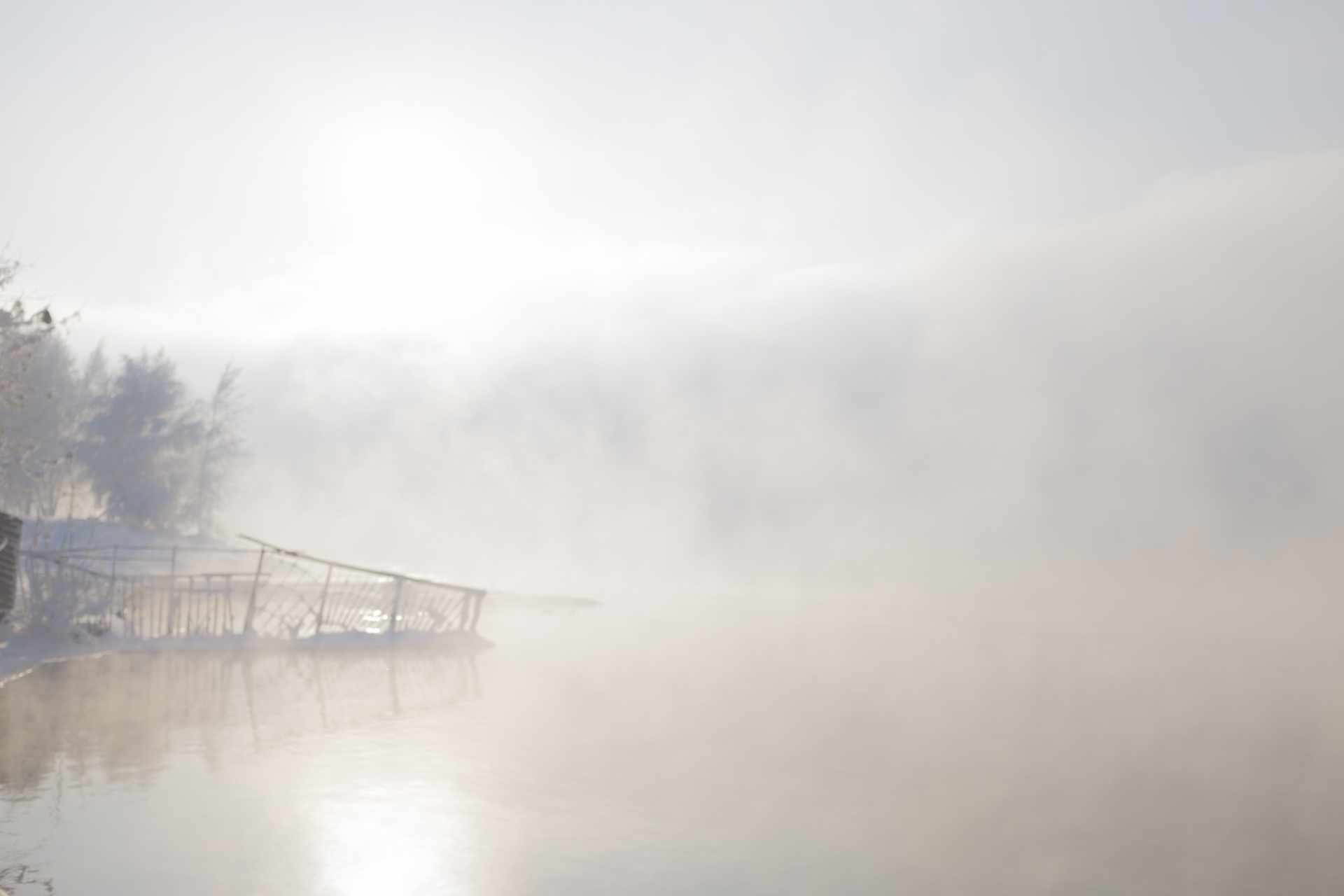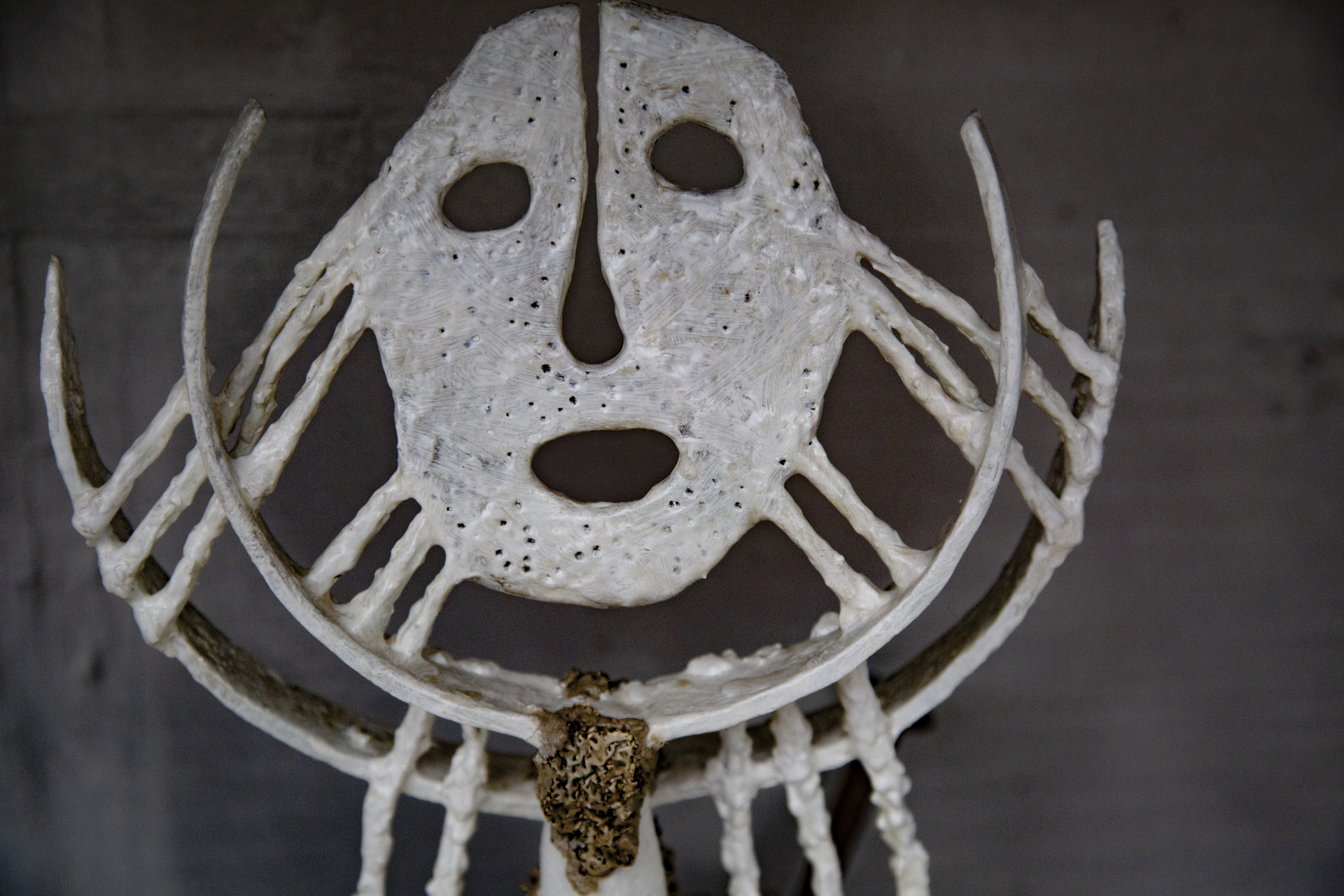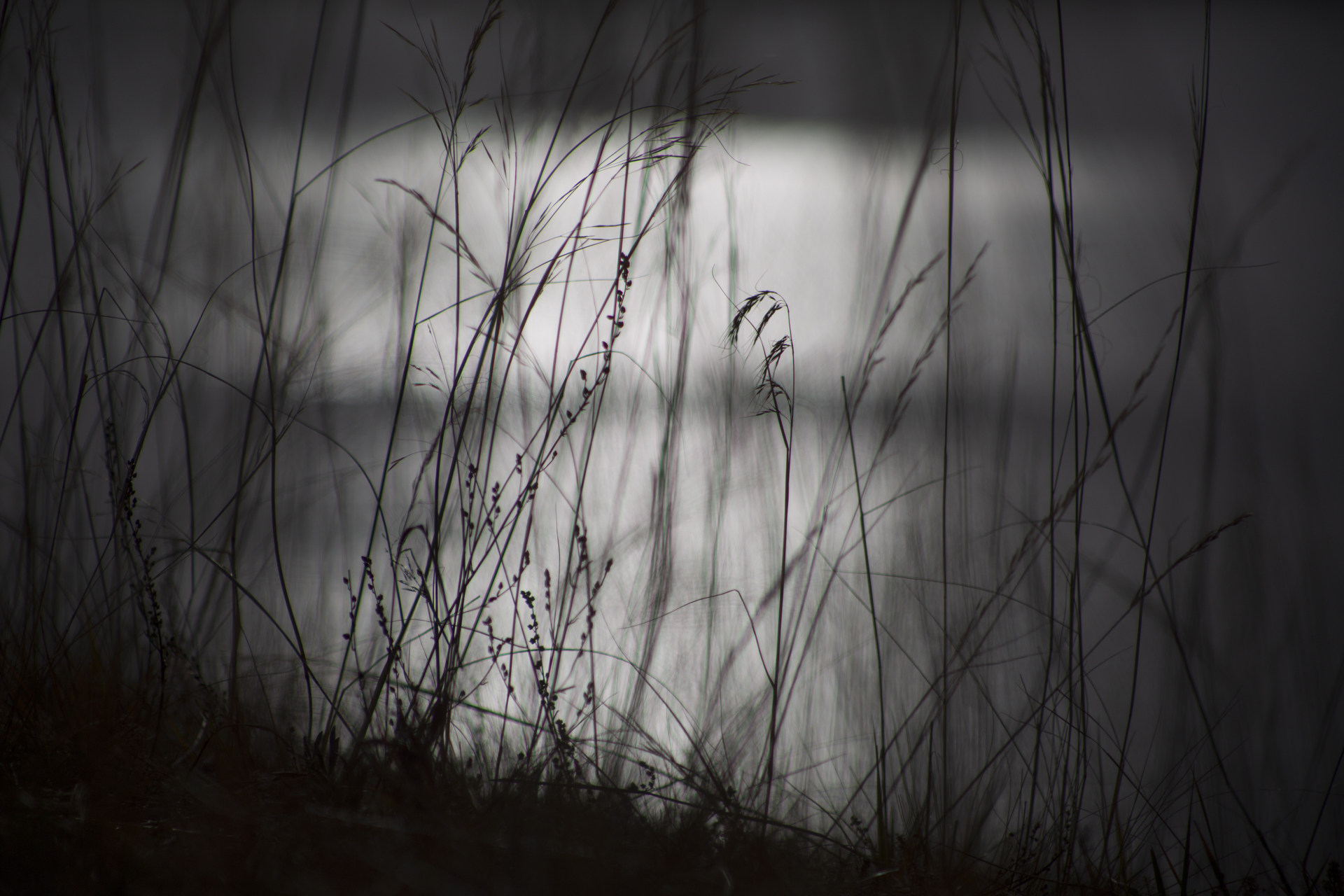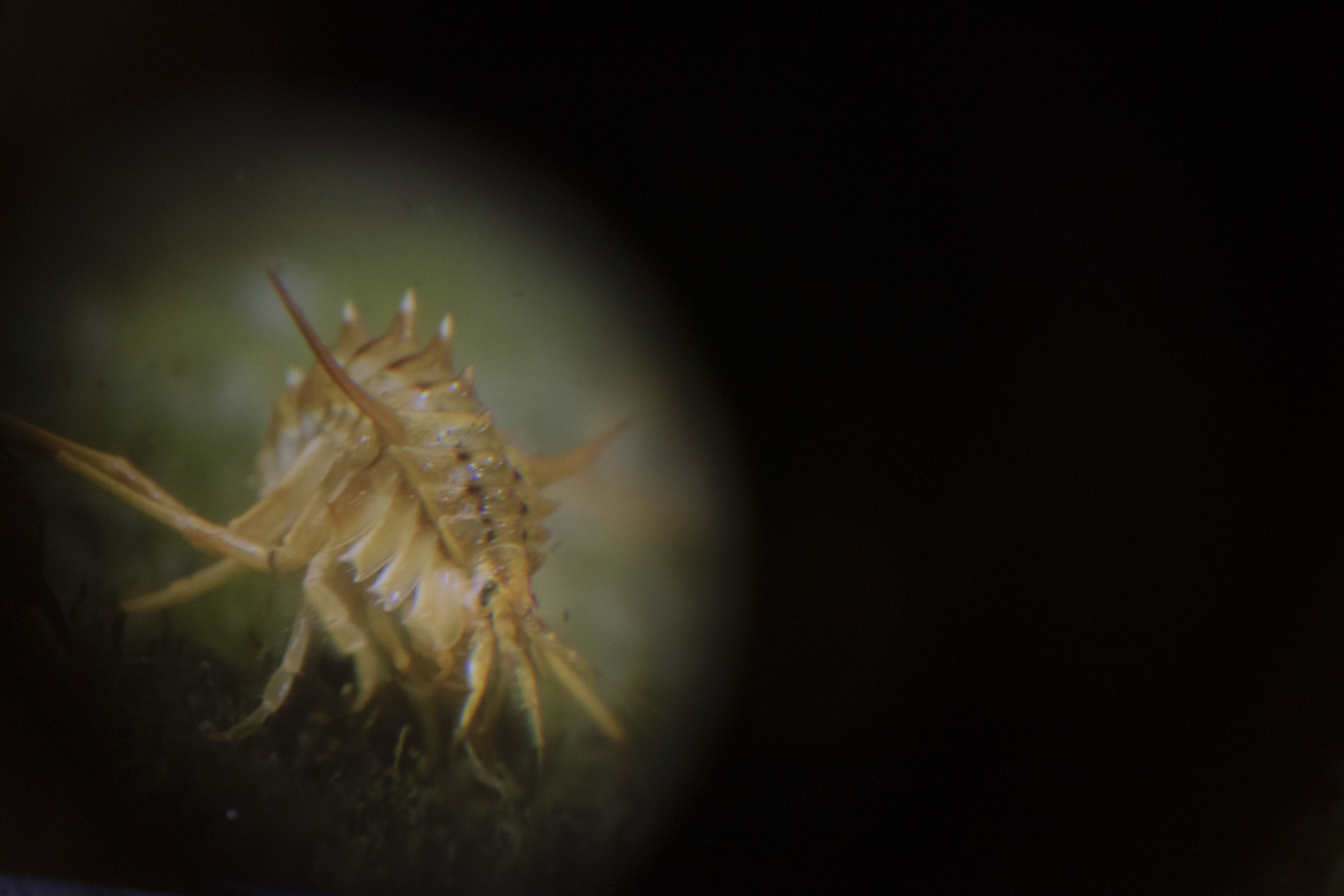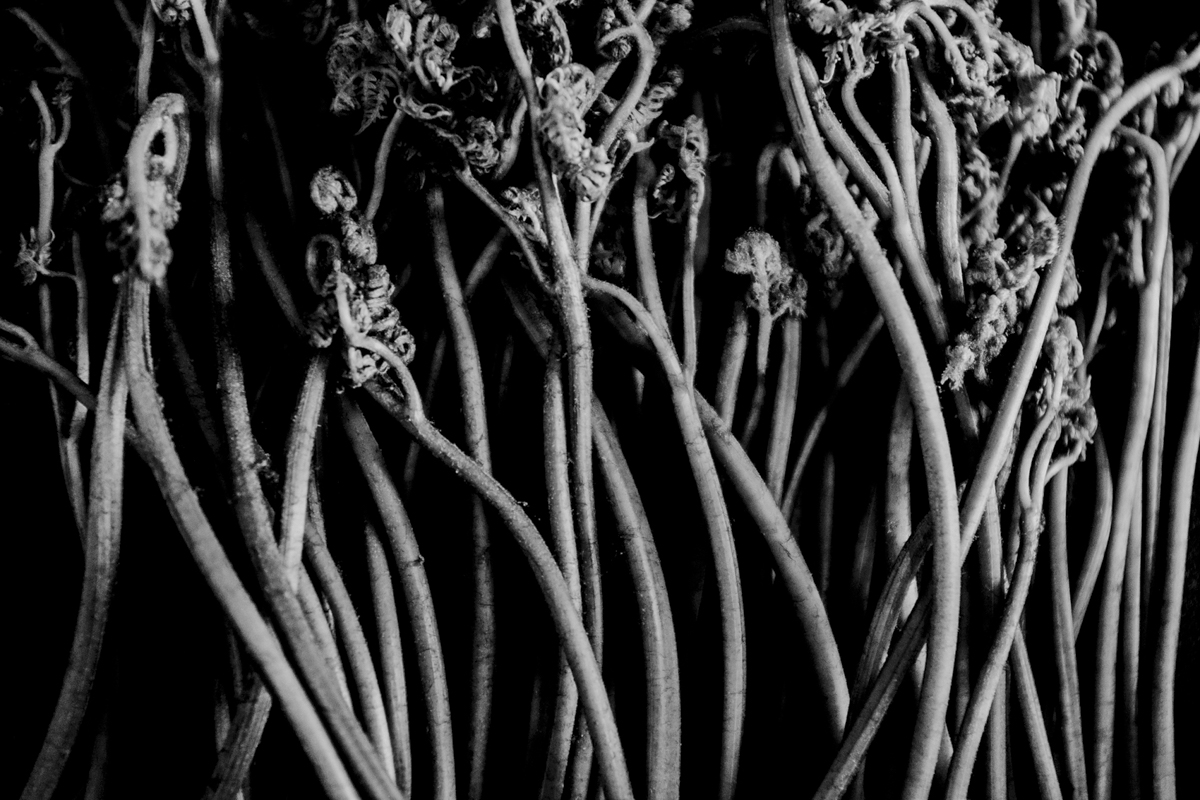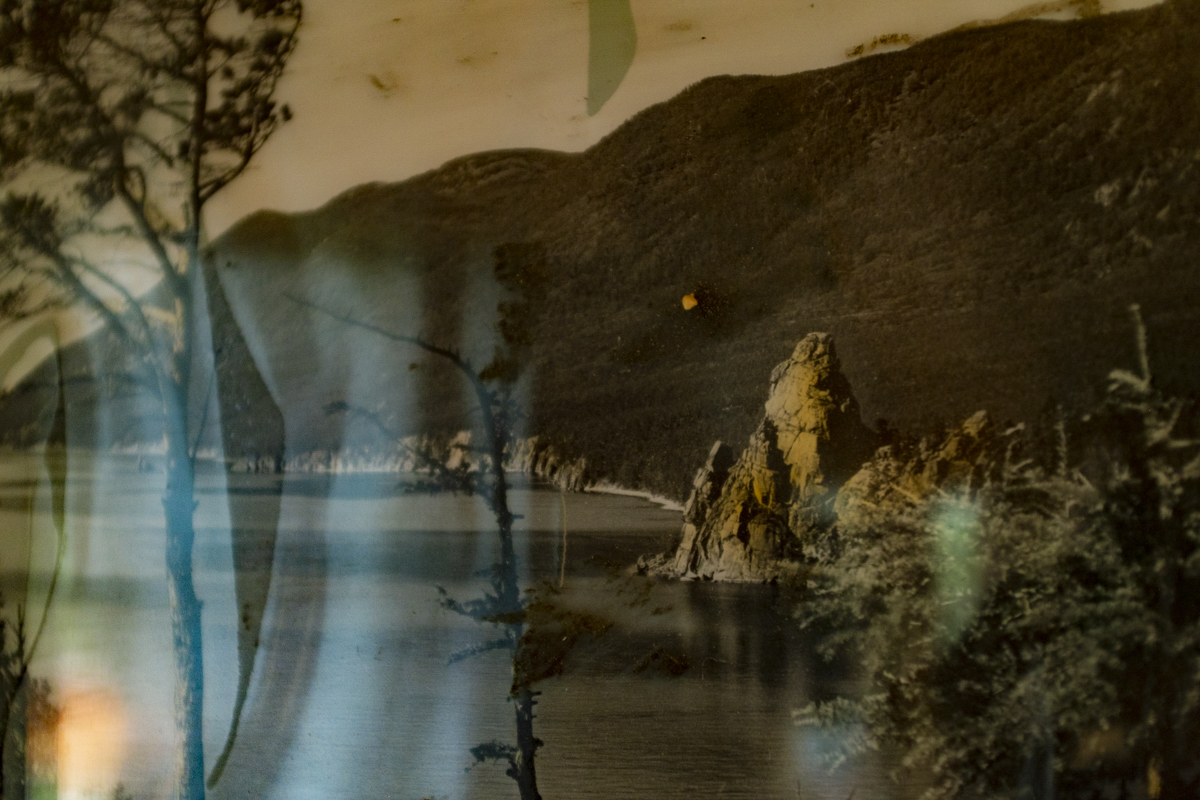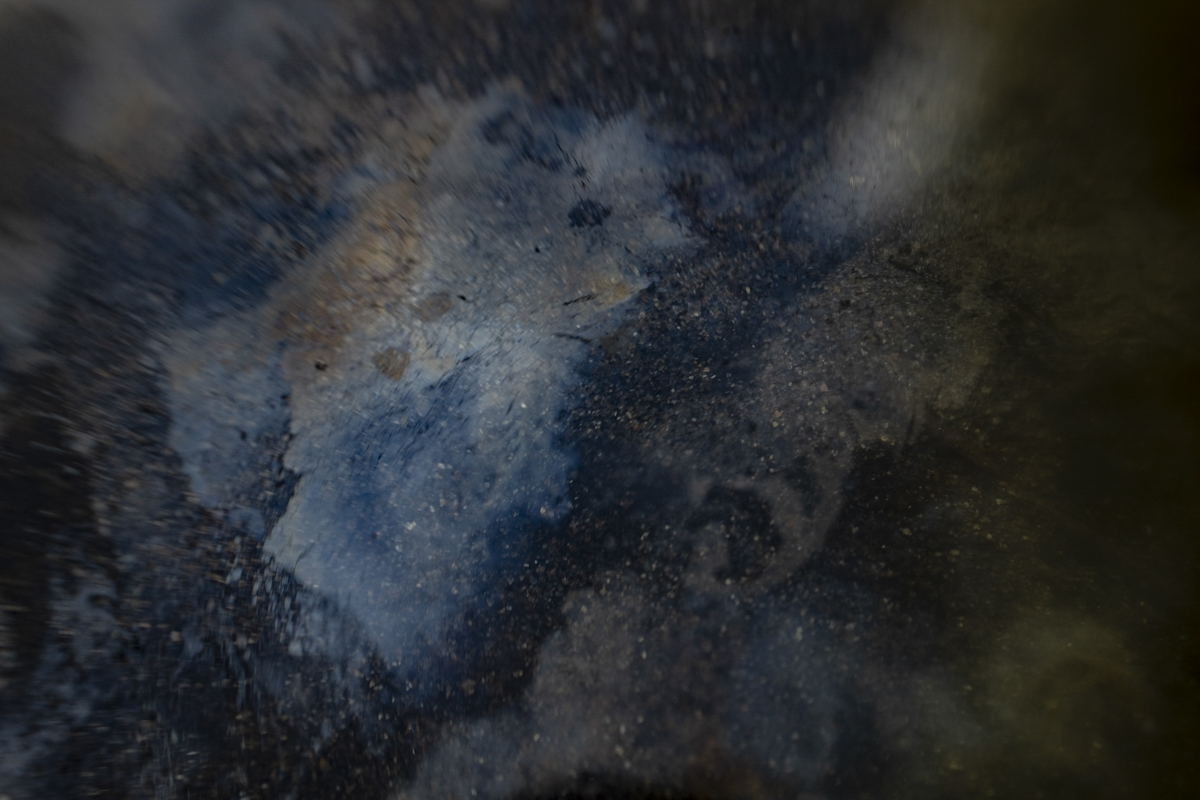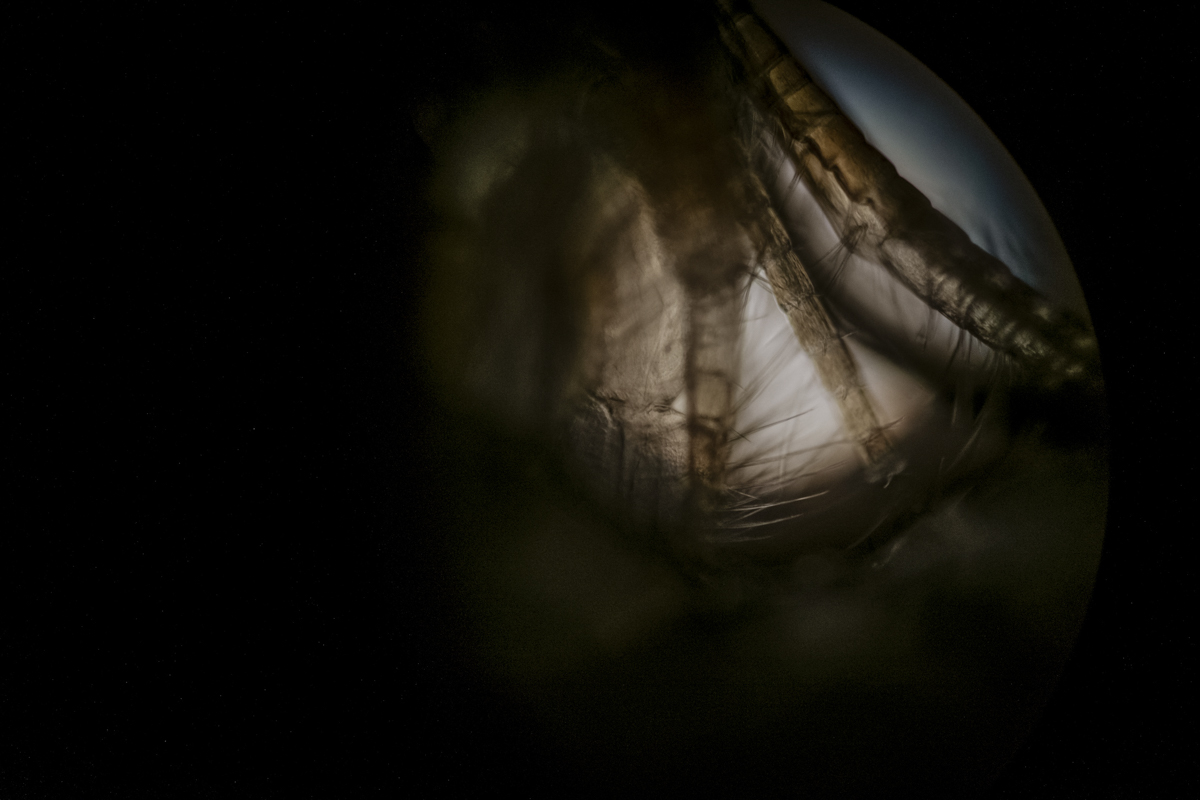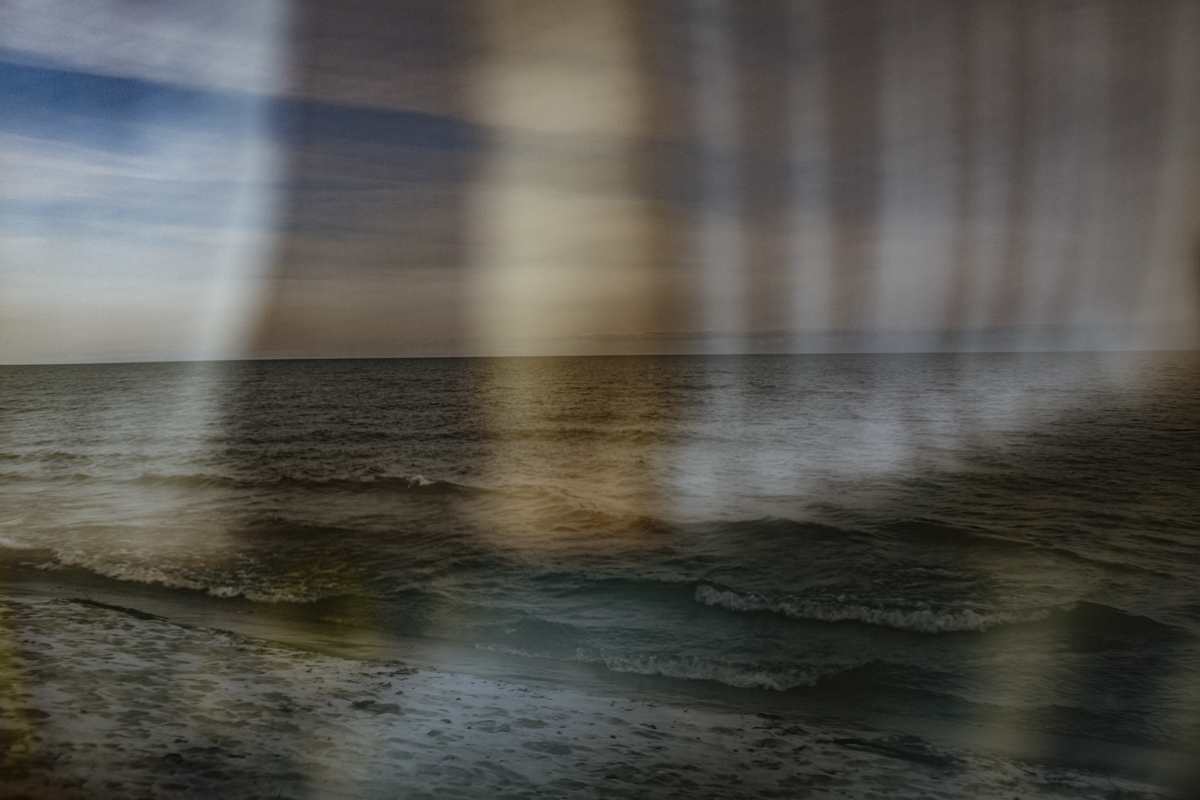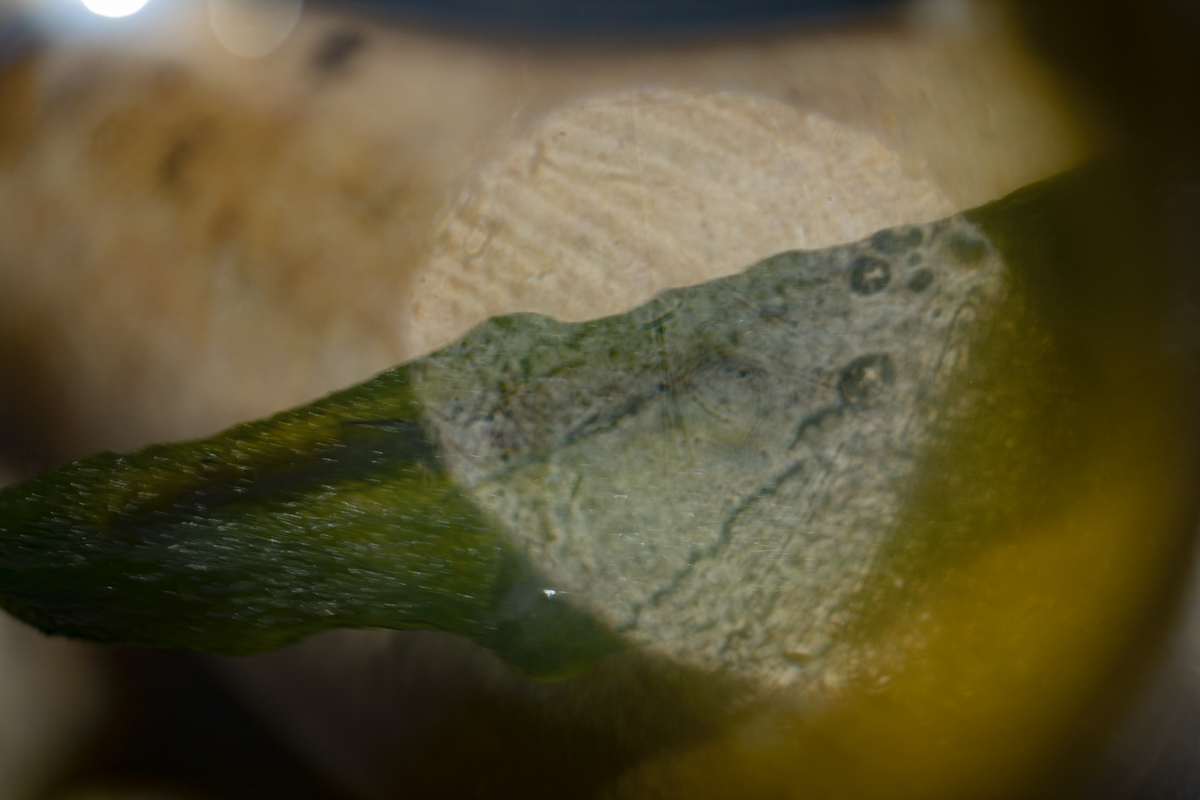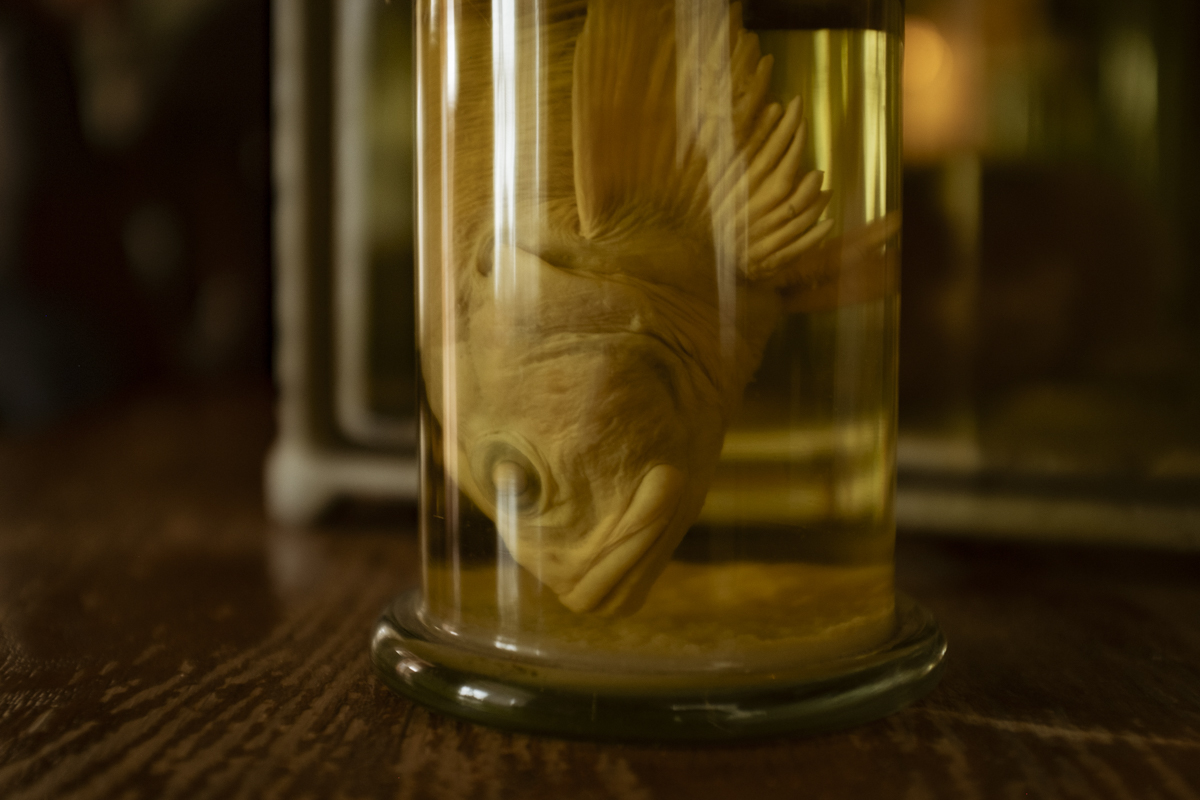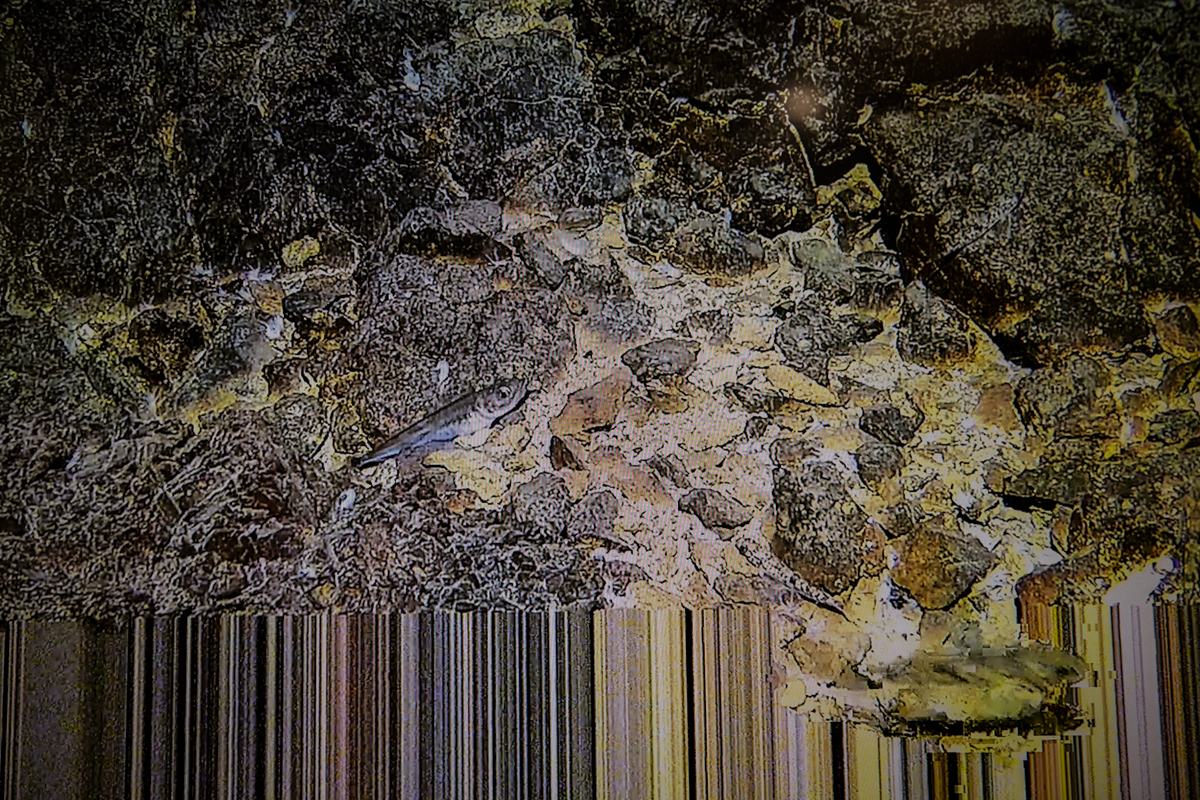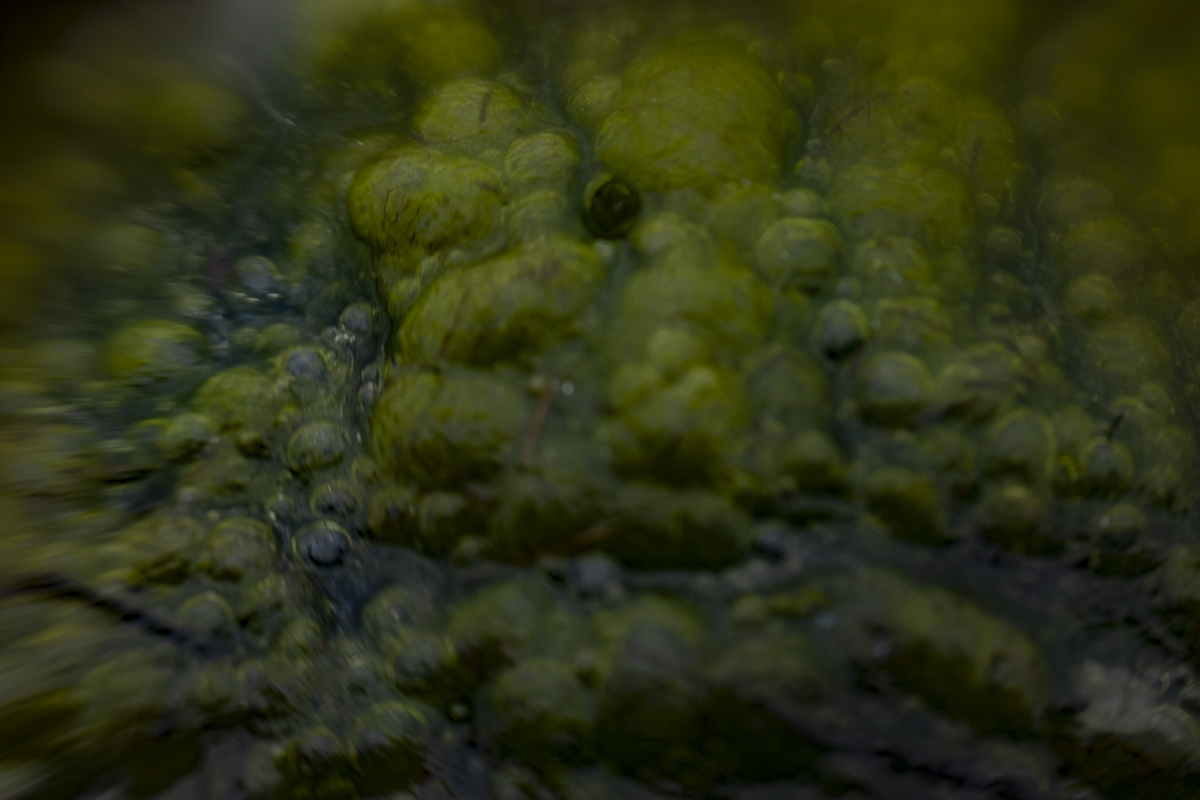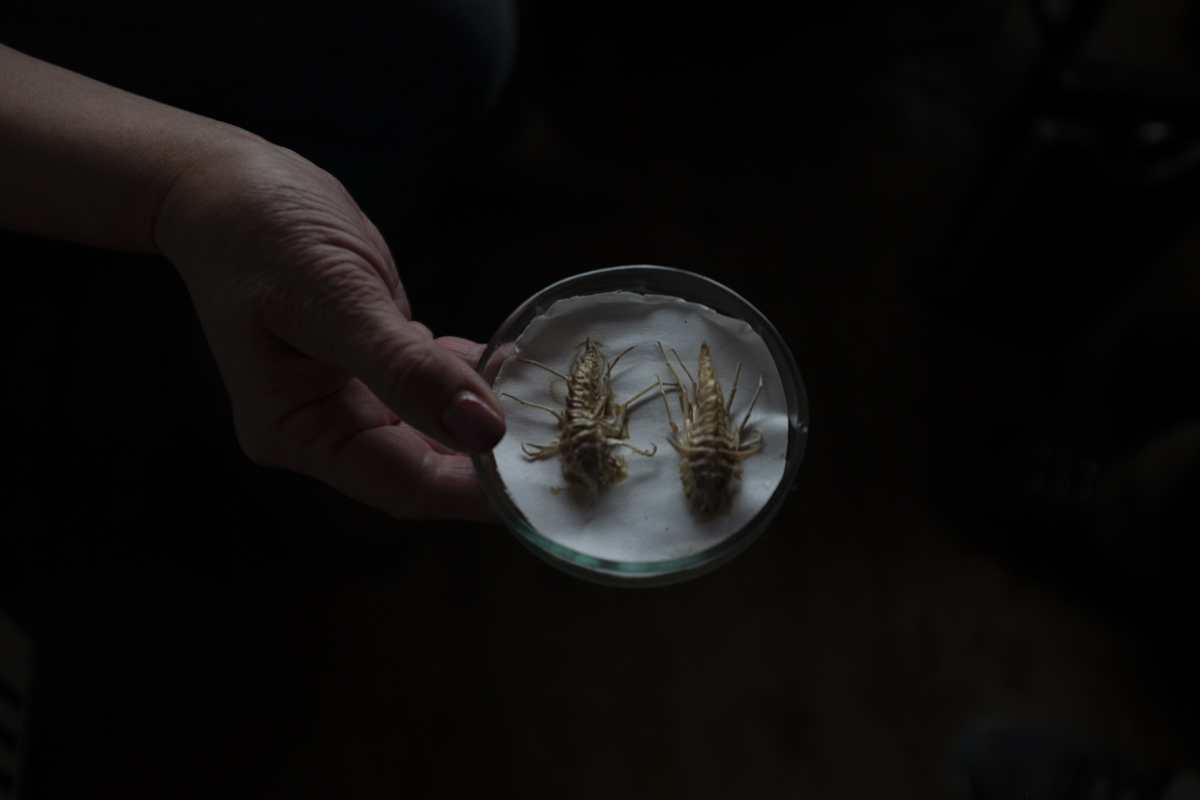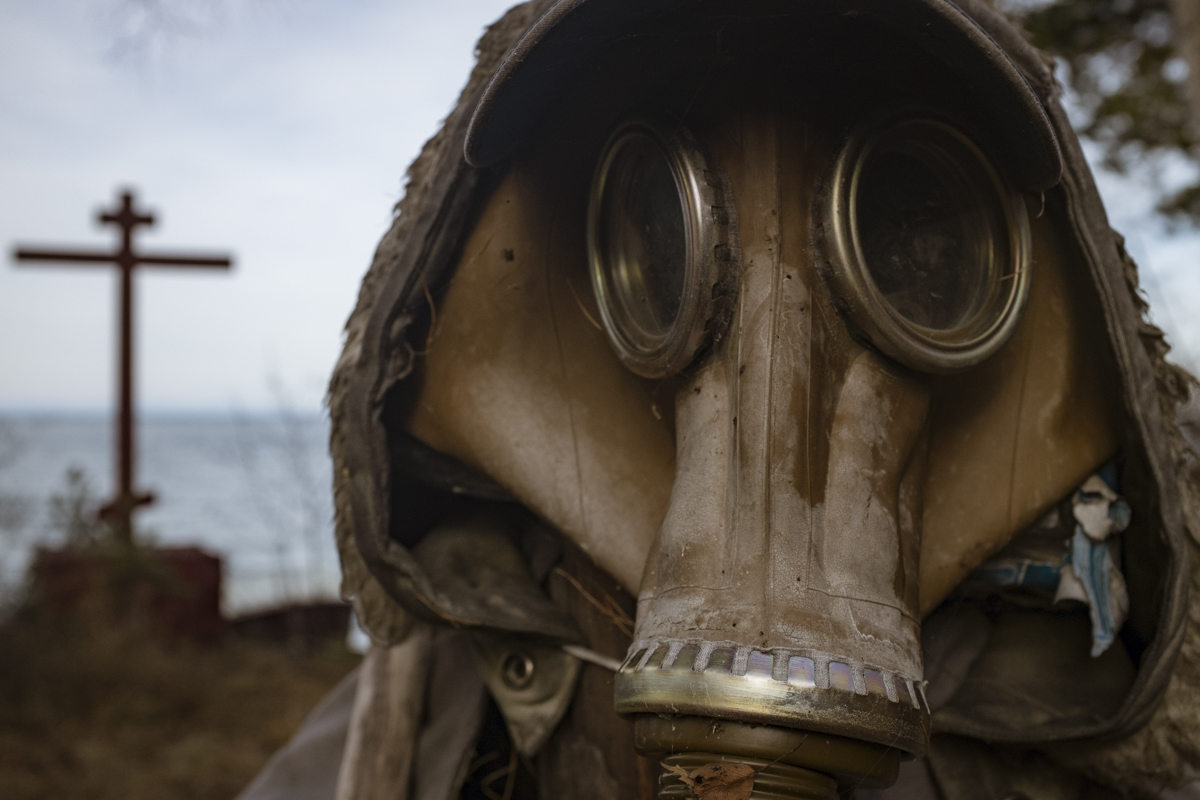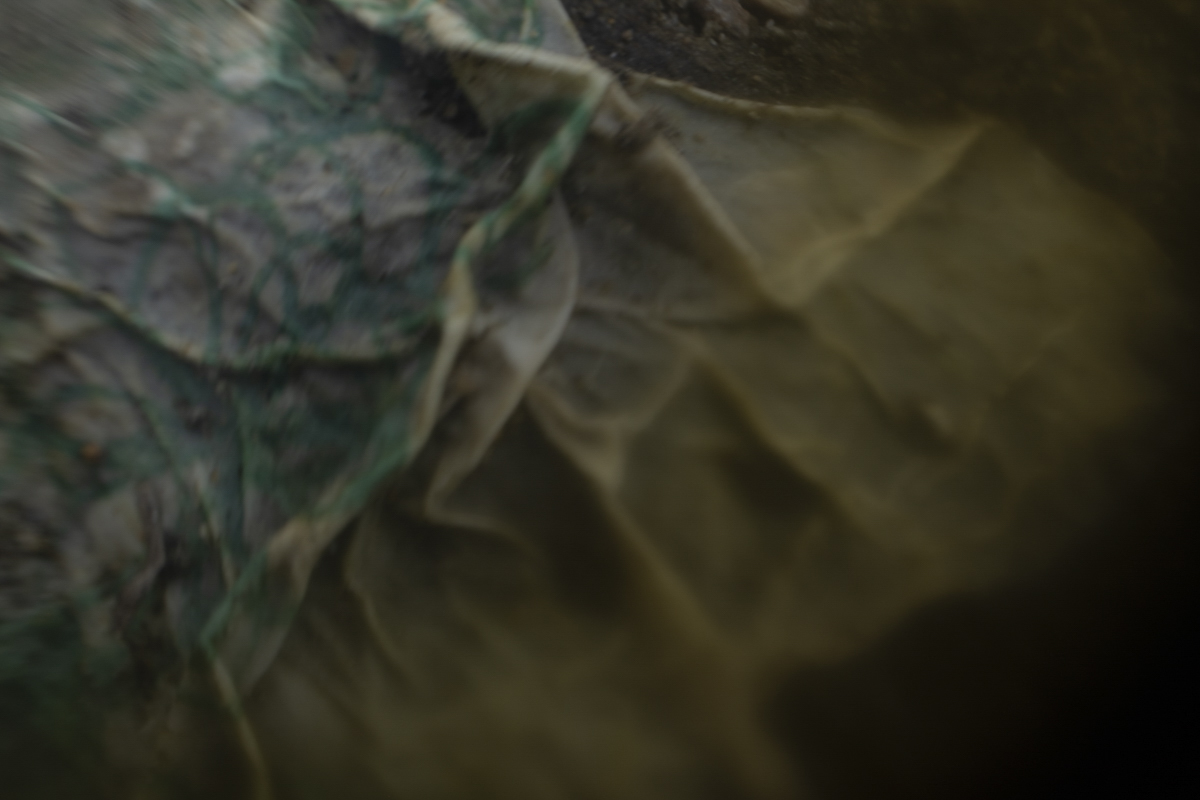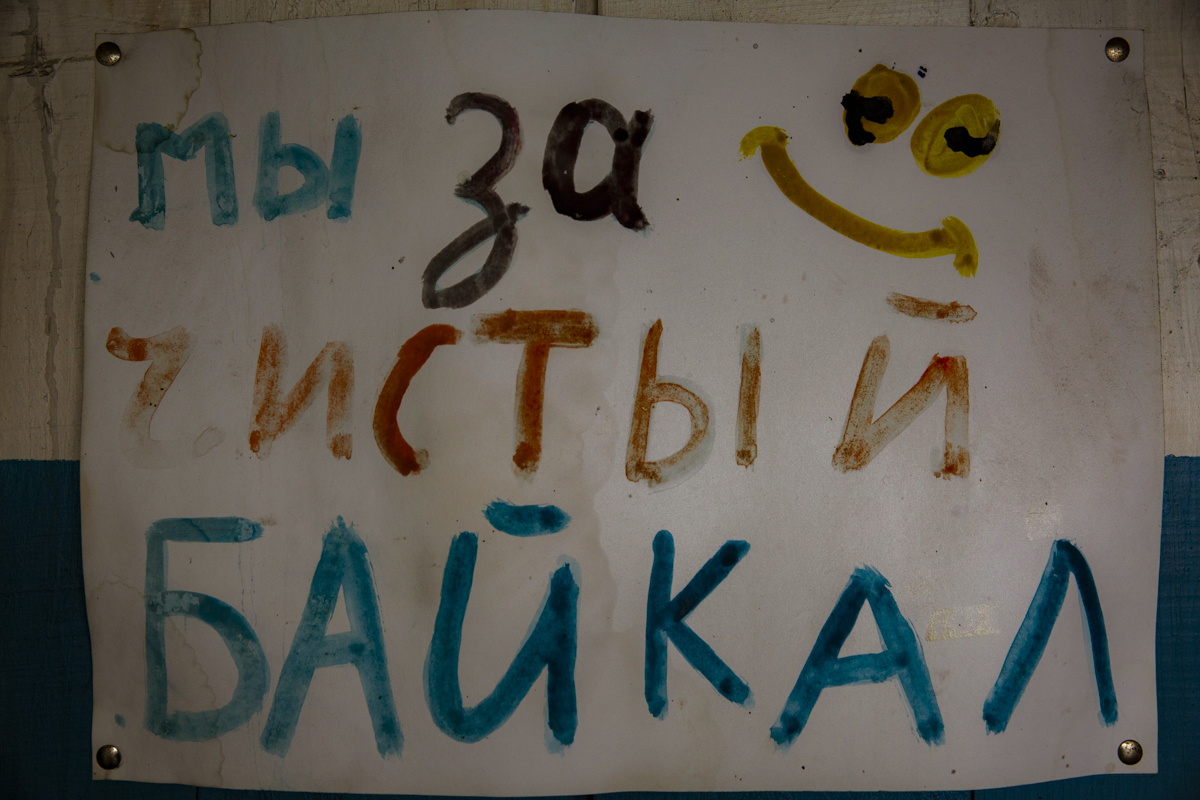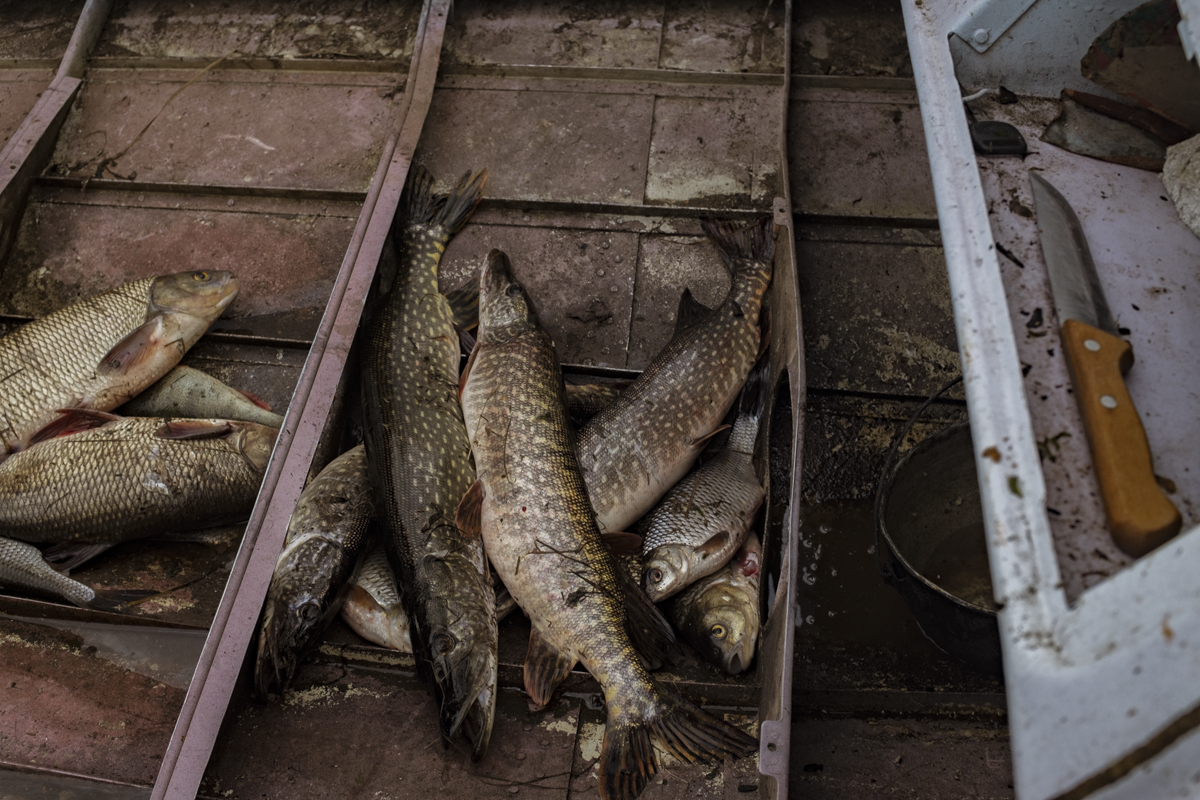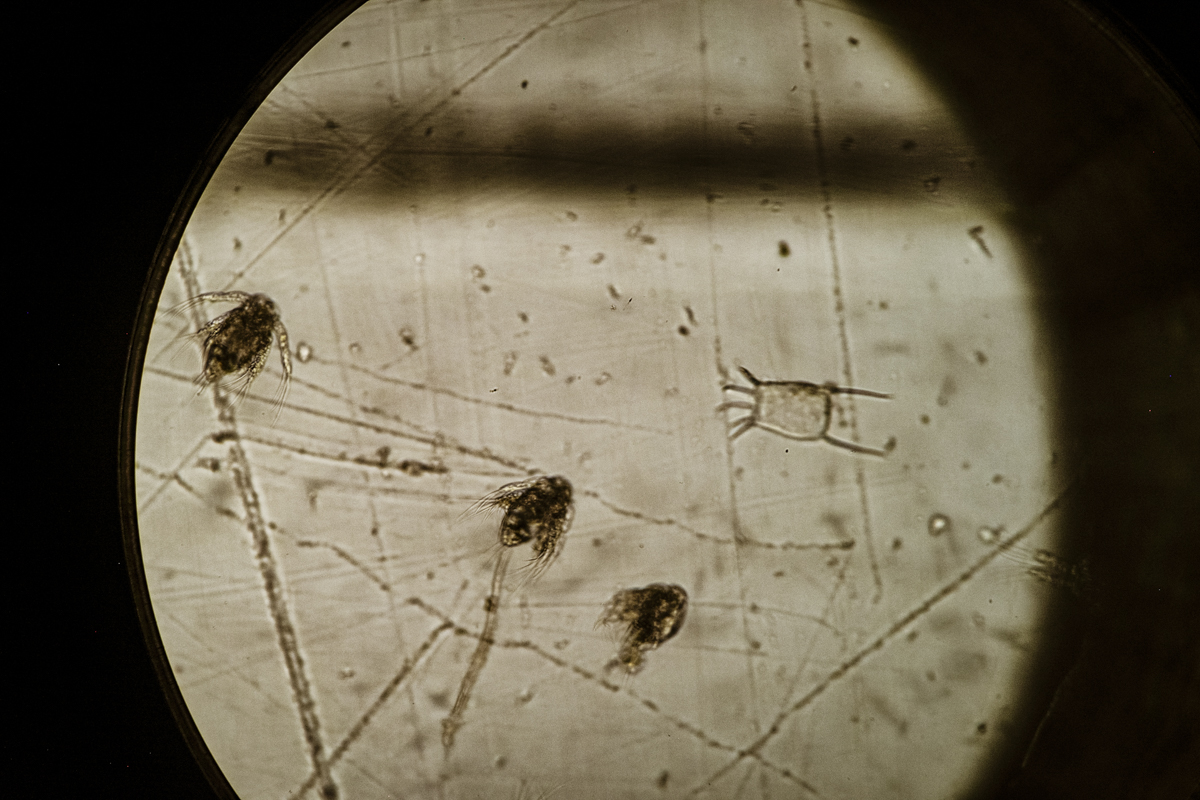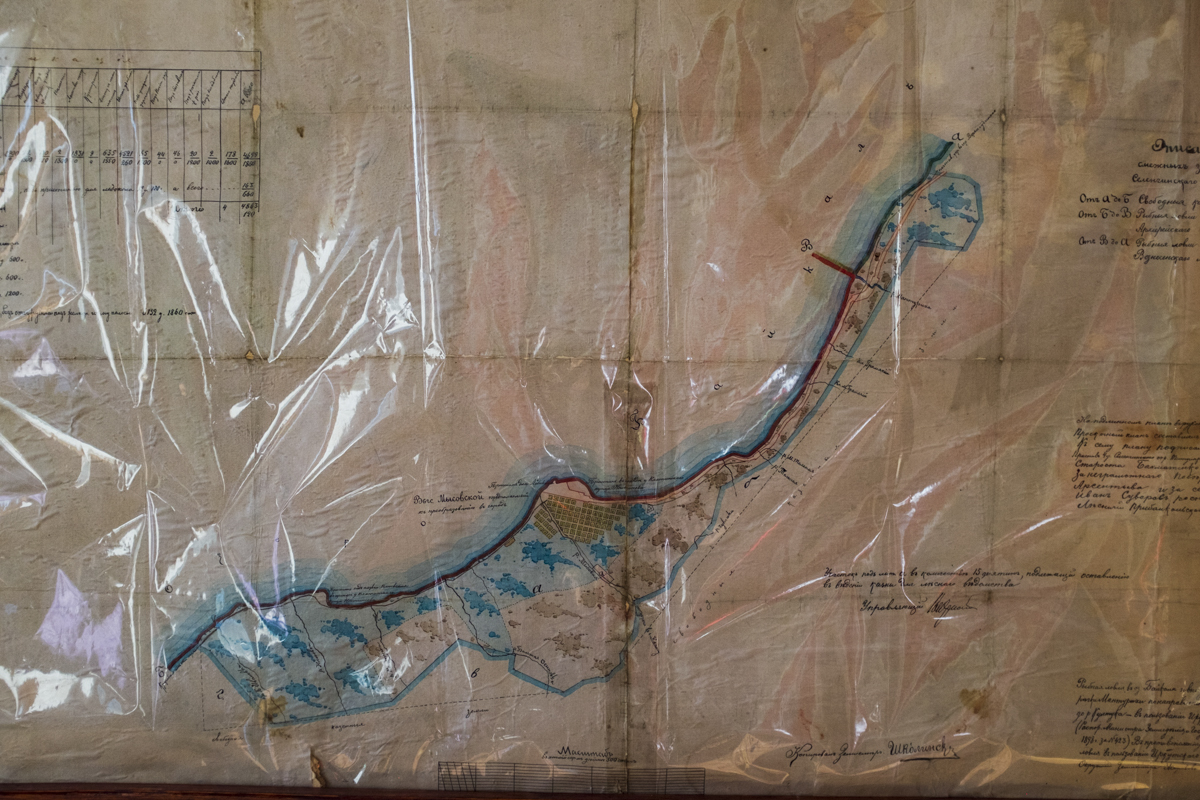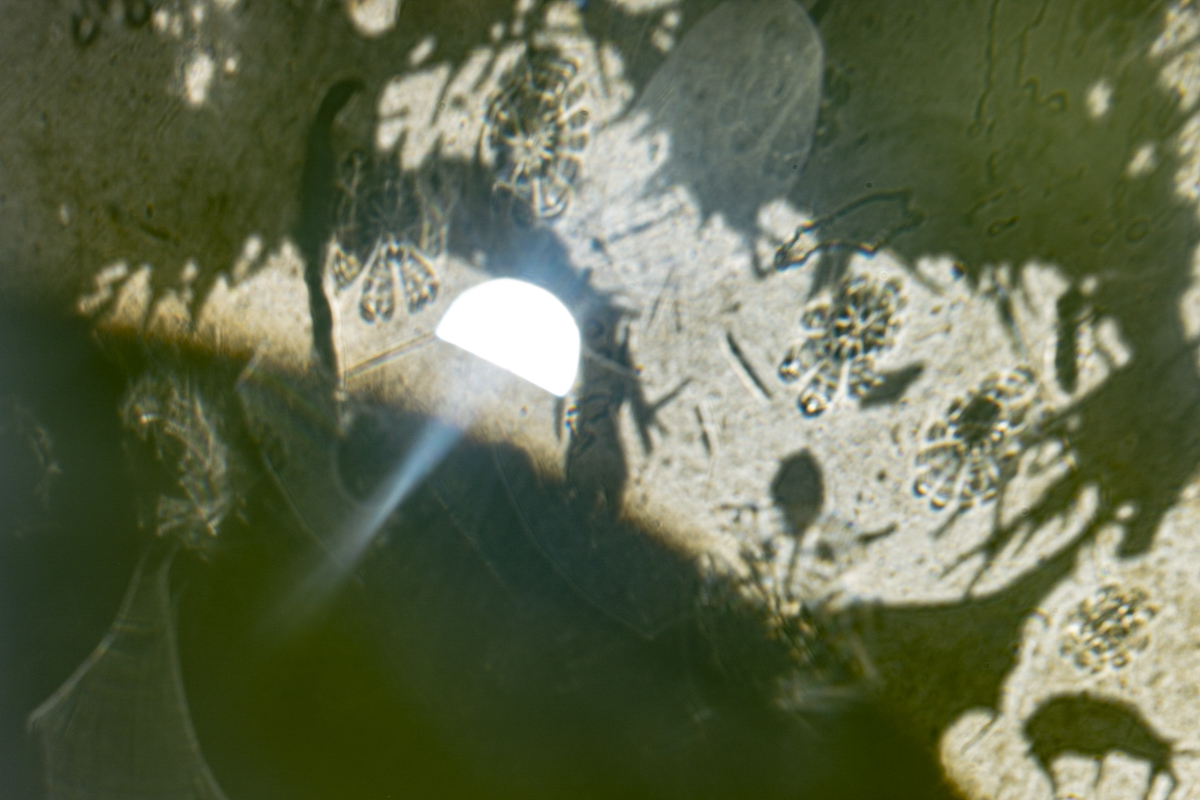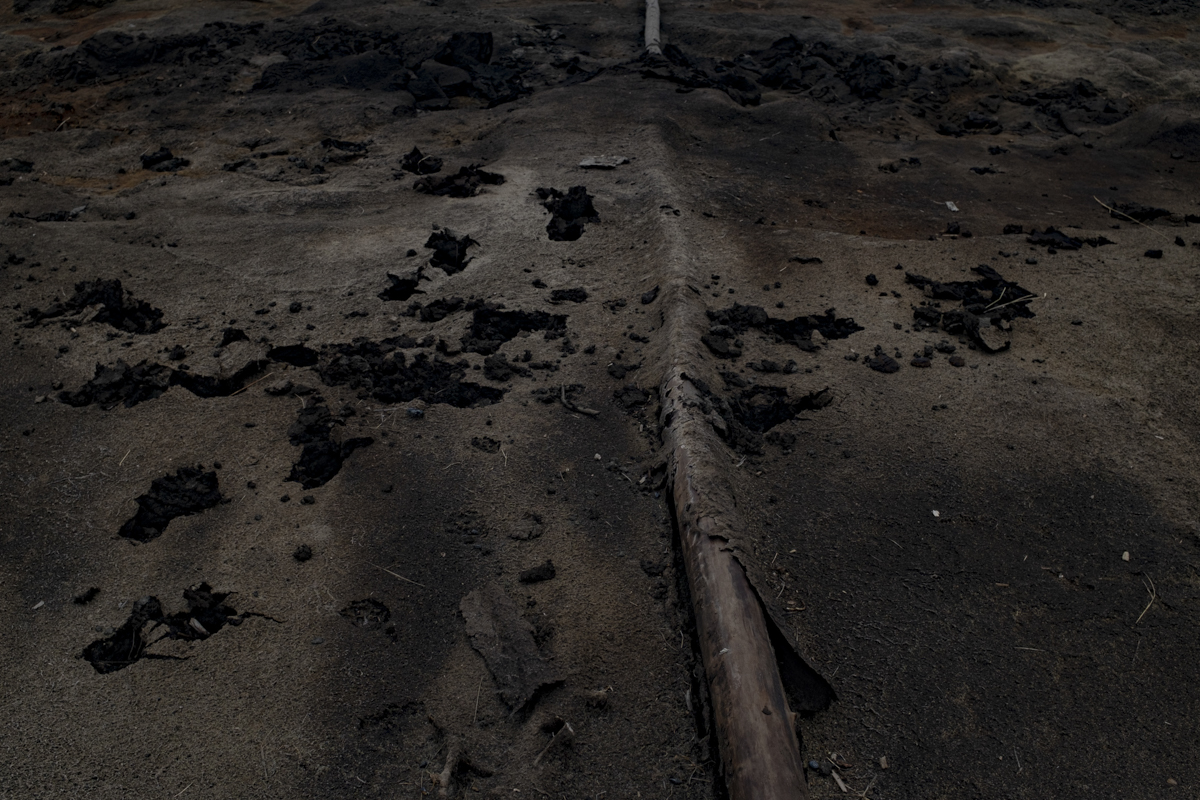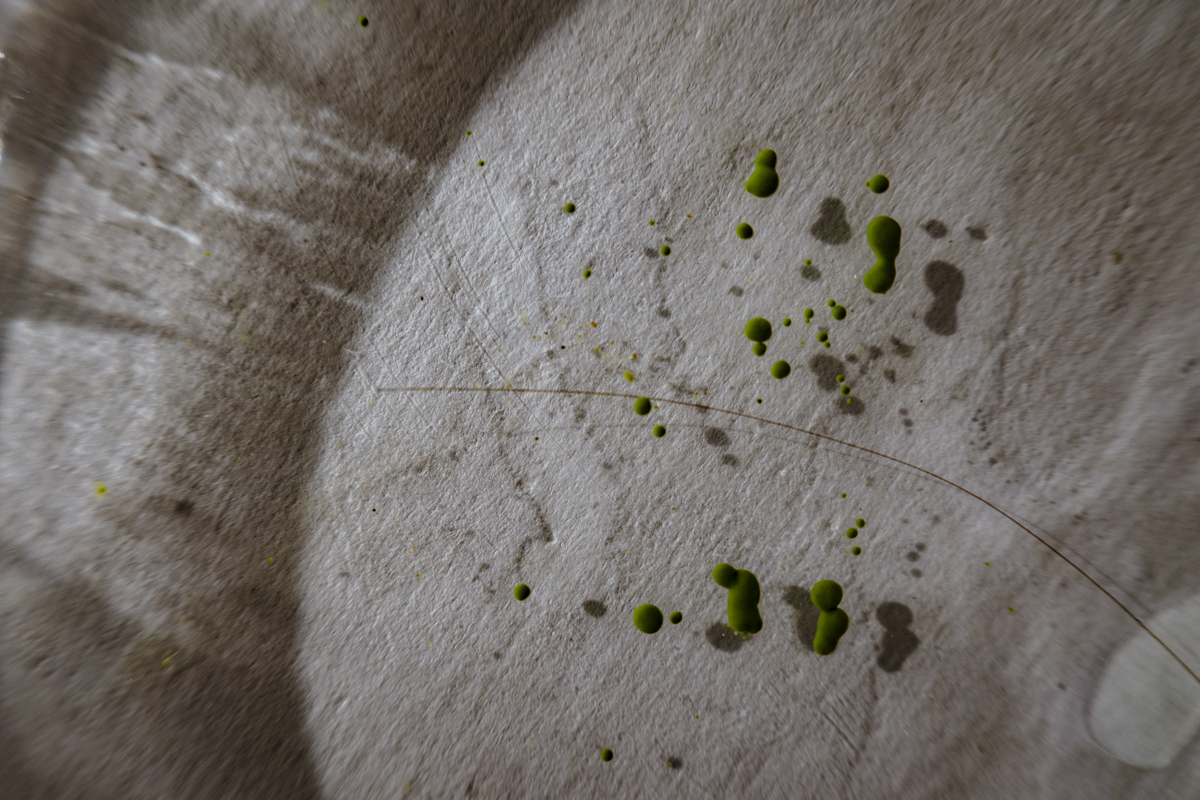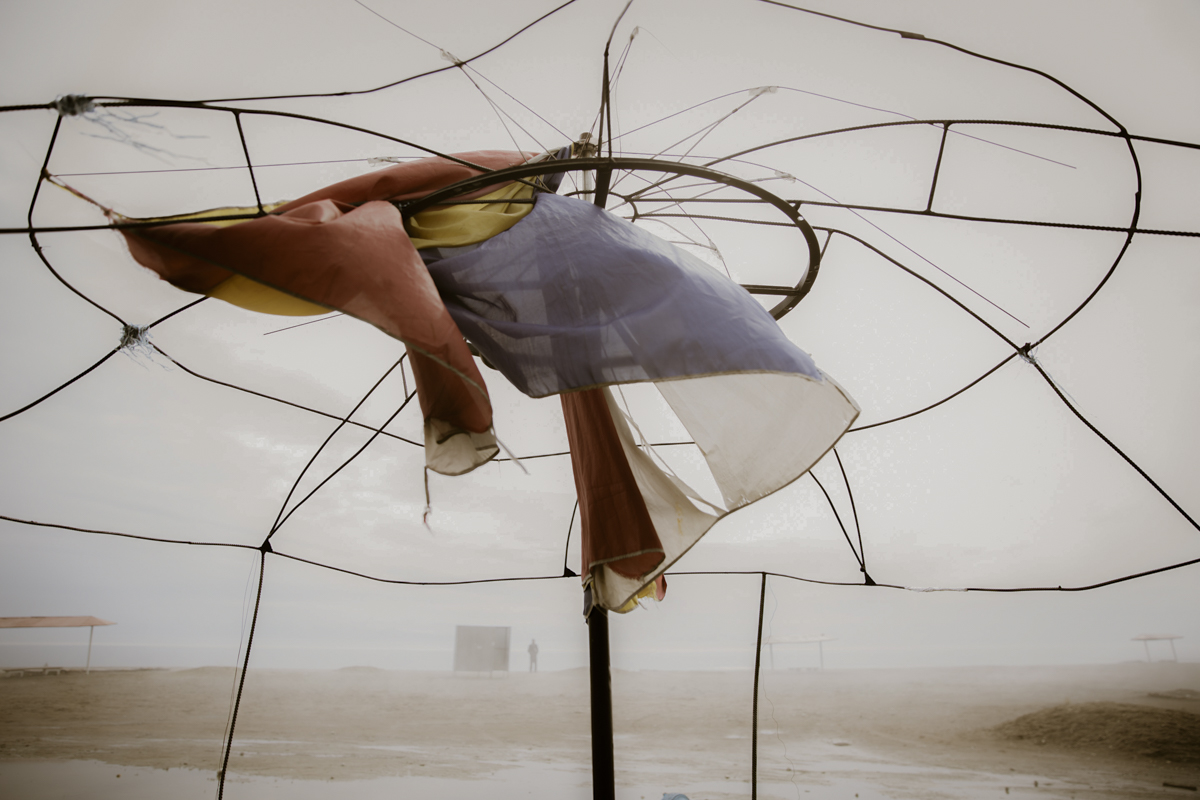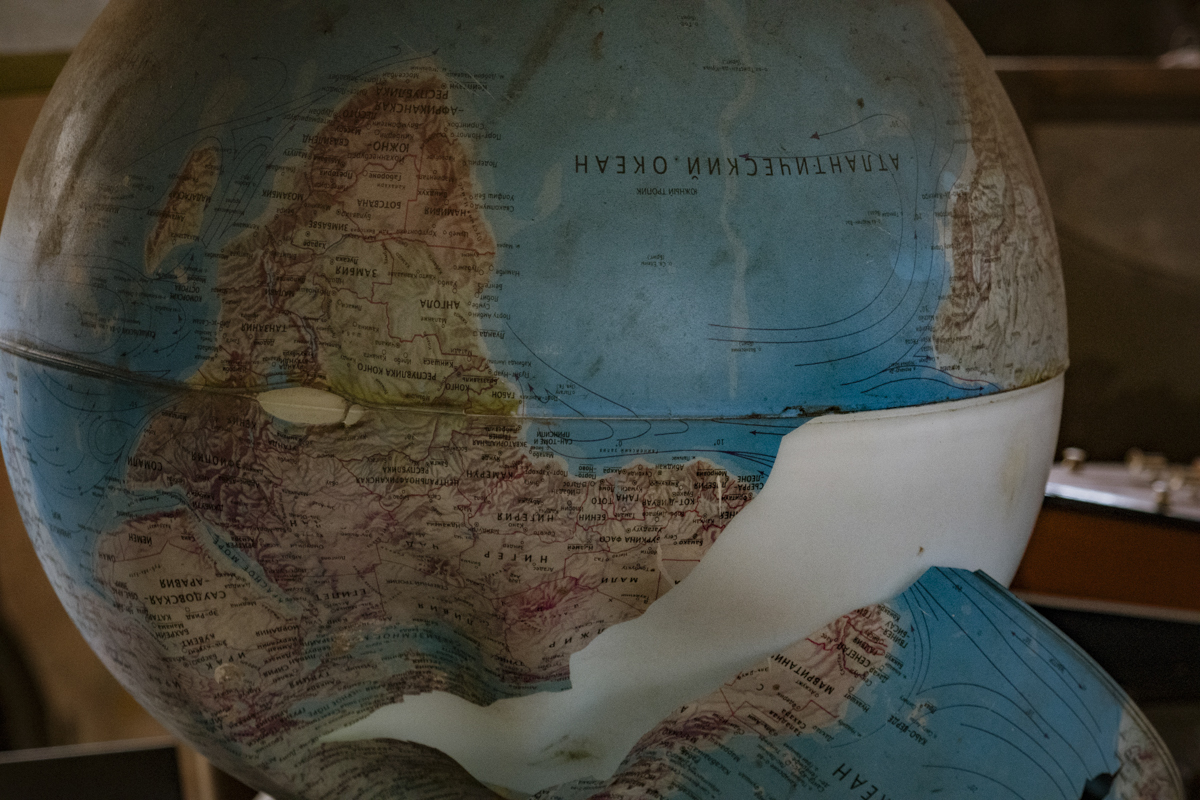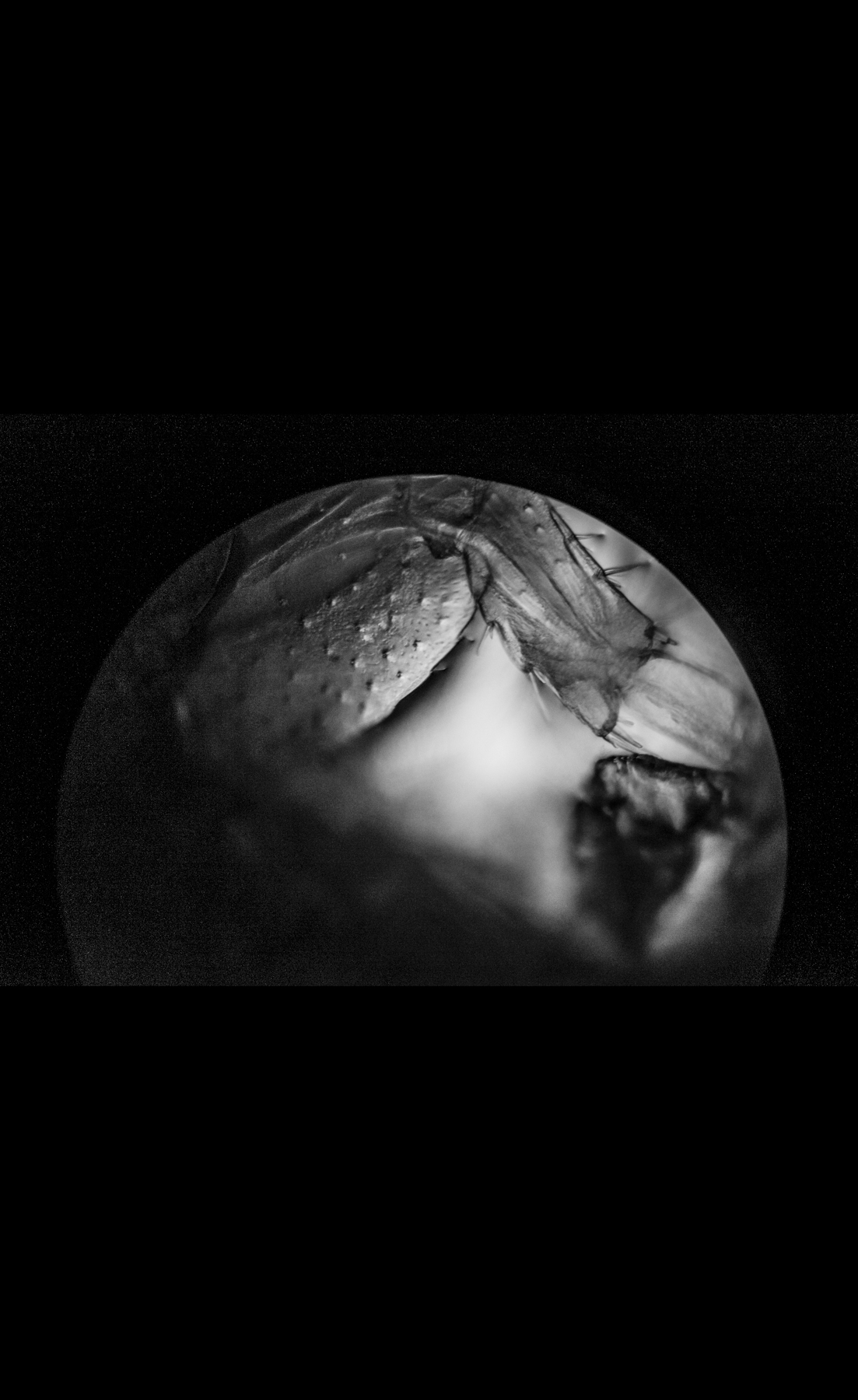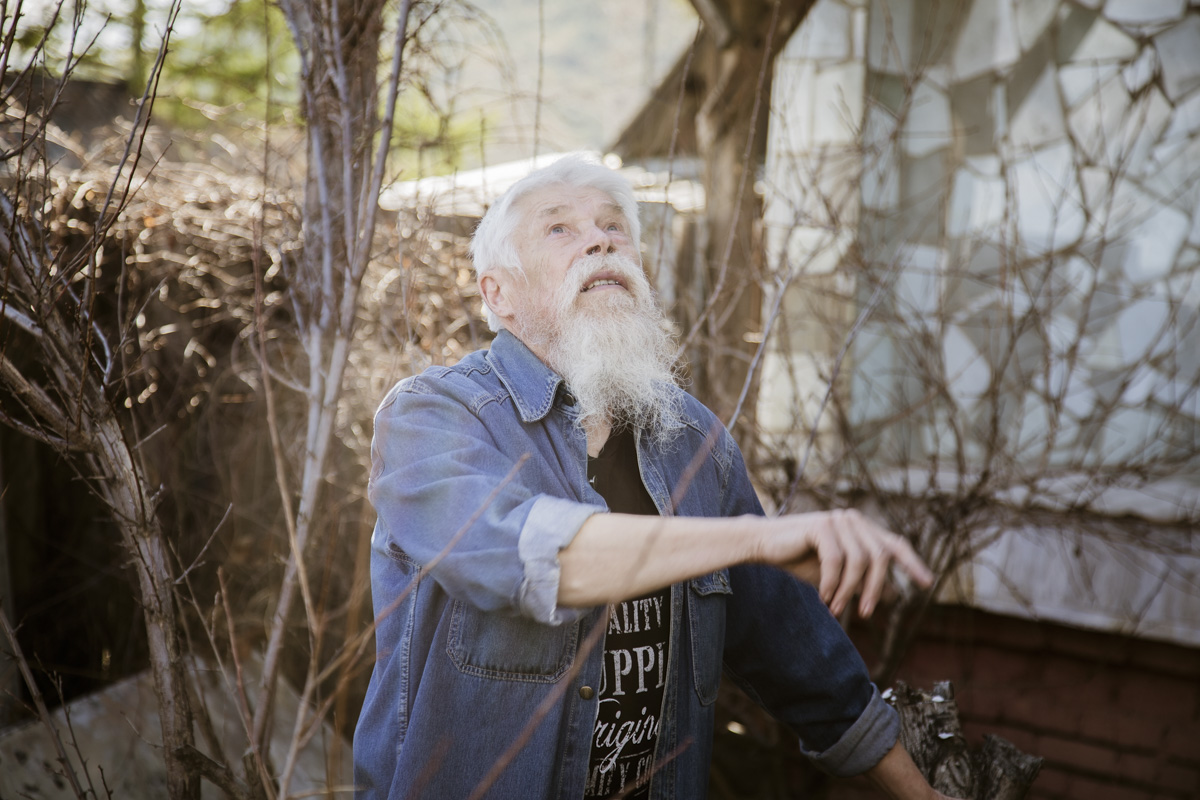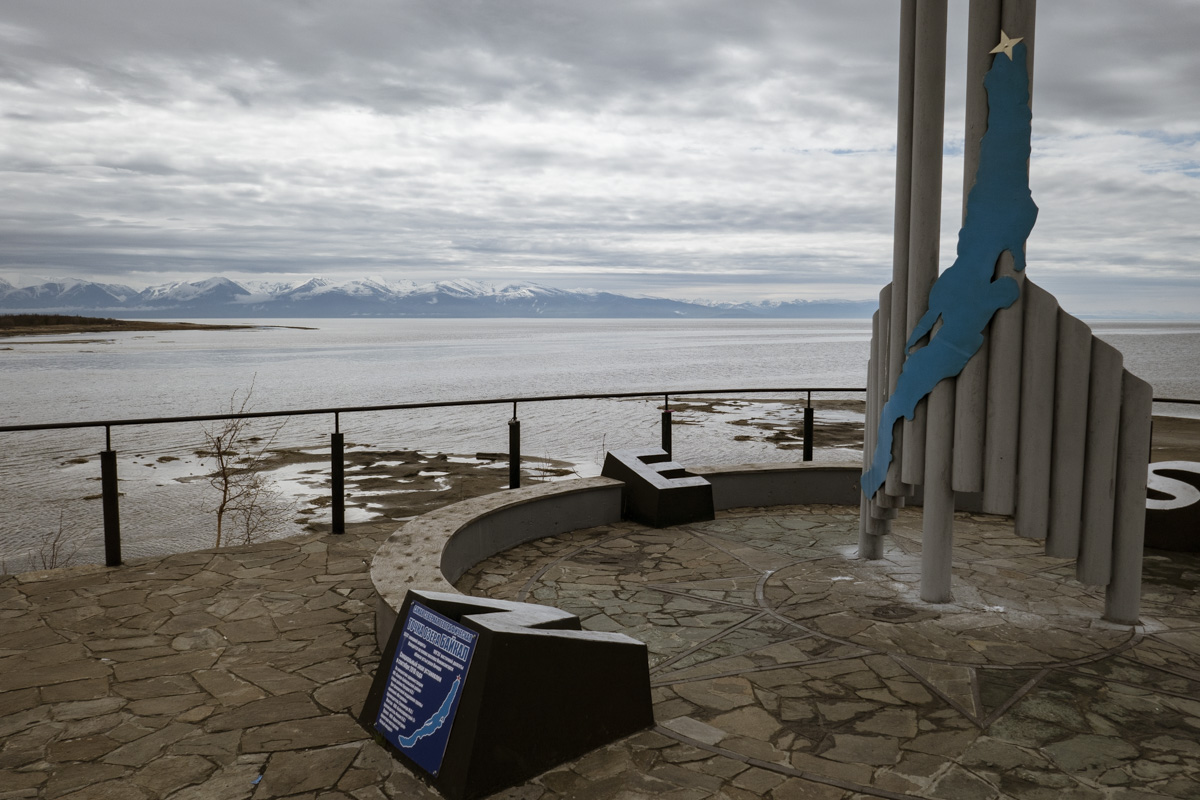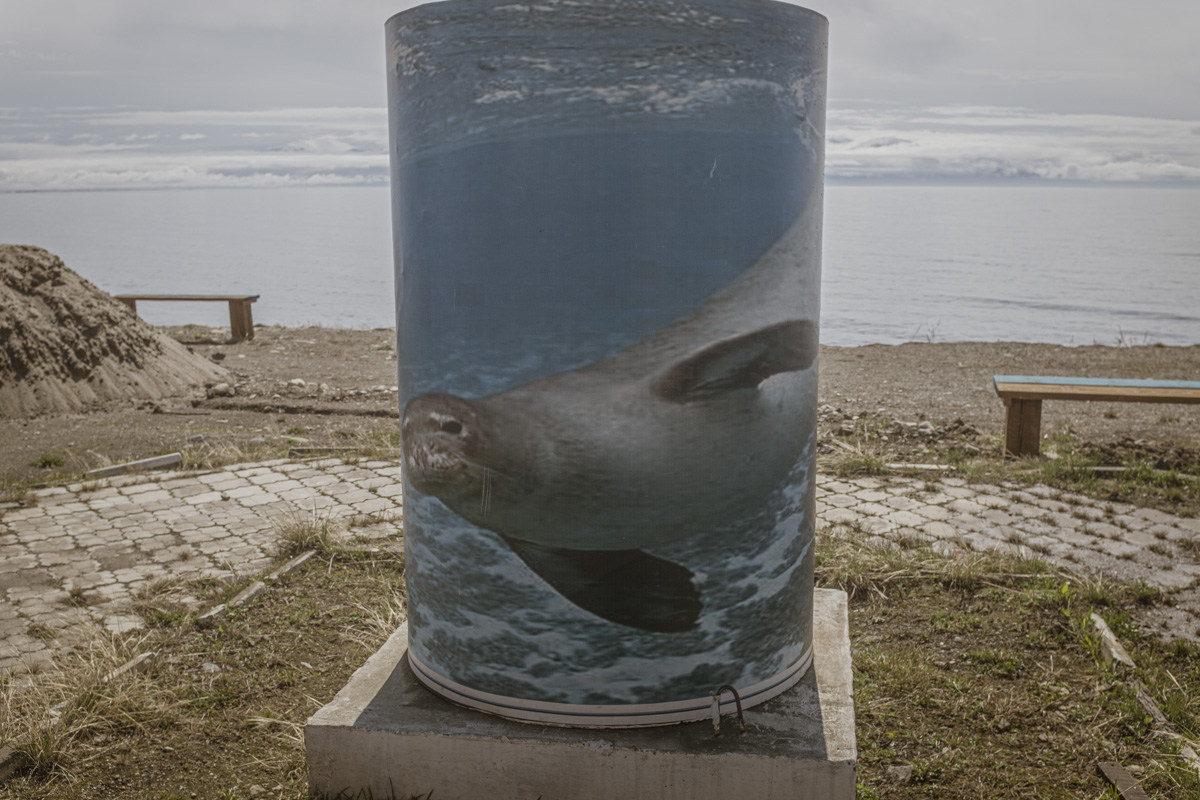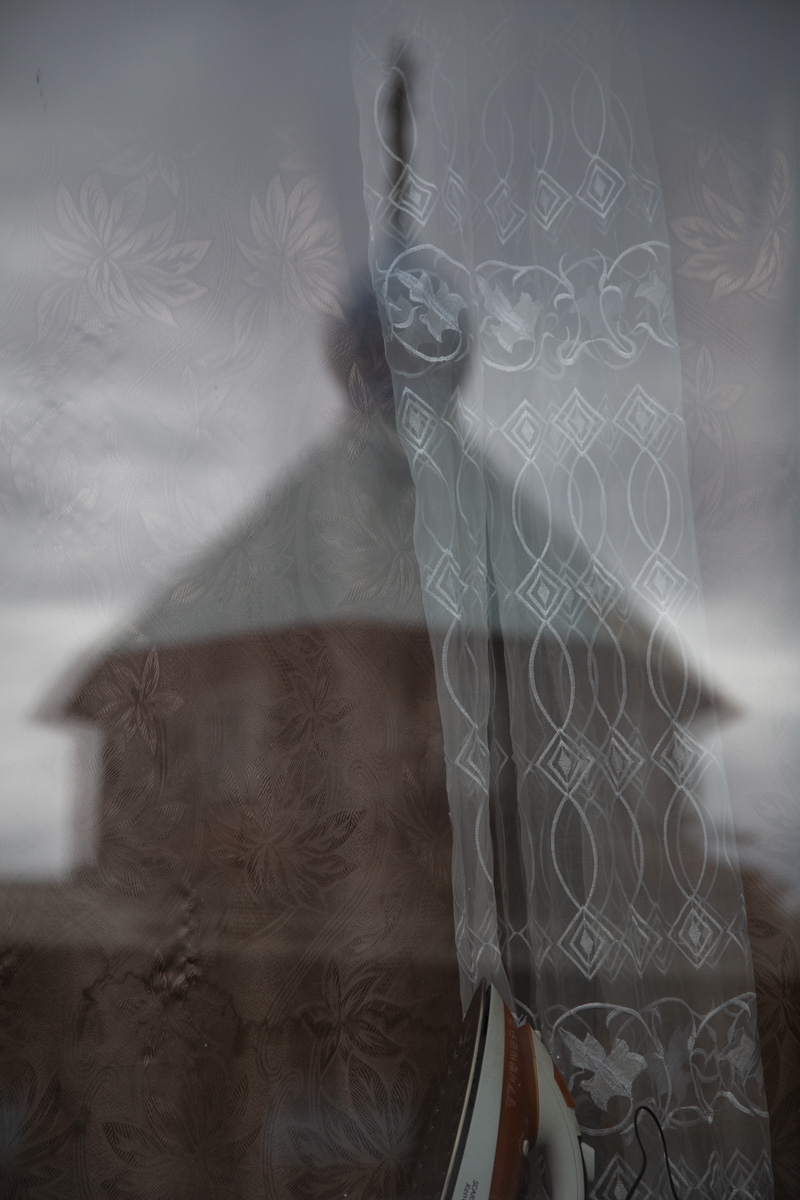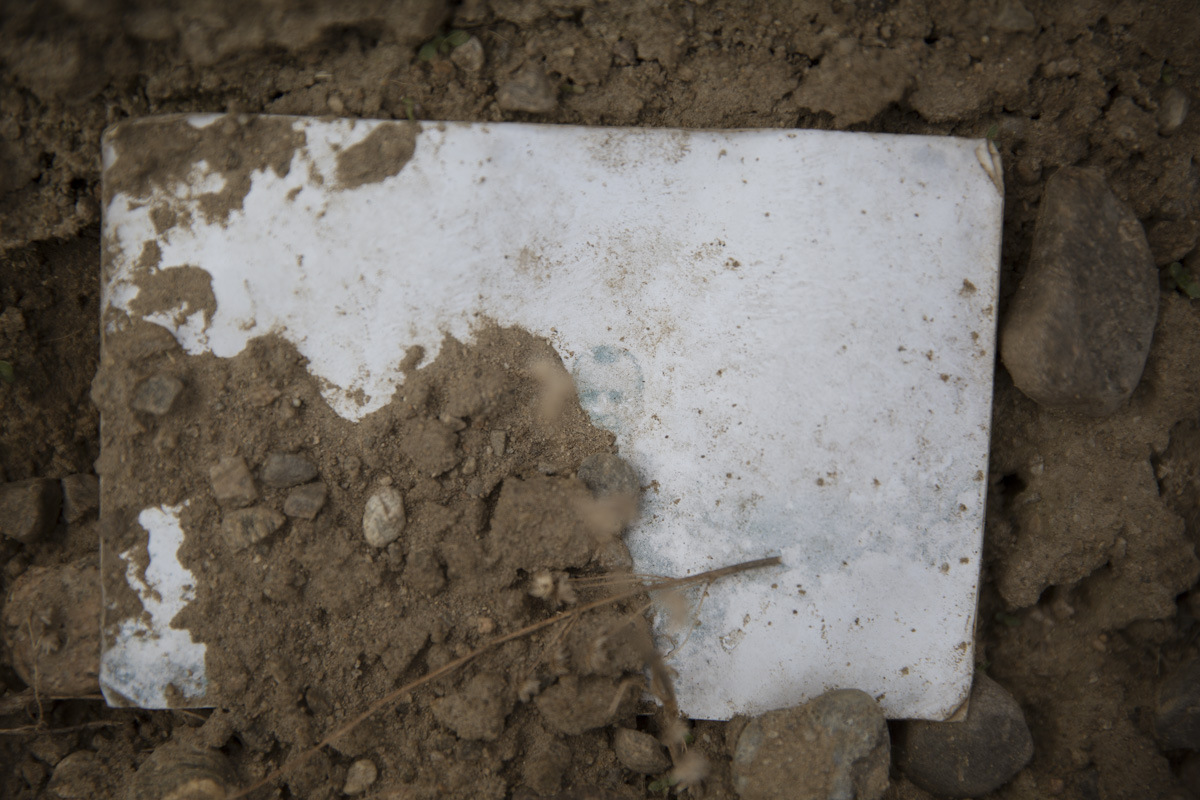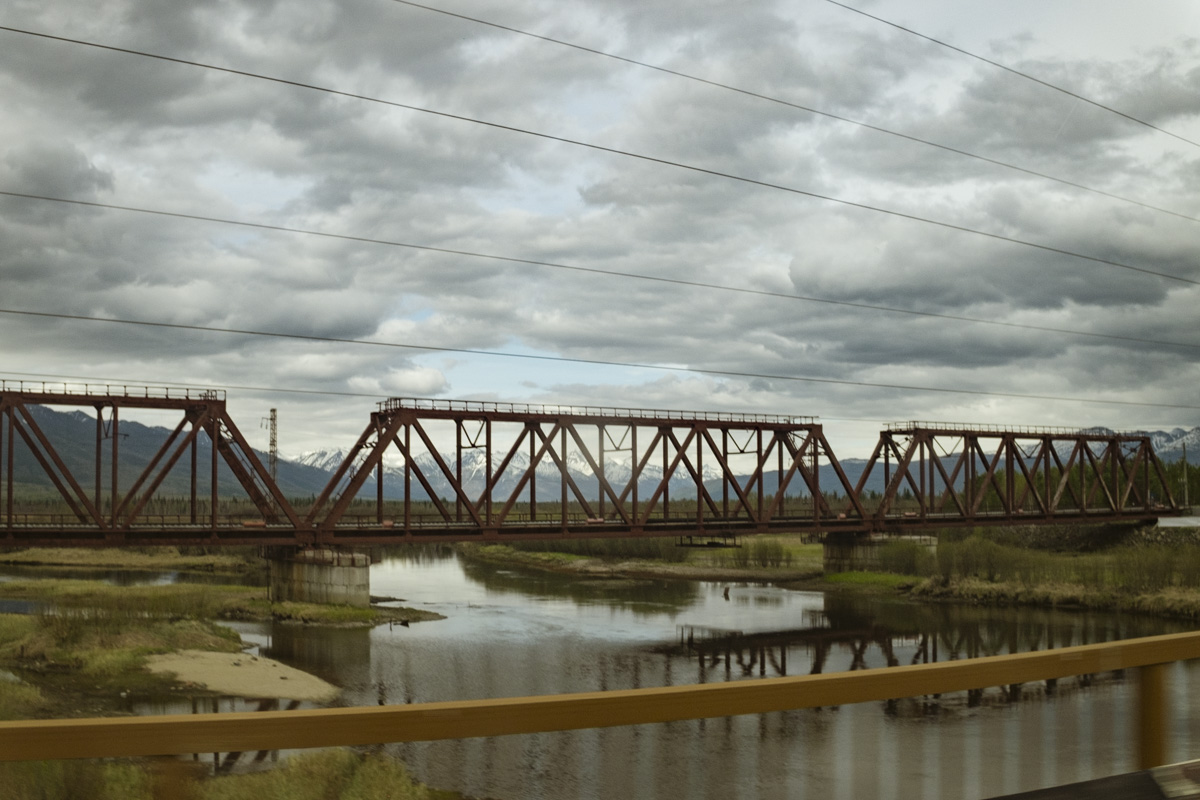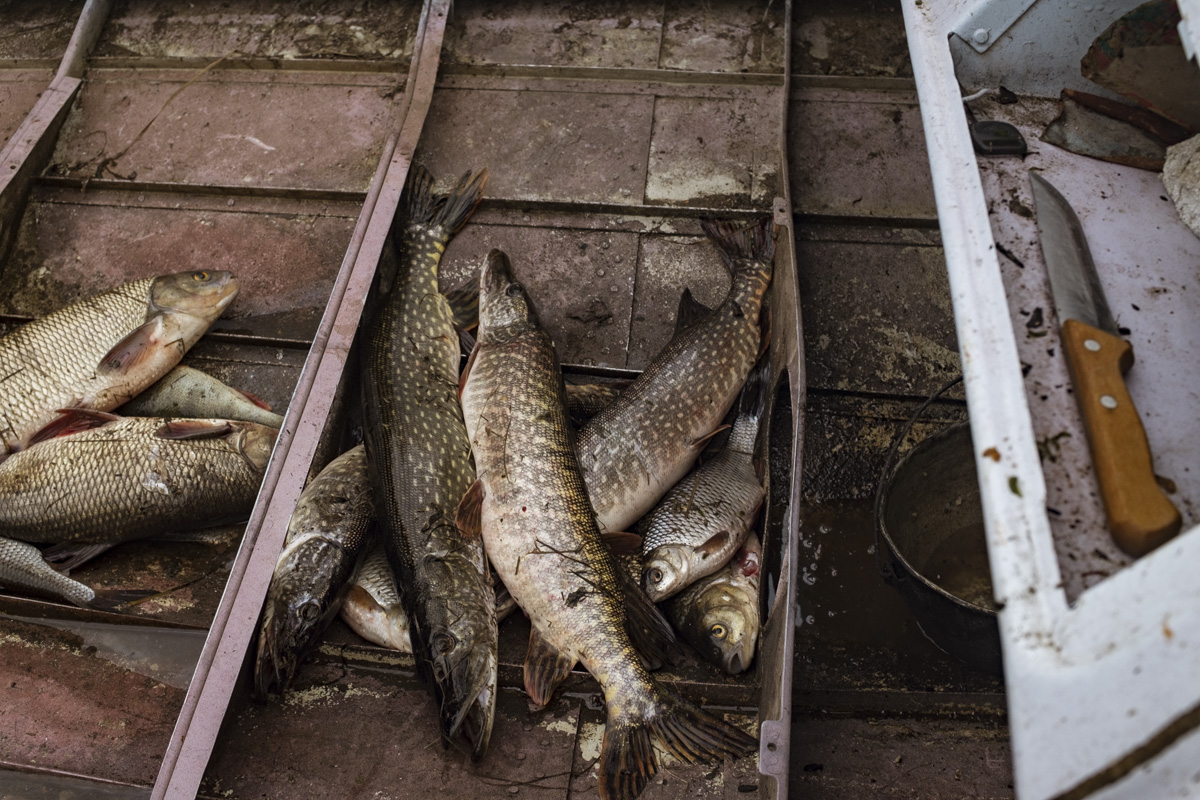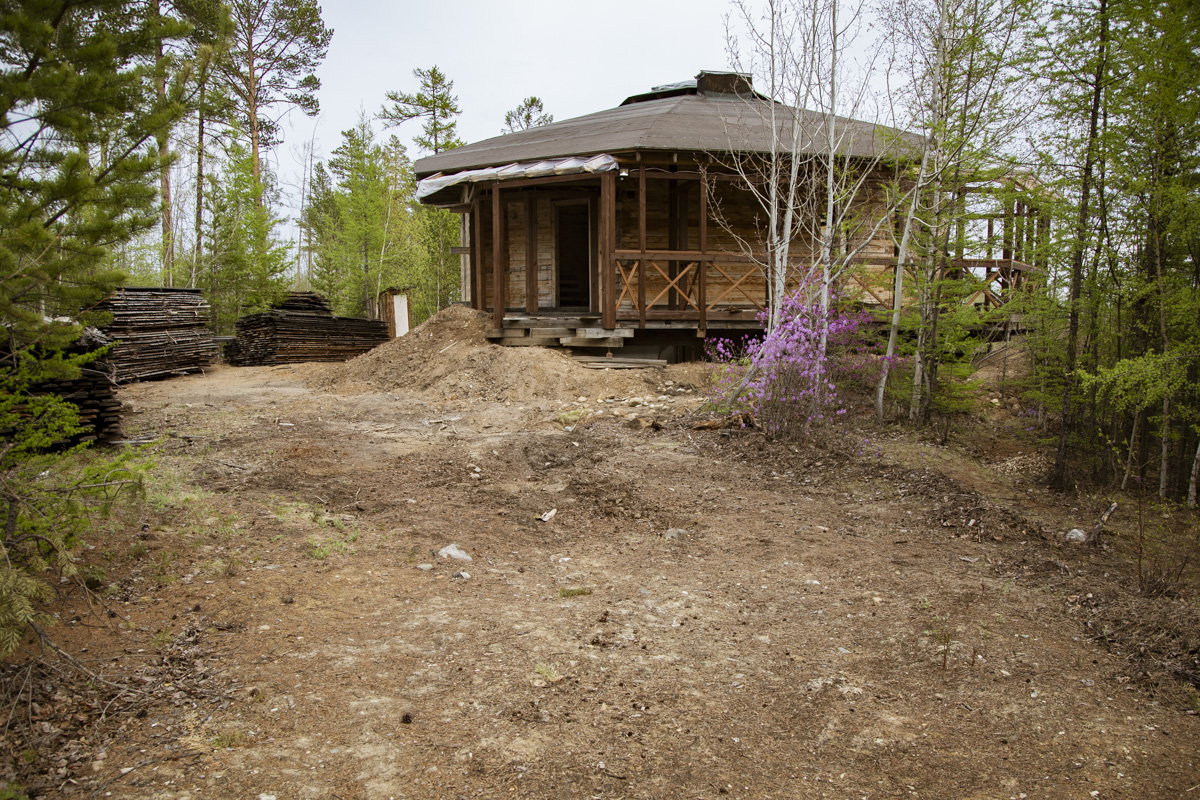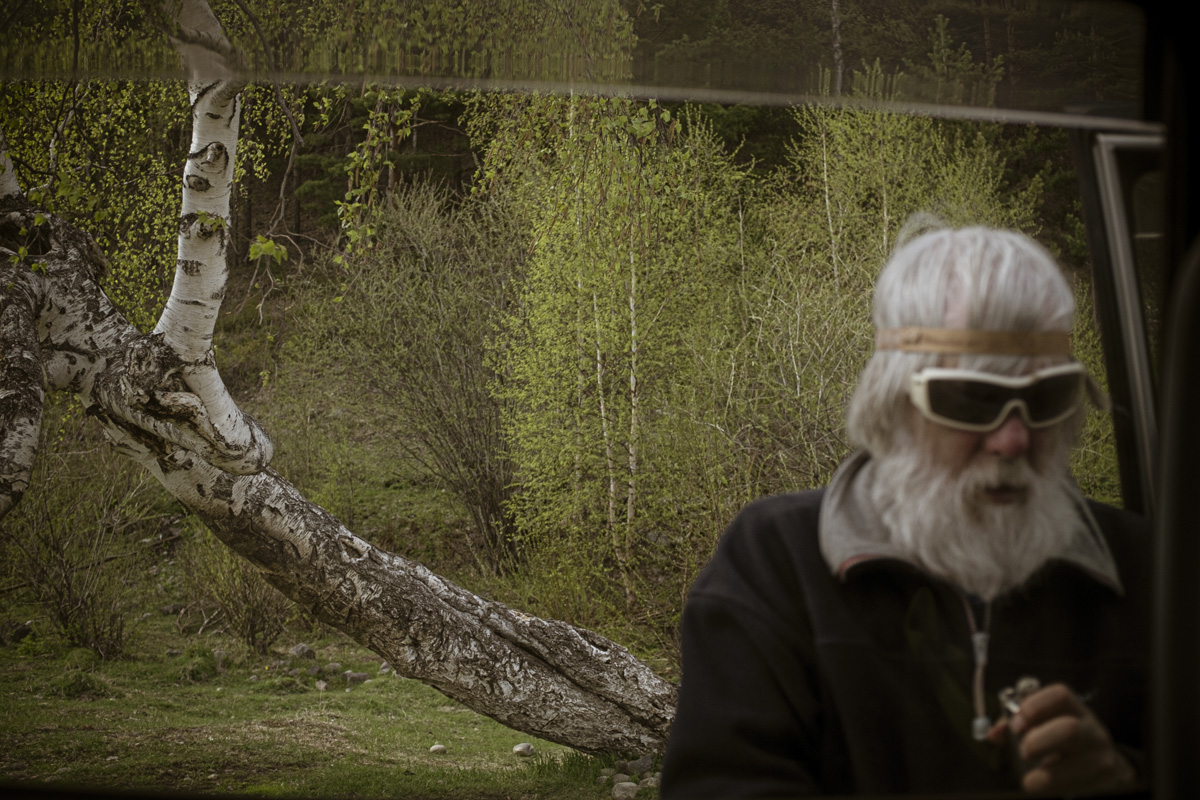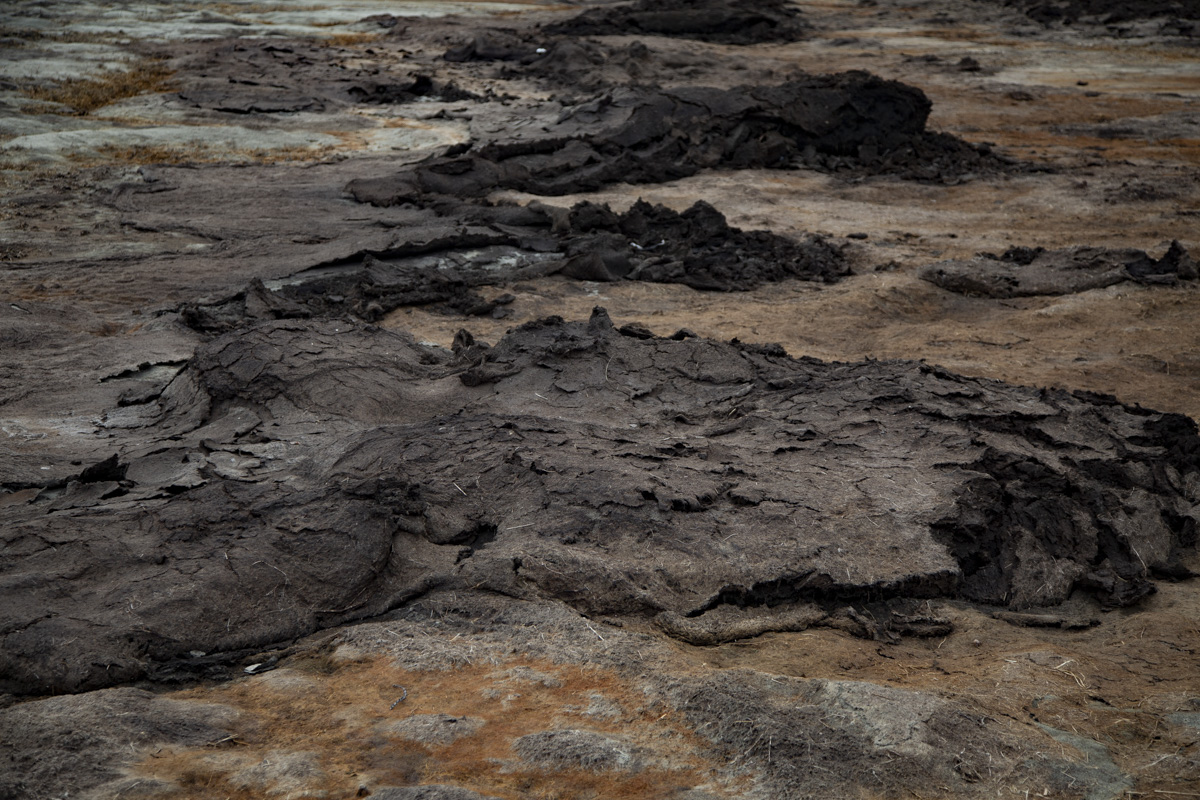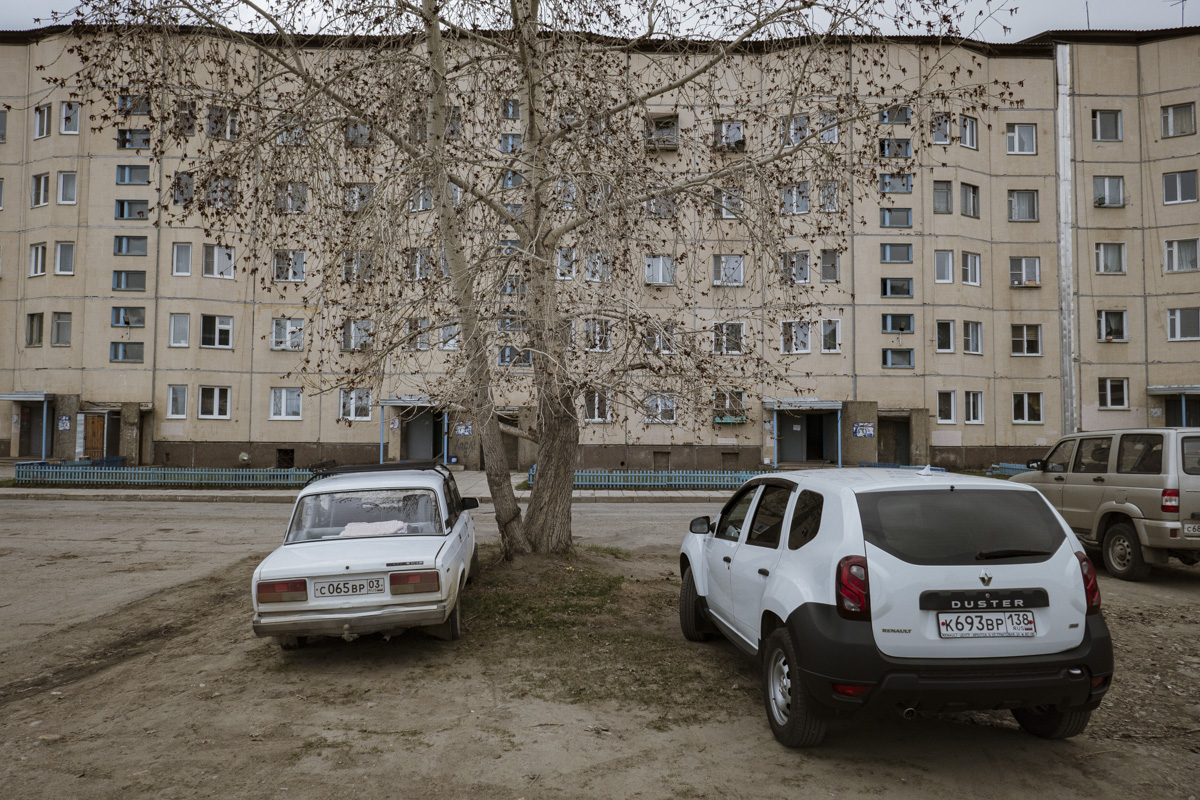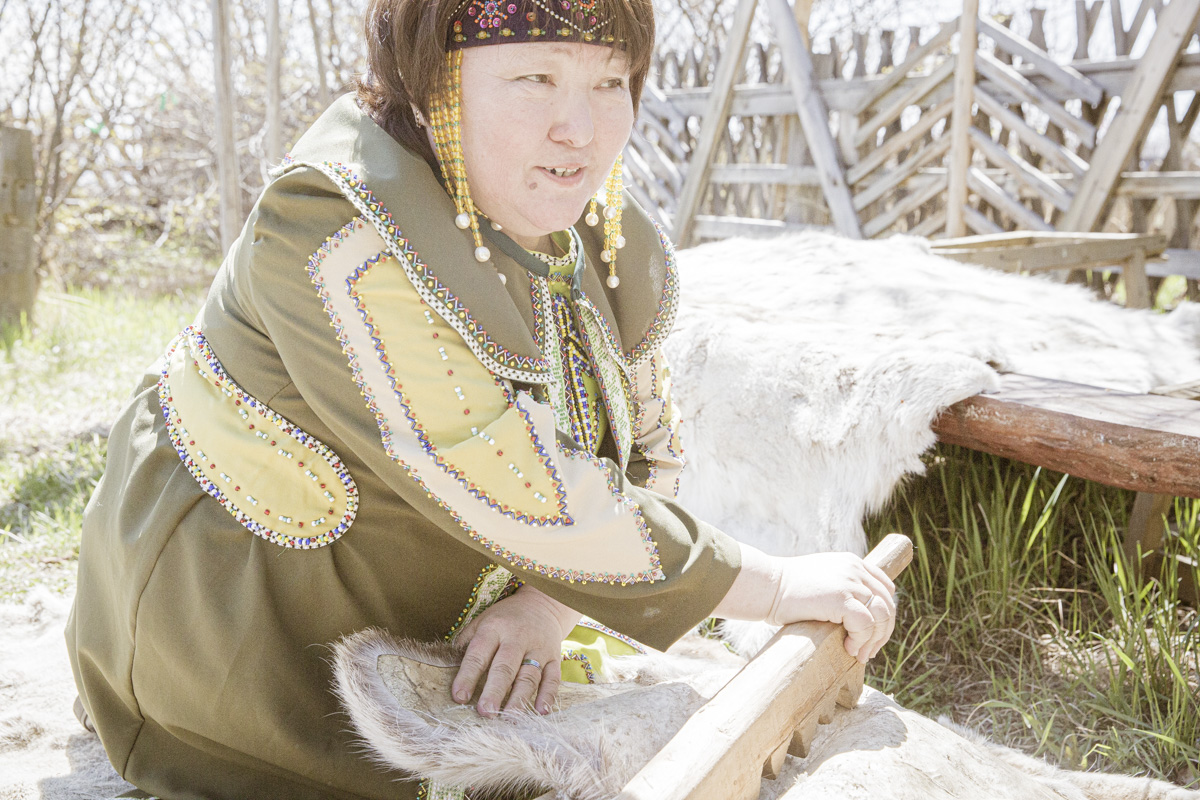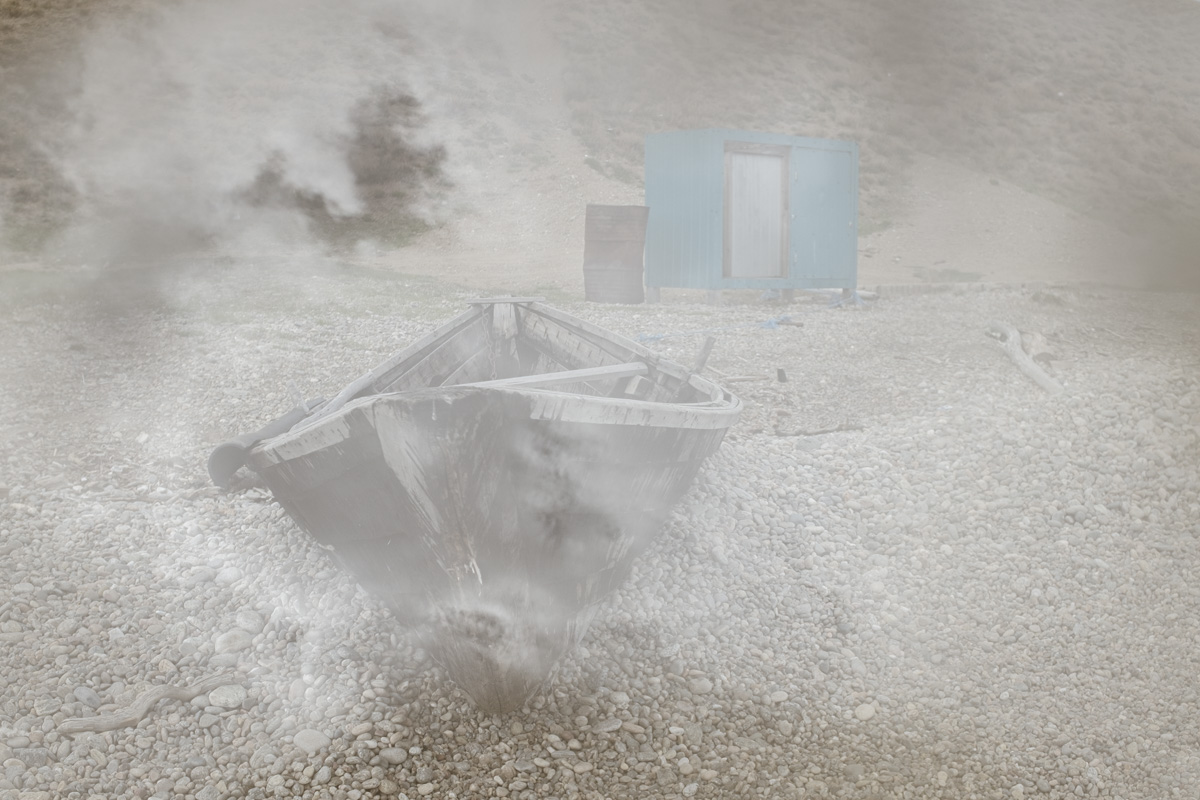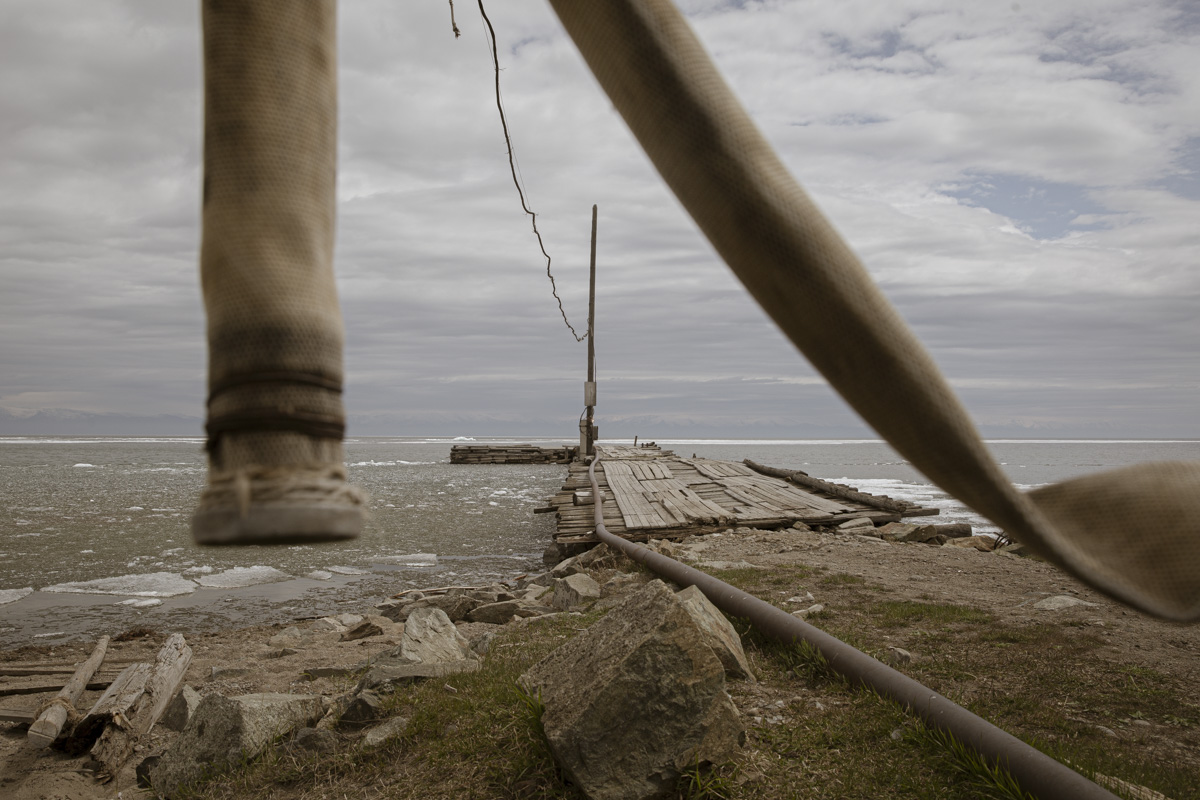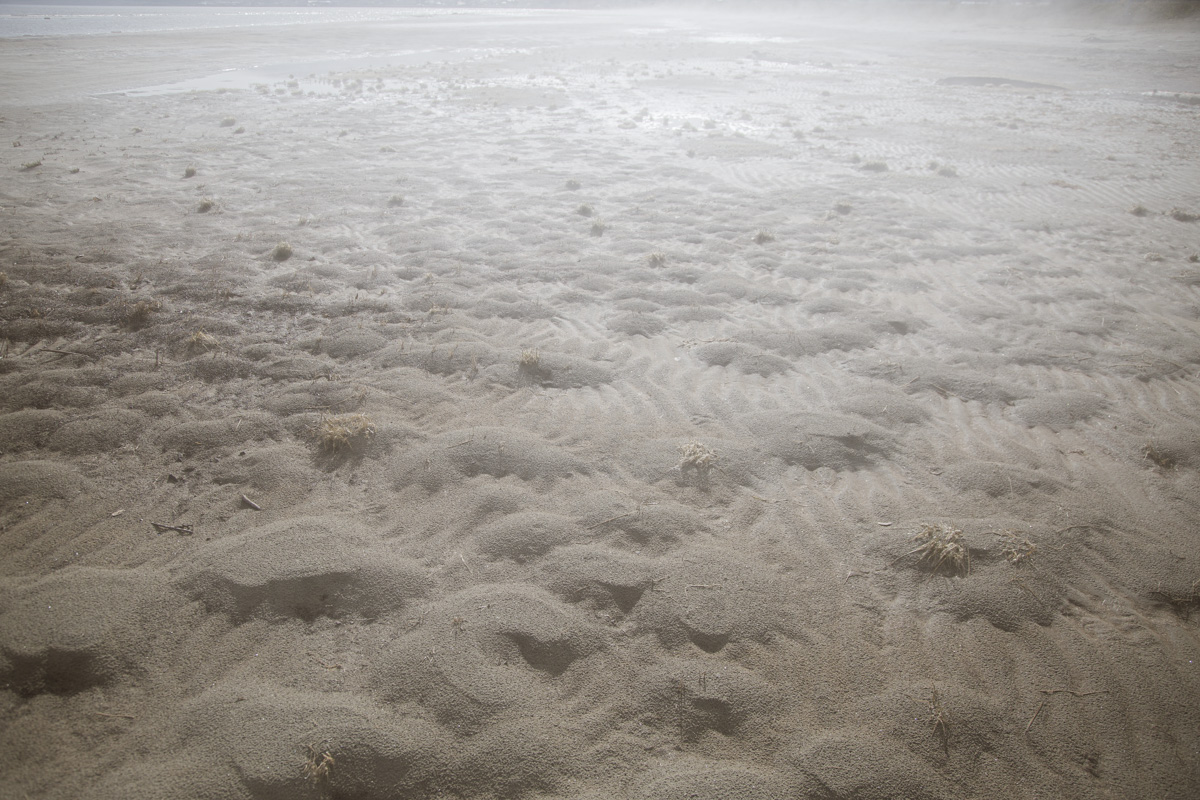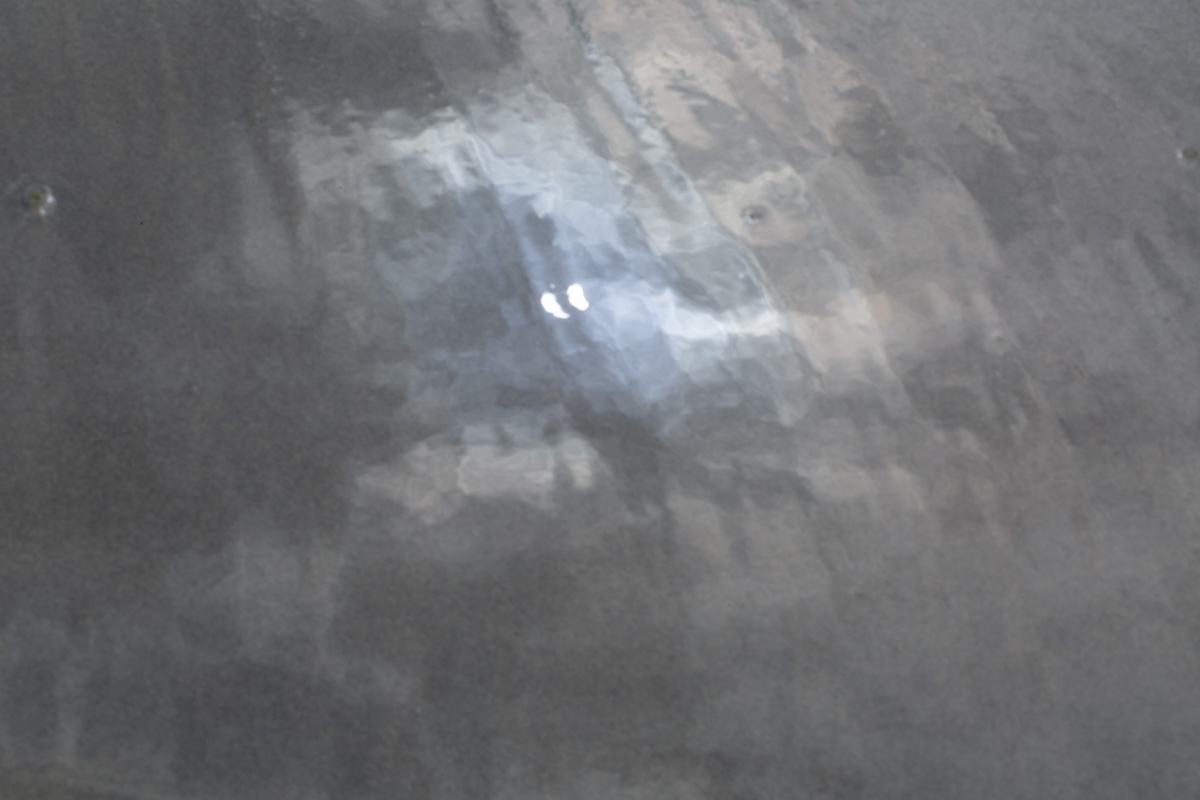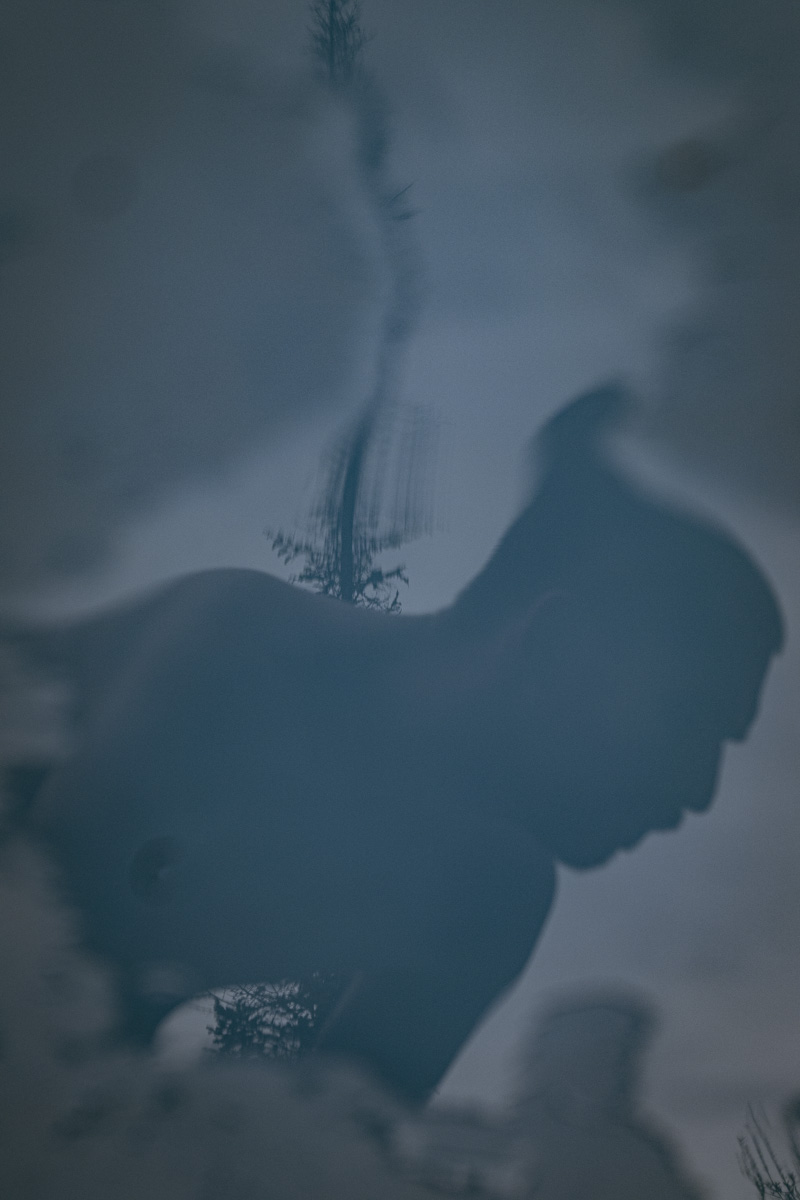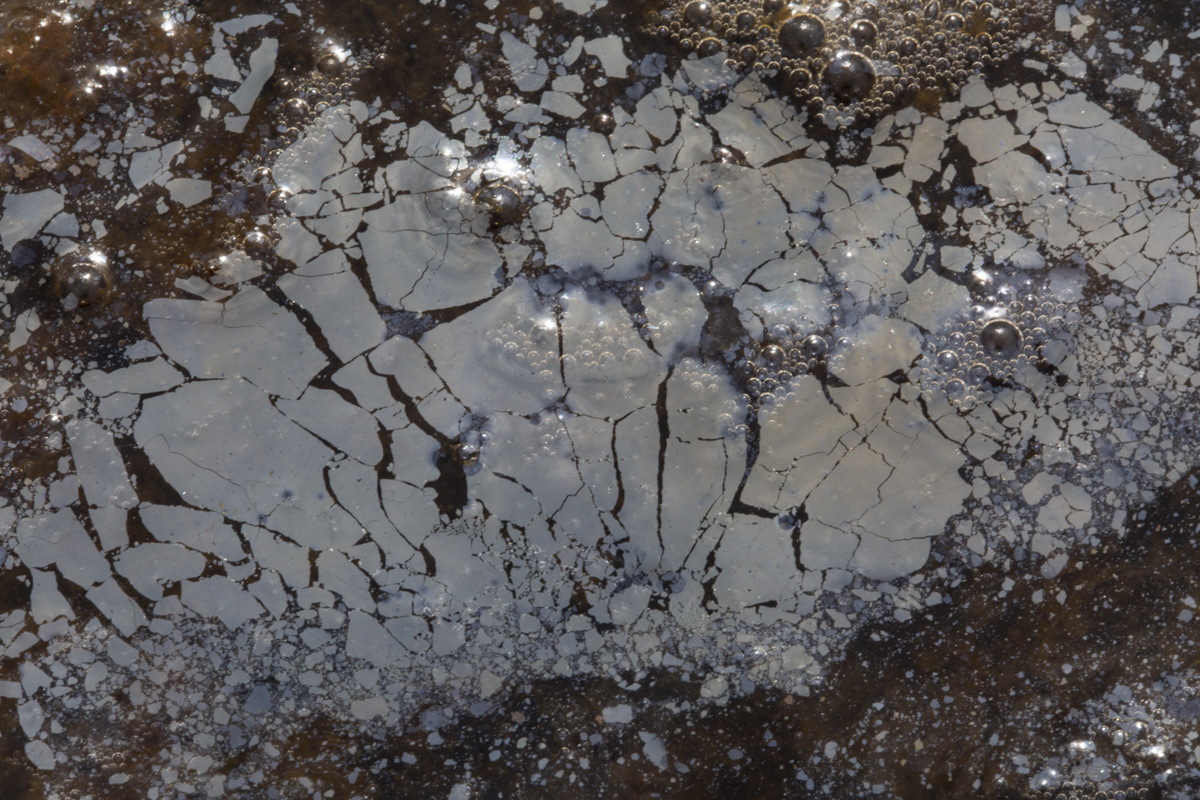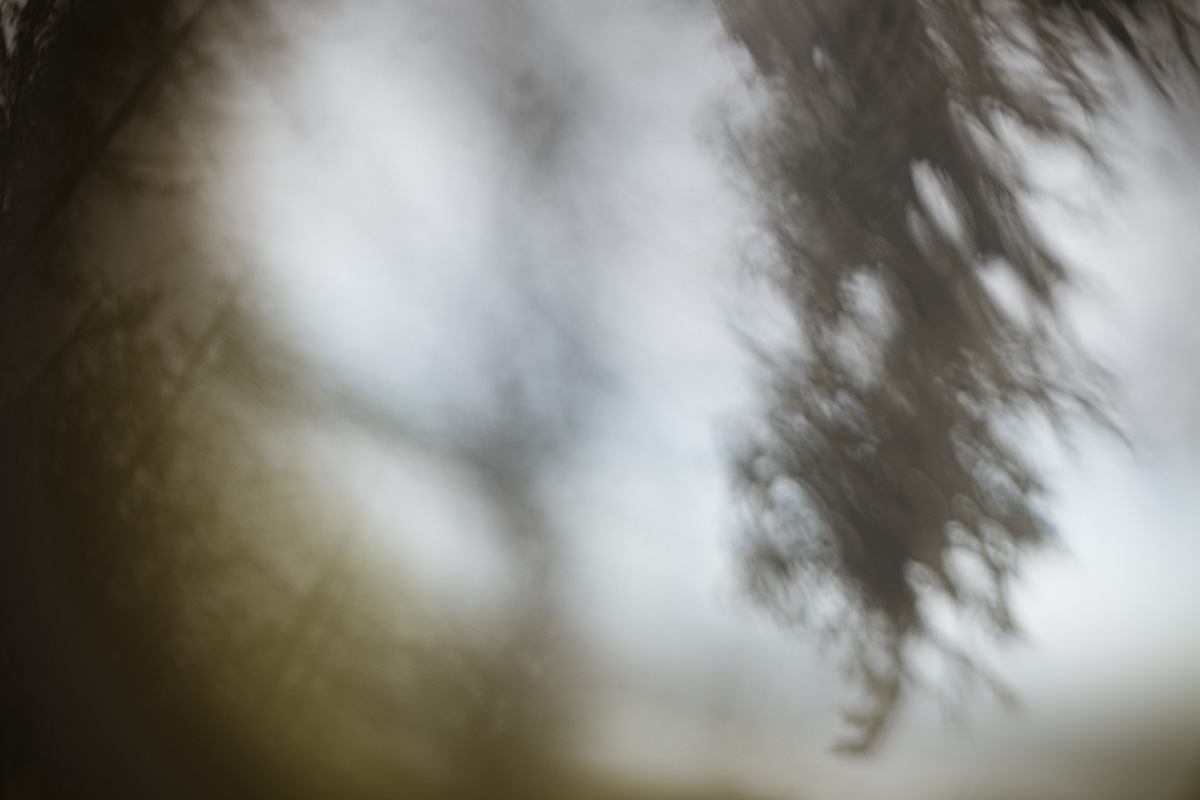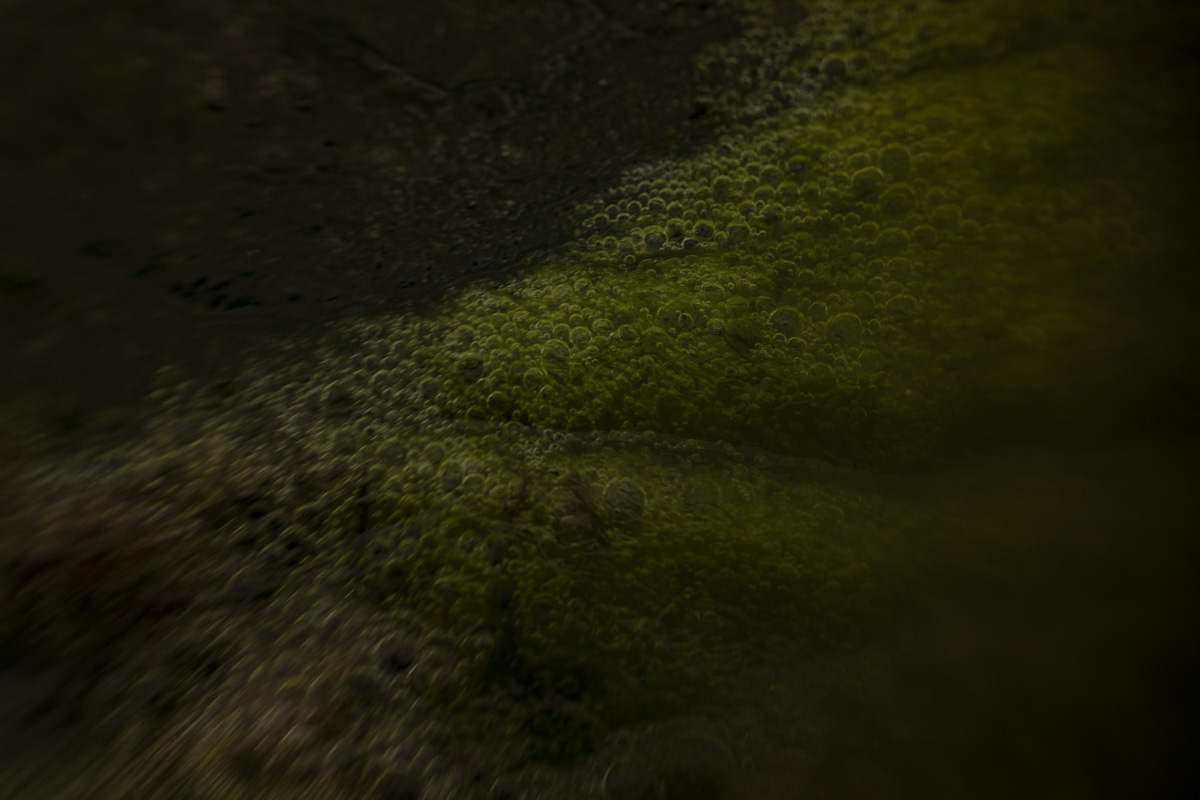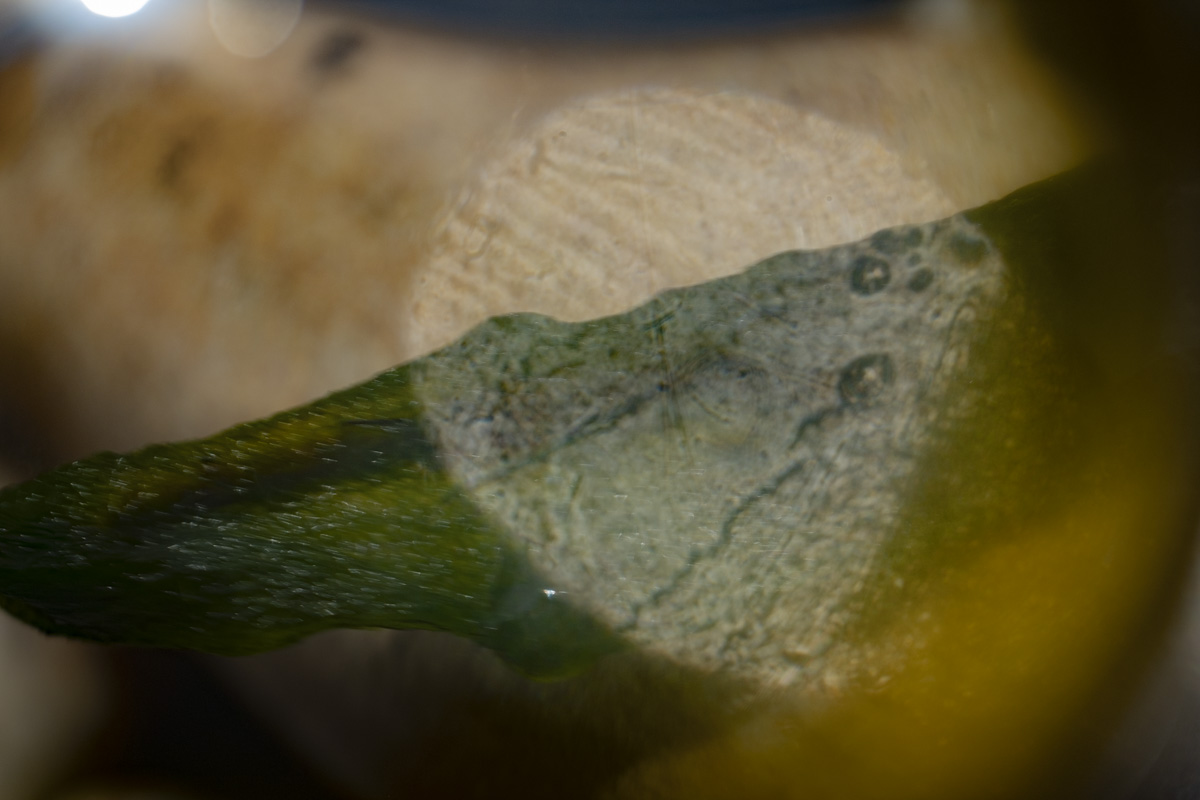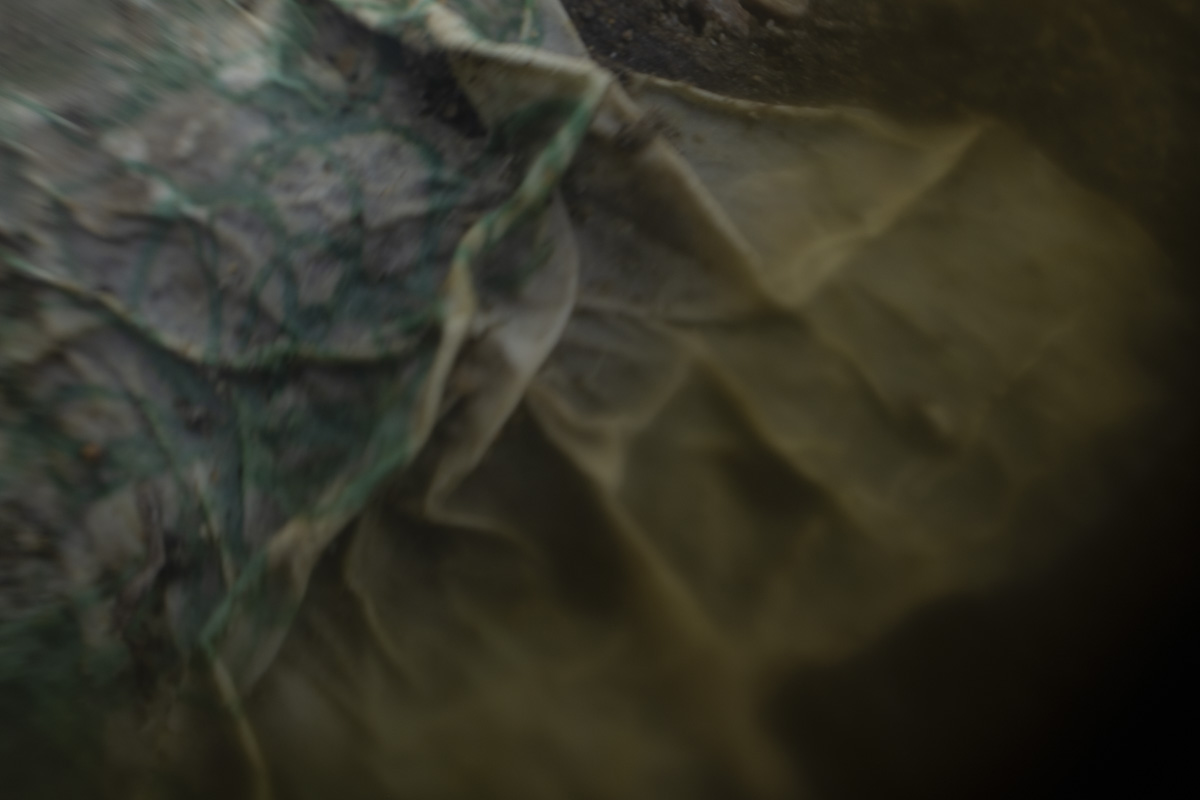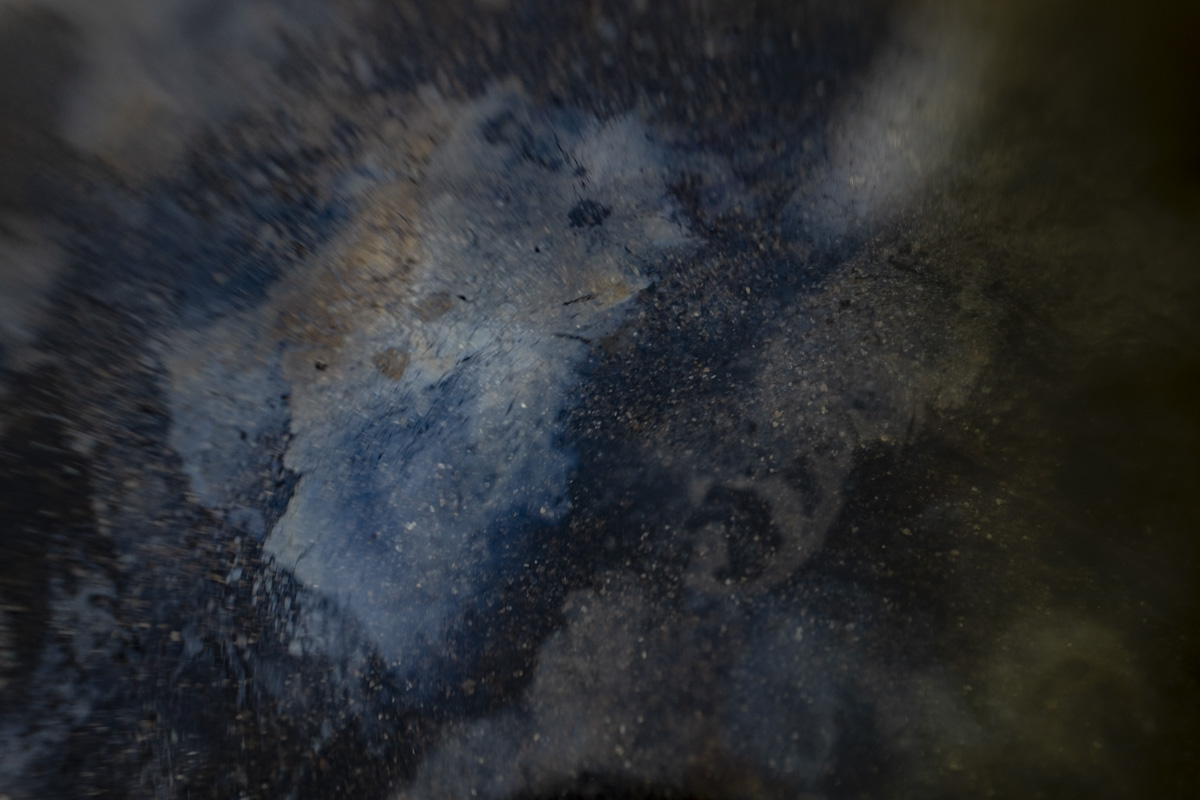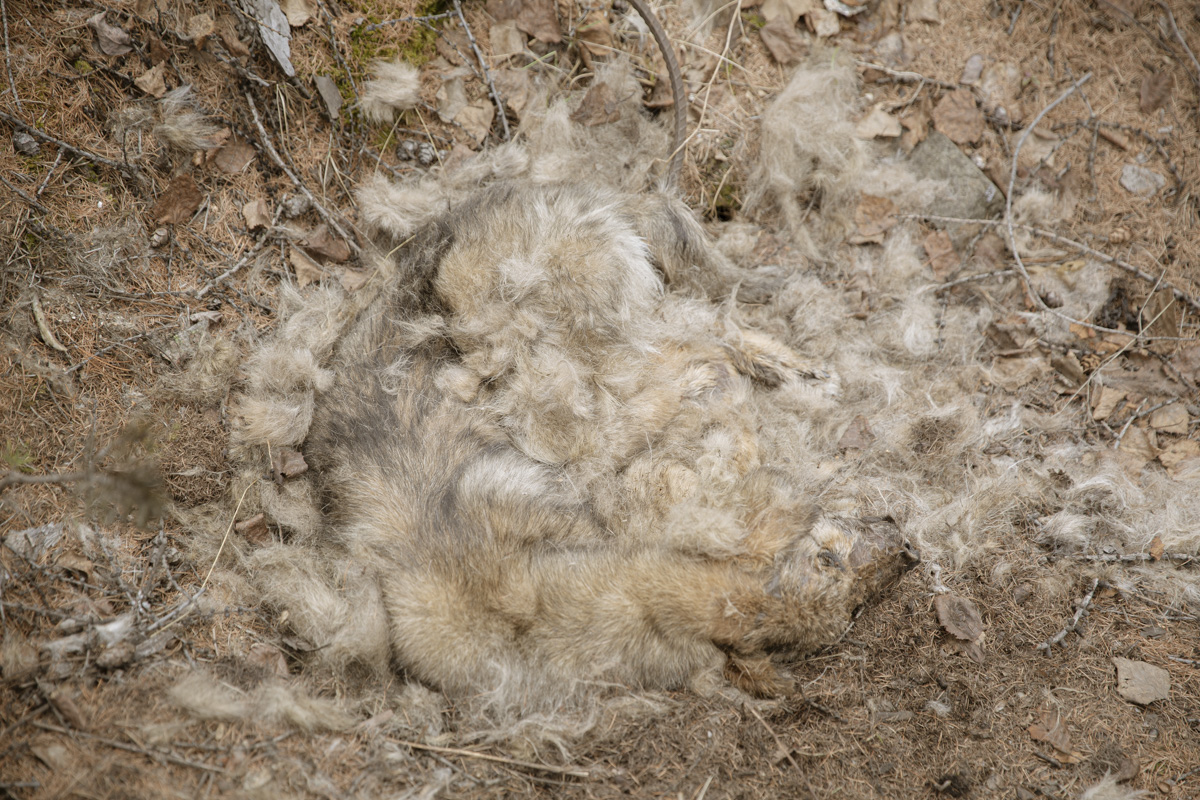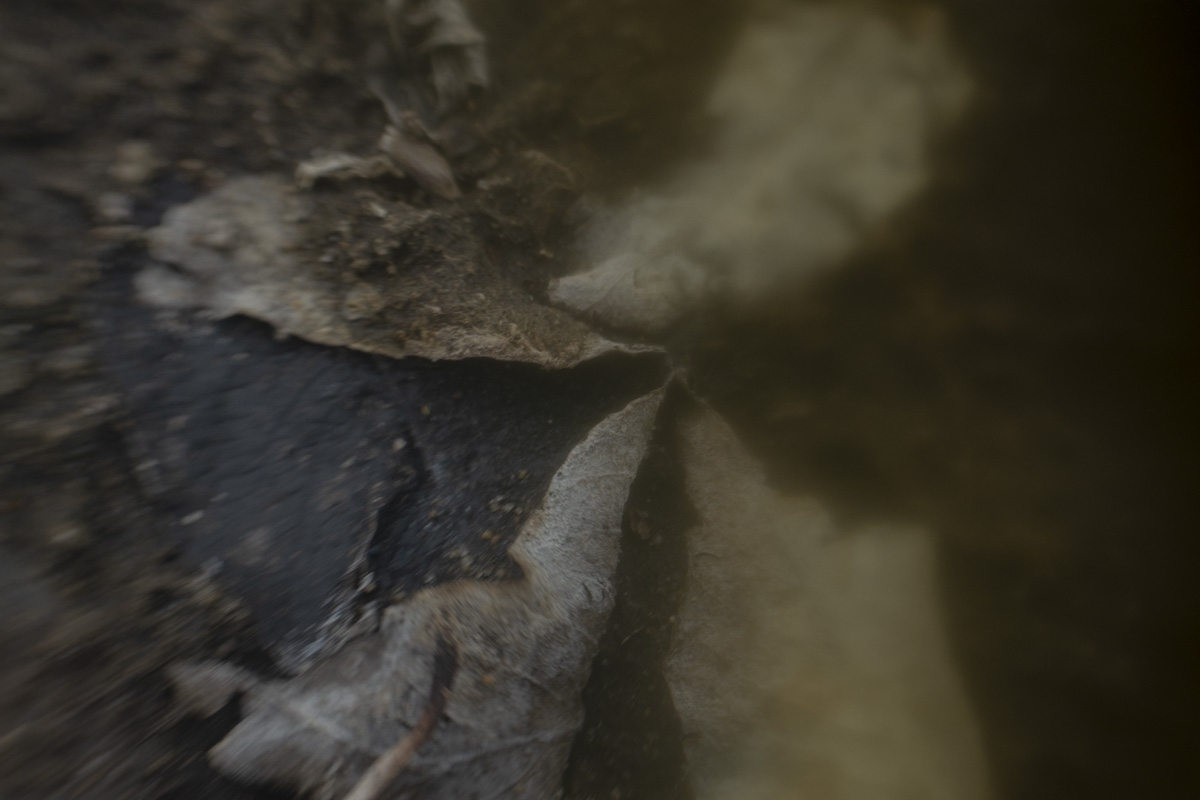Yam Chew Oh
In my sculptures, I employ the physicality and metaphorical potential of found or used materials to tell personal and familial stories.
My late father was a karung guni man, the Singapore equivalent of the rag-and-bone or junk man. [1] Growing up helping him with his trade had a deep impact on my love for ordinary and humble materials.
My mother had a hard life. She left Malaysia at 14 to work in Singapore so that she could help to support my grandparents, who were so poor they had to sell and give some of their 13 children up for adoption, and let a few of them die because they could not afford medication.
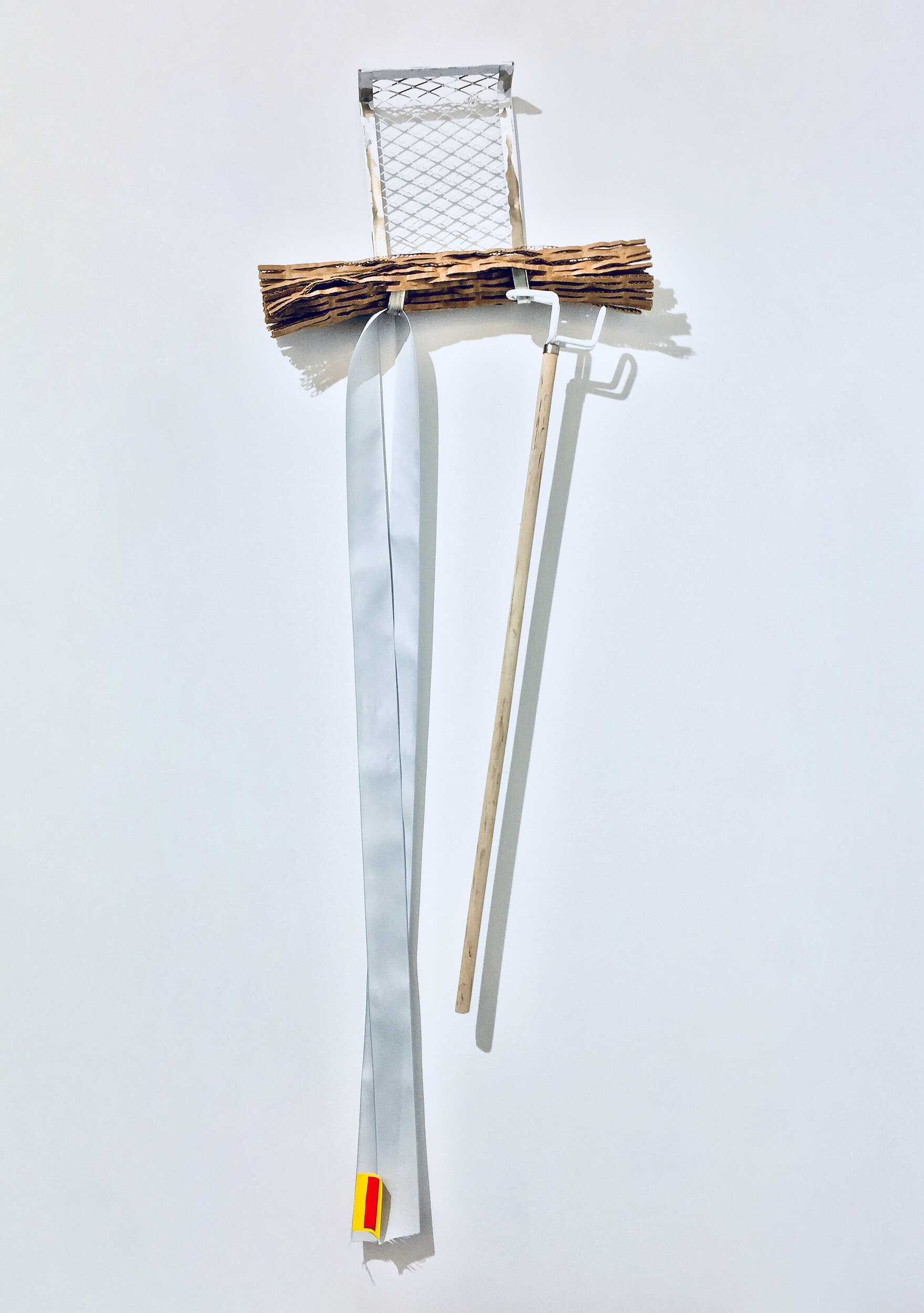

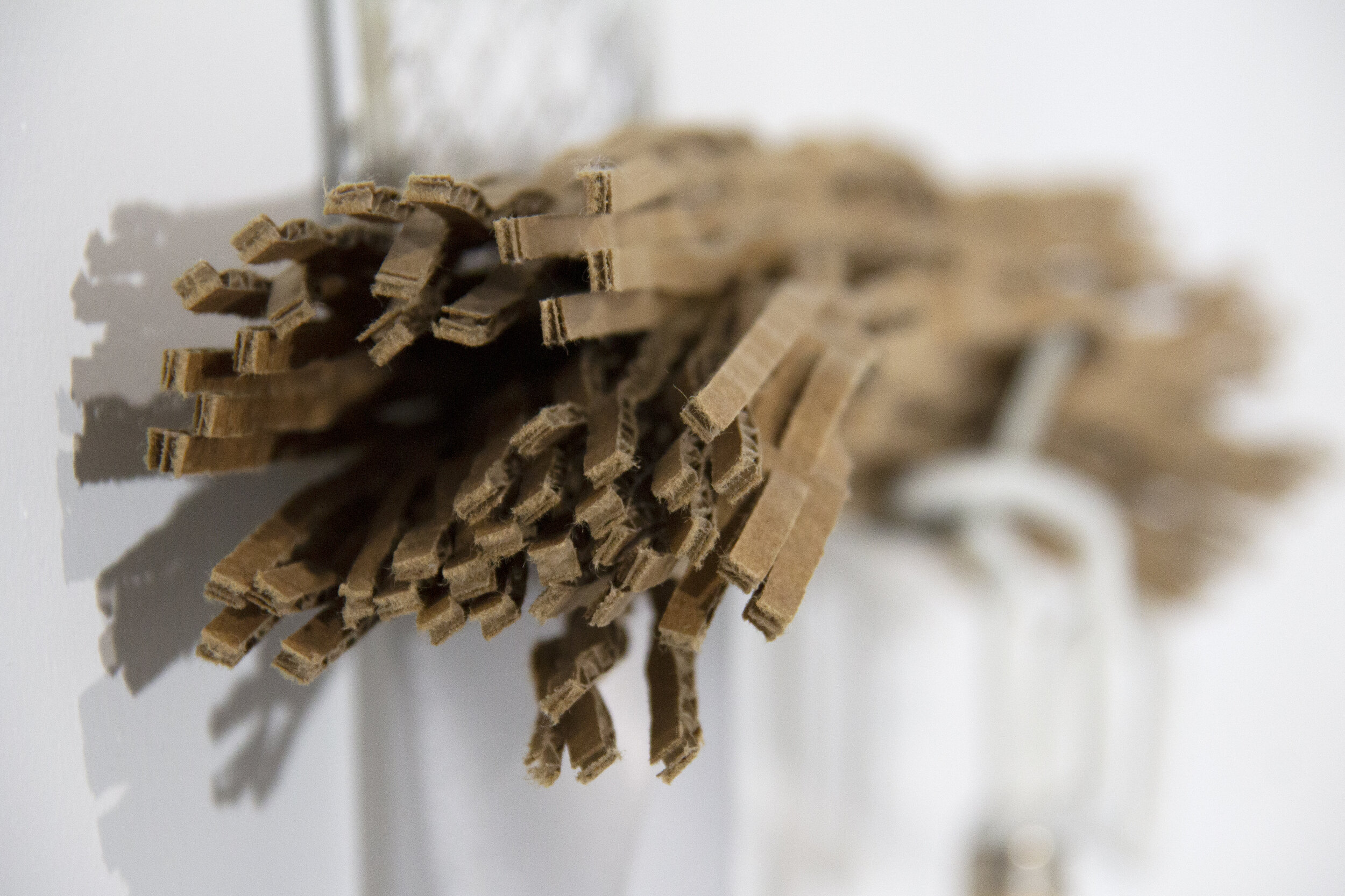
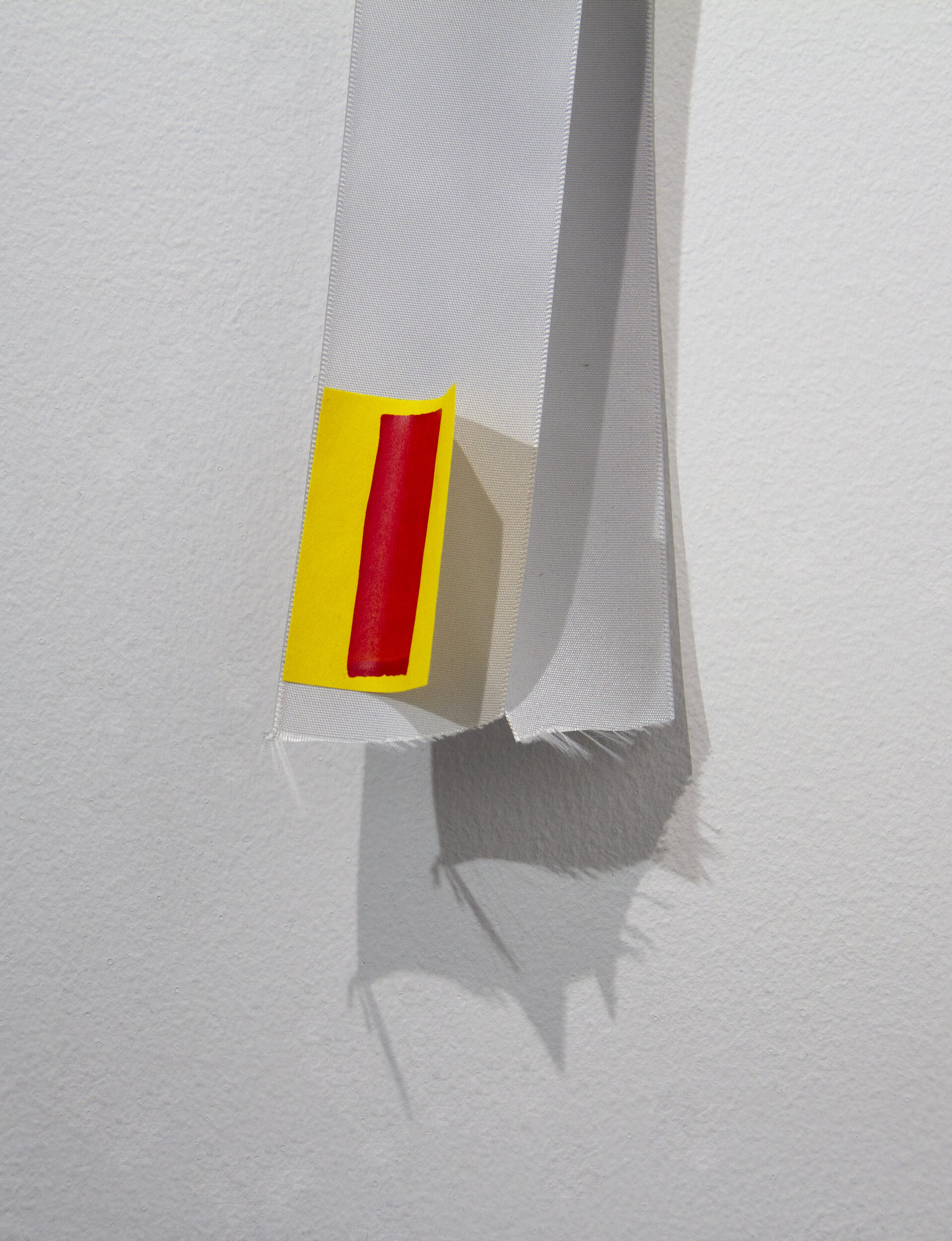
The Vow, acrylic paint on Post-it, anniversary bouquet ribbon, used grocery packaging, found wooden stick and metal mesh, and pin. Approx. 40 x 13 x 2 1/2 inches, 2018.
Mom is illiterate because my Grandpa felt that education was wasted on girls. But, my Grandma wanted Mom to “at least know how to write [her] own name,” so she sent her to a village tutor. Sadly, Mom gave up after a few lessons because she could not bear to see Grandma fending off lewd advances from lecherous village men the many nights she walked miles (with an oil lamp strapped to her forehead for light) to pick Mom up after class.
At 28, Mom married Dad, then a bread seller. We lived in an attap house [2] with my cousins and their four families. Mom bore Dad seven children and, even though she was trained as a seamstress, took on for years the bulk of the child-rearing duties while helping him with his odd jobs, as well as the back-breaking responsibilities for the family's pigs and poultry. When Dad had his first stroke, Mom was his sole caregiver for years. Nineteen years after he died from his third attack, Mom remains Dad's loyal widow—to remarry is unthinkable for someone who was raised to abide by age-old traditions; to question them would be sacrilegious. Mom is the exemplary "twenty-four paragons of filial piety wife” (二十四孝妻子), steadfast and unwavering in her duties as wife and mother. She wants her children to speak her late husband’s dialect (Hokkien) instead of hers (Teochew) because we must honor Dad - the patriarchal line - even though he is no longer with us.






The laundry handicap, used laundromat hangers and foam protective packaging, found bike bottle cage, dimensions variable, 2018.
I wish Mom could relax and enjoy her golden years, but to chill out and put her feet up are alien concepts to someone who has lived an arduous life bound by selfless duty to her family, and trapped under the weight of tradition, superstition, loyalty, and honor. She is helplessly preoccupied with the banal chores of daily living, such as laundry. I am still trying to comprehend why she could not just “let go” and not be consumed by housework and perpetual worries for her seven children, their six partners, and her four grandchildren. Even though Mom is incredibly resilient for her age and slight build, I worry for her when I think about how much more she could tolerate in her grueling life. Thankfully, she is beginning to understand the importance of self-care; the pandemic has impressed upon her a sense of urgency.
I have nothing but profound admiration and love for this amazing woman—without the privilege of an education, how she has managed to navigate this world for the last 76 years, with seven children in tow, is a miracle to me.

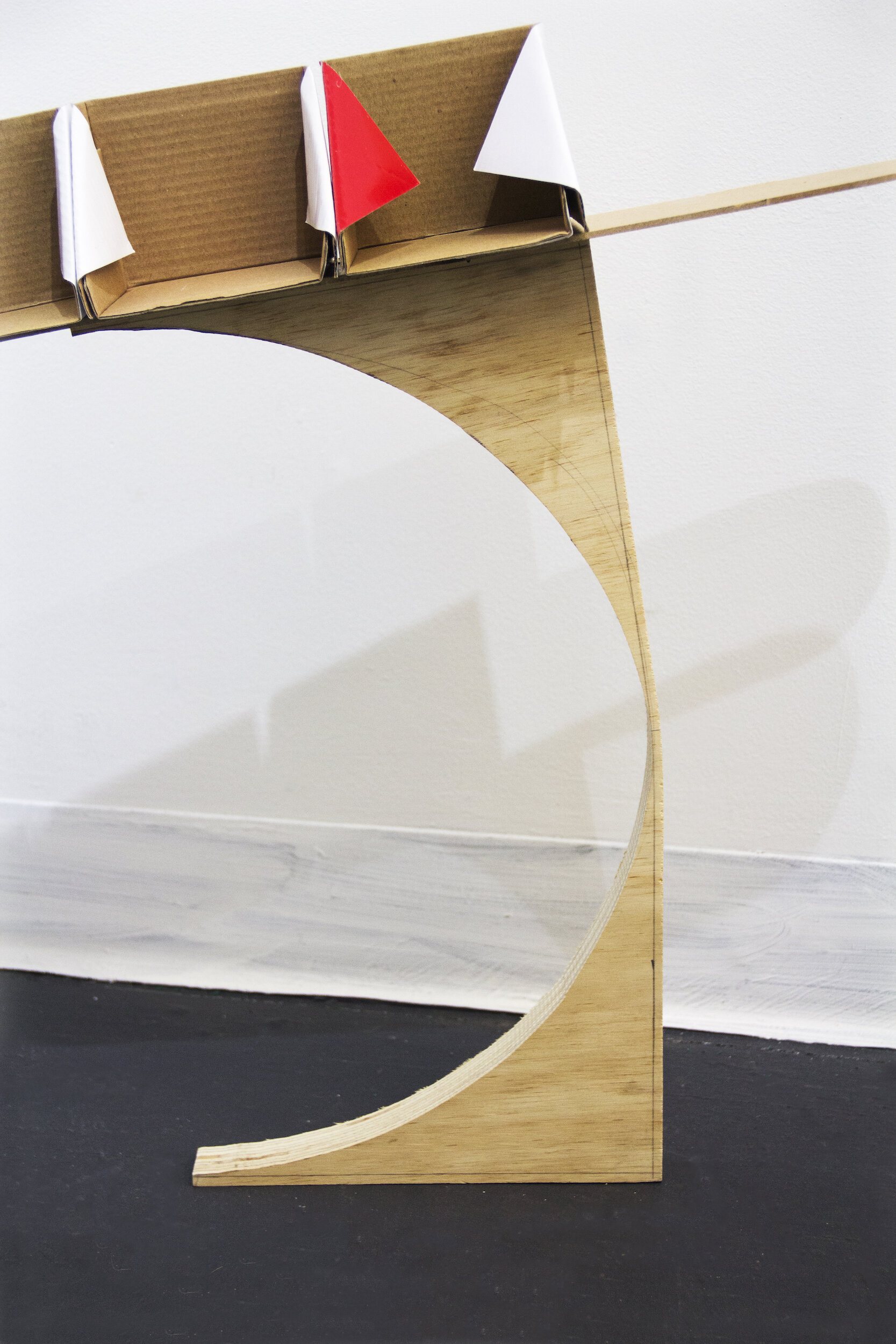
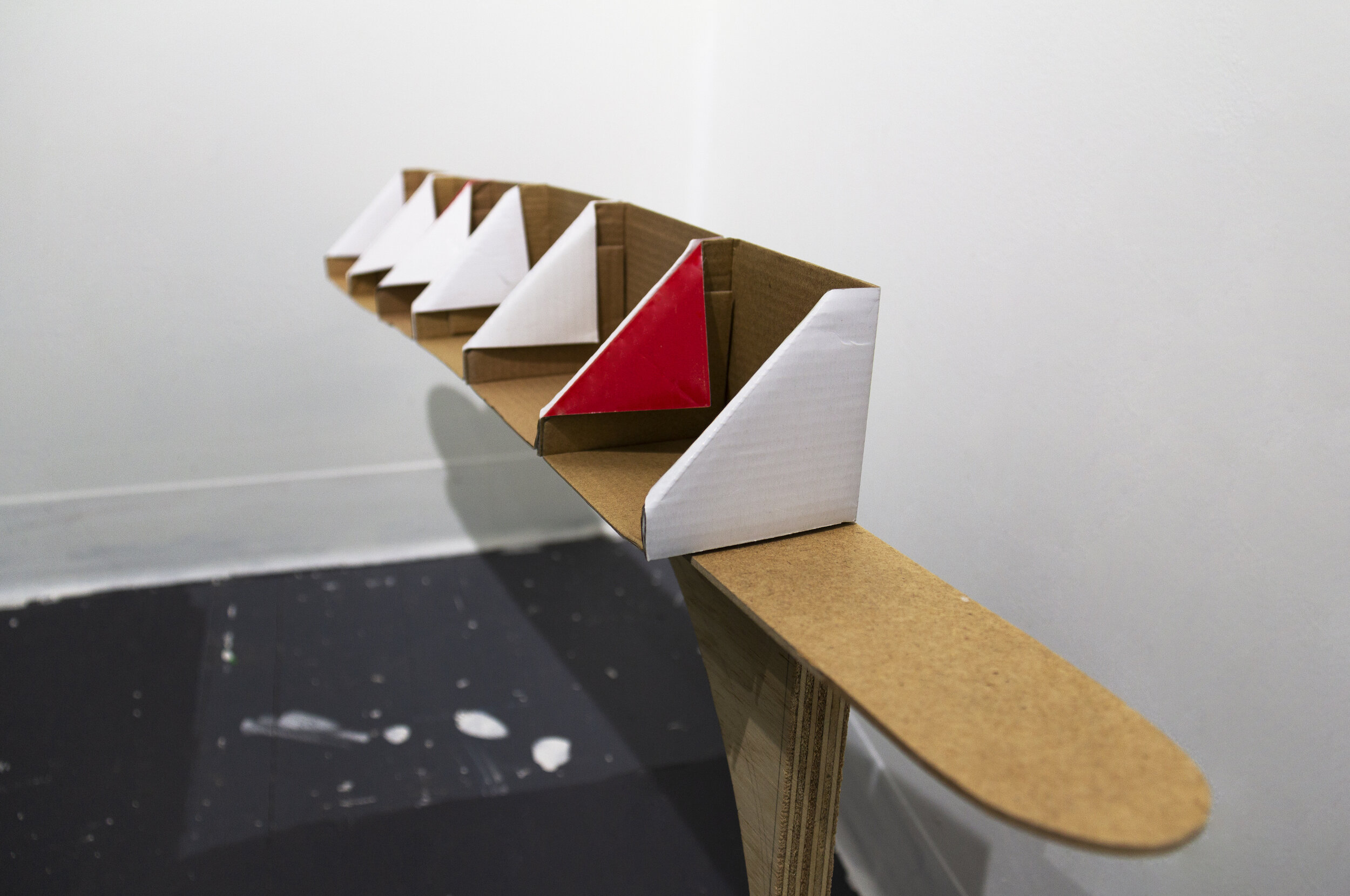
The widow’s lot, used cardboard photo frame corners, found mirror backing and scrap wood, 32 1/8 x 21 2/8 x 3 1/8 inches, 2018.
[1] The karung guni man is the Singapore equivalent of the 19th century rag-and-bone man in the UK, who scavenged unwanted rags, bones, metal, and other waste from the towns and cities where they lived and sold them to merchants. In America, they are called junk men, and in many developing countries, waste pickers. Karung guni are the Malay words for gunny/burlap sack, which was used in the past by Singapore karung guni men to hold the used newspaper they collected for resale.
[2] The attap house is a traditional dwelling named after the attap palm (commonly known as the nipa or mangrove palm), which provides the wattle for the walls, and the leaves with which their roofs are thatched (the craft of building a roof with dry vegetation).



